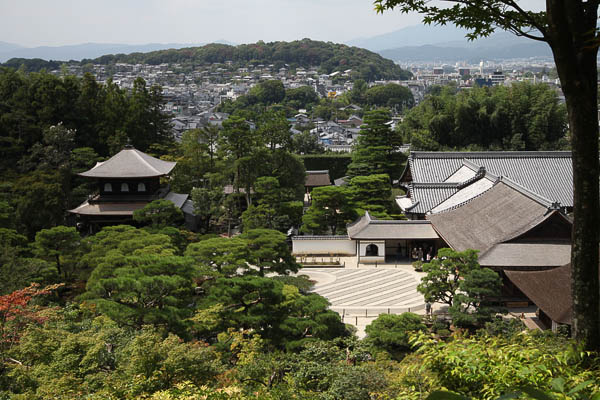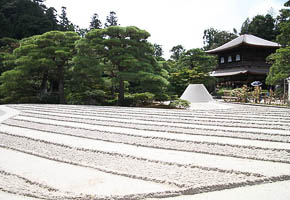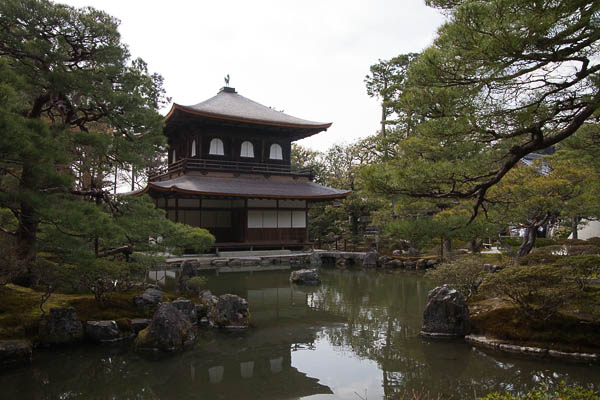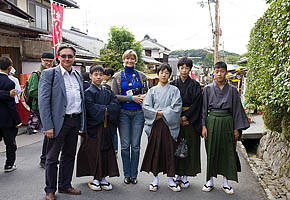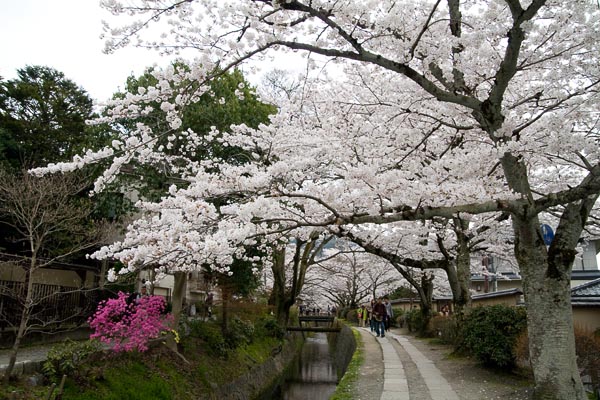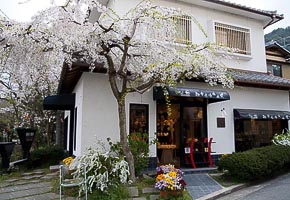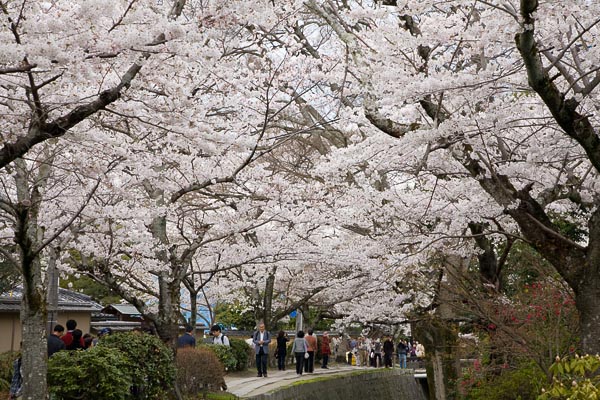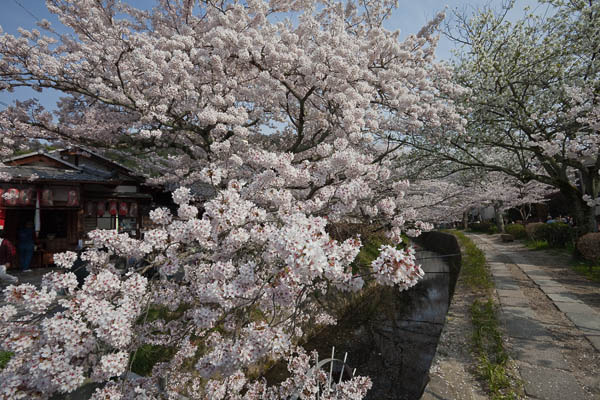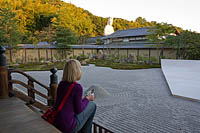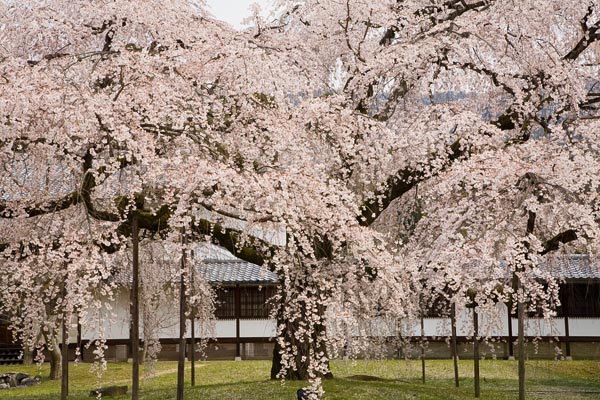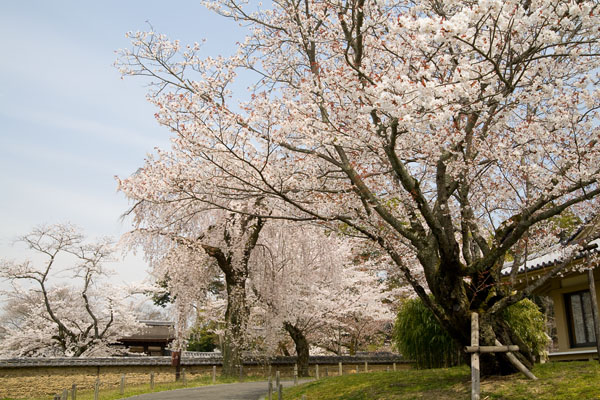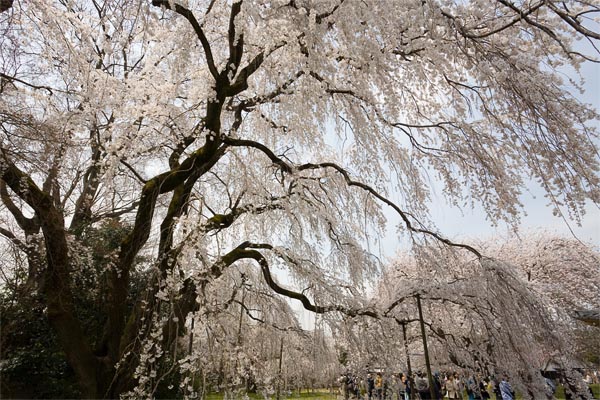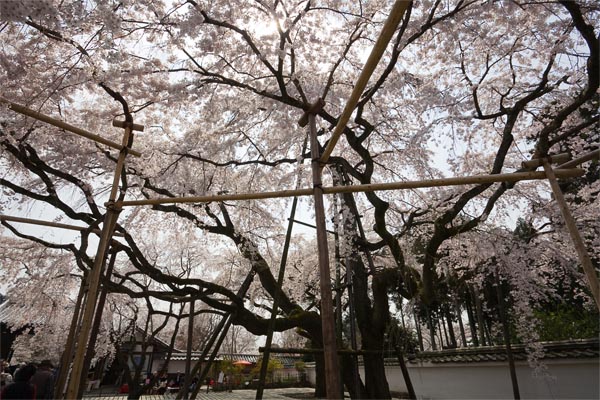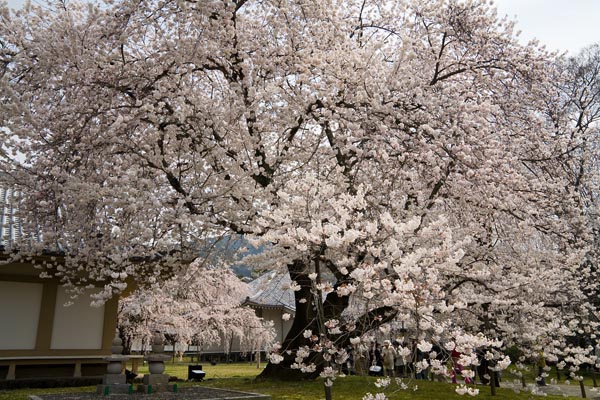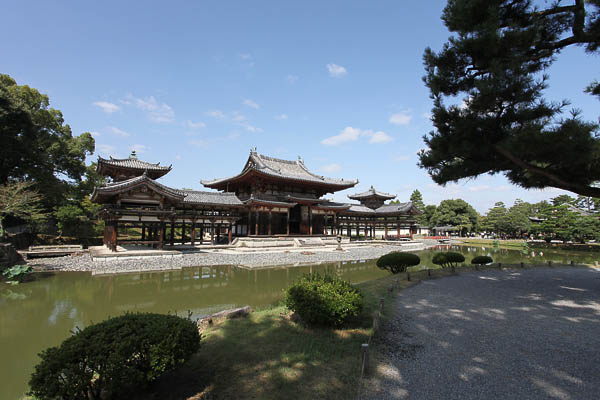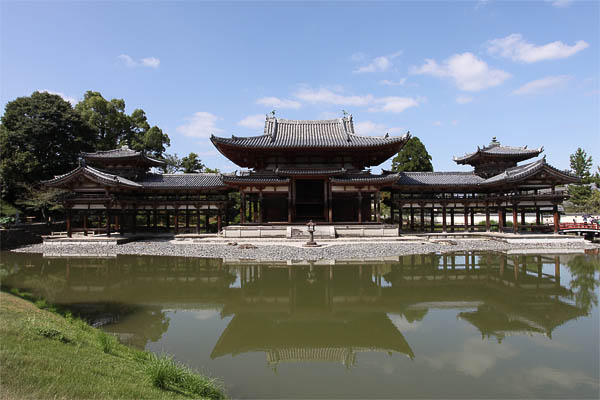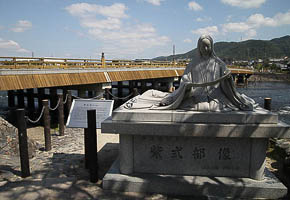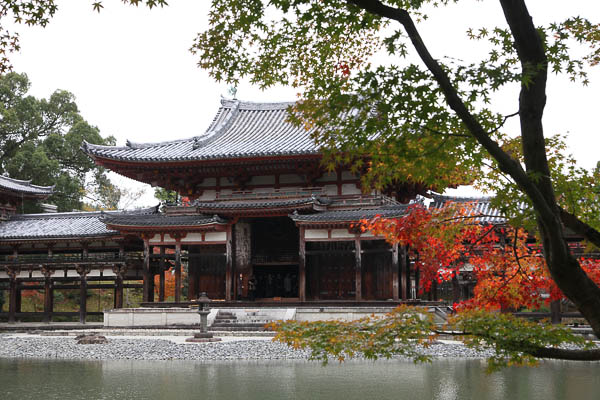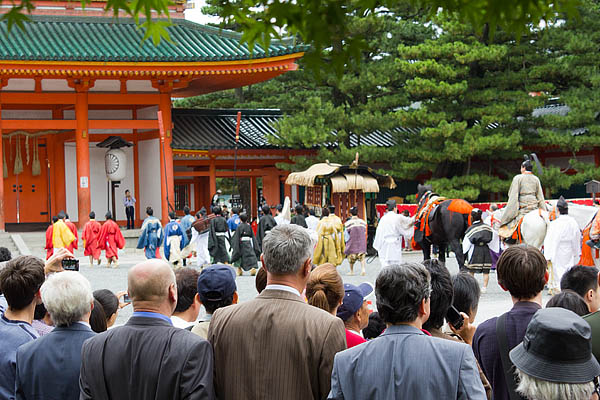 Histrical Festival at Heianjingu Shrine, Kyoto2011-10 (C) Seiji Yoshimoto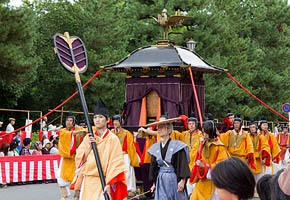 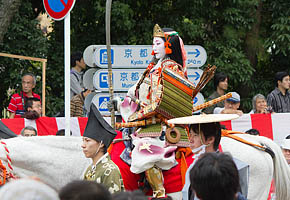 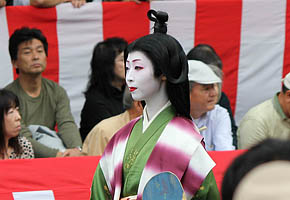 Histrical Festival at Heianjingu Shrine, Kyoto2011-10 (C) Seiji YoshimotoHistrical Festival at Heianjingu Shrine, Kyoto2011-10 (C) Seiji YoshimotoHistrical Festival at Heianjingu Shrine, Kyoto2011-10 (C) Seiji Yoshimoto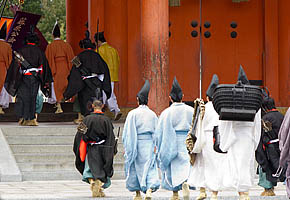 Histrical Festival at Heianjingu Shrine, Kyoto2011-10 (C) Seiji Yoshimoto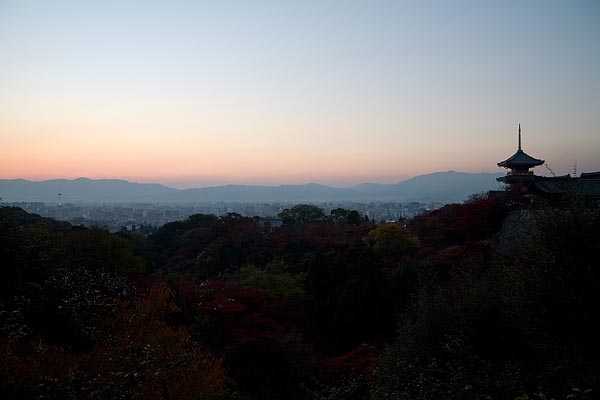 Kyoto City viewed from Kiyomizudera Temple2007-11 (C) Seiji Yoshimoto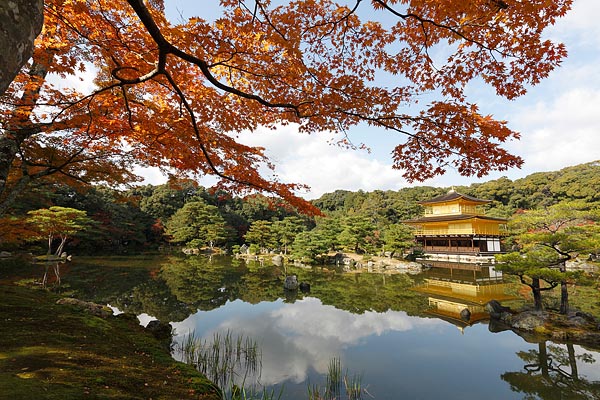 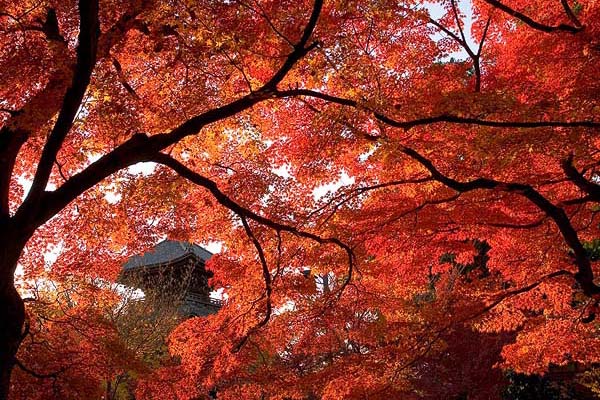 Shinnyodo Temple, Kyoto2005-11 (C) Seiji YoshimotoKinkakuji Temple, Kyoto2007-11 (C) Seiji Yoshimoto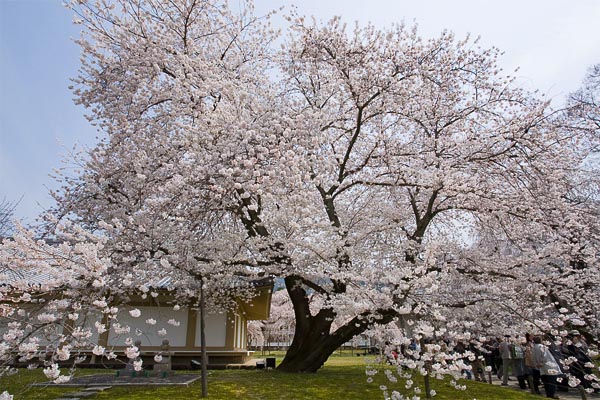 Daigoji Temple, Kyoto2008-04 (C) Seiji Yoshimoto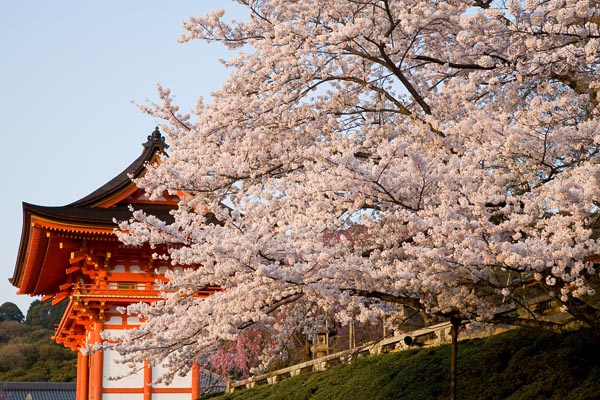 Kiyomizudera Temple, Kyoto2008-04 (C) Seiji Yoshimoto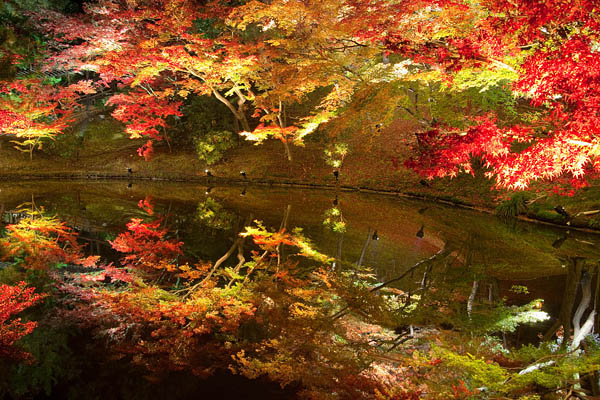 Kodaiji Temple, Kyoto2010-11 (C) Seiji Yoshimoto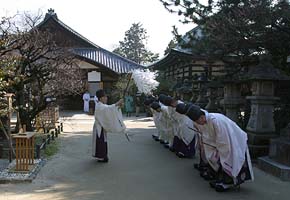 Hiranojinjya Shrine, Kyoto2003-02 (C) Seiji Yoshimoto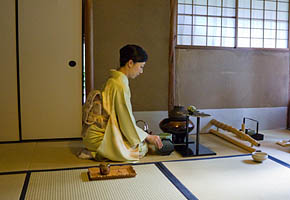 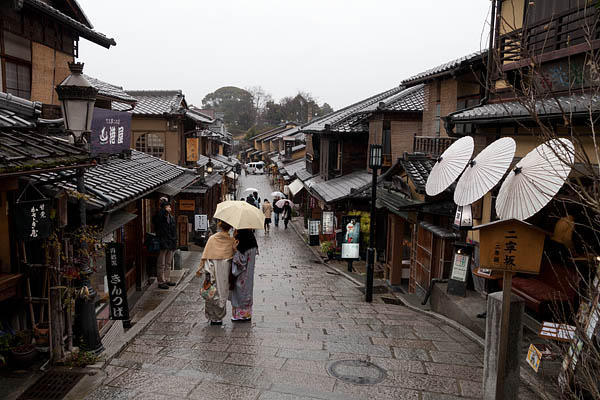 Ninenzaka, Kyoto2012-02 (C) Seiji Yoshimoto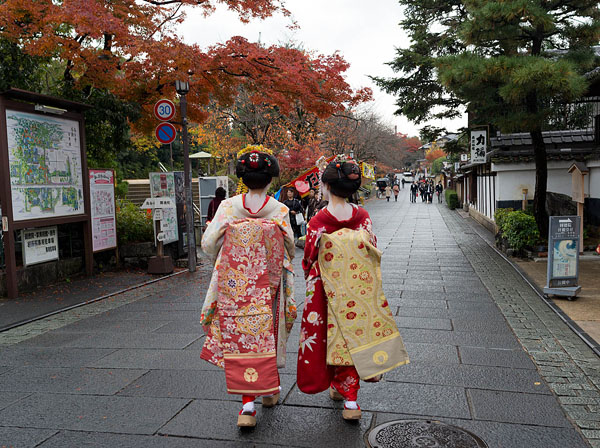 Near Kodaiji, Kyoto2013-04 (C) Seiji YoshimotoNear Kodaiji, Kyoto2012-11 (C) Seiji Yoshimoto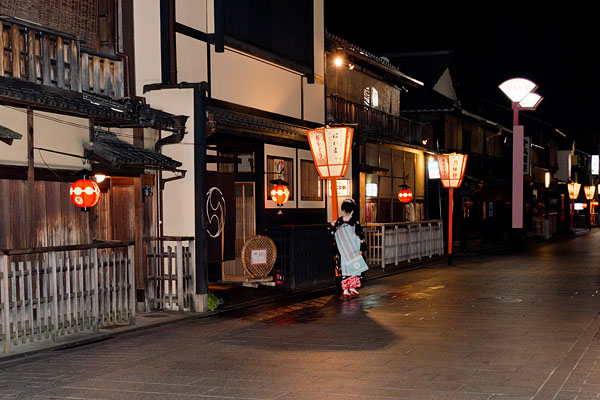 Gion Kyoto2013-04 (C) Seiji Yoshimoto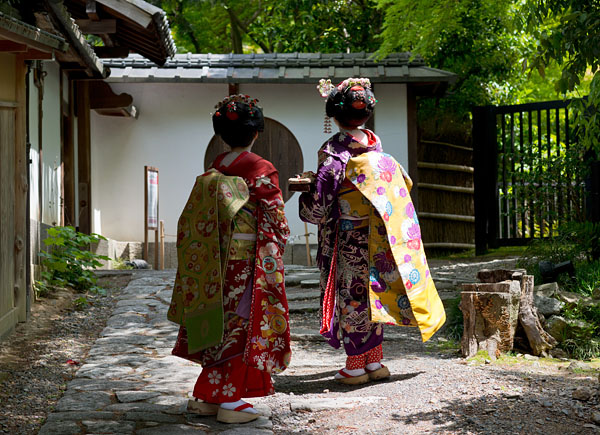 Jidai-Matsuri (Histrical Festival) |
KyotoKyoto was the capital and cultural center of Japan for over 1,200 years, founded in 794. Today Kyoto is one of largest cities in Japan with a population of 1.4 million people and also has a modern face. It is really unique and gives the visitor an exquisite taste of traditional culture and atmosphere which no other place in the world can provide. About 20% of Japan's National Treasures and 14% of Important Cultural Propertiews exist in the city
|
|||||||||||||||||||||||
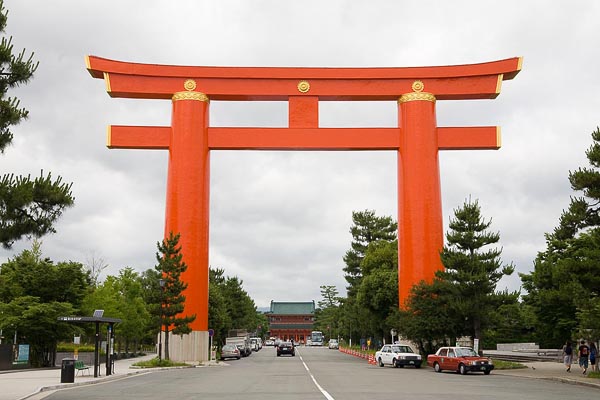 Heianjingu Shrine, Kyoto2008-06 (C) Seiji Yoshimoto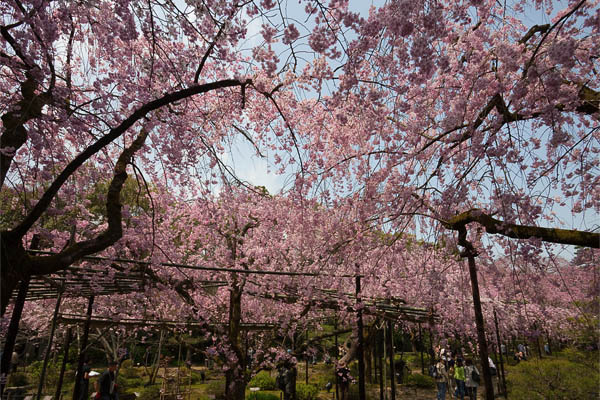 Heianjingu Shrine, Kyoto2010-04 (C) Seiji Yoshimoto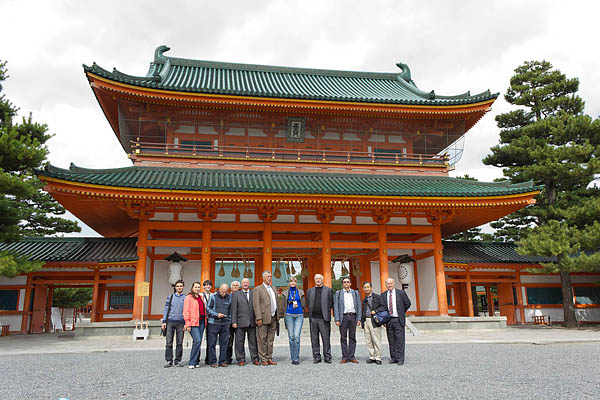 Heianjingu Shrine, Kyoto2011-10 (C) Seiji Yoshimoto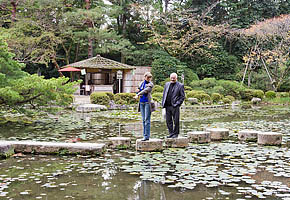 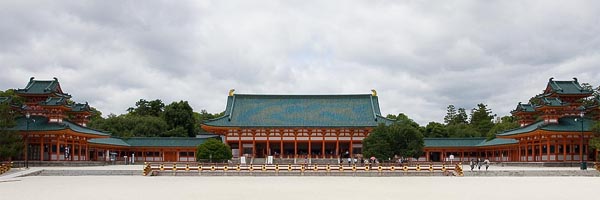 Heianjingu Shrine, Kyoto2008-06 (C) Seiji Yoshimoto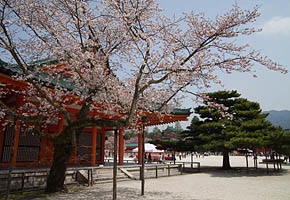 Heianjingu Shrine, Kyoto2010-04 (C) Seiji Yoshimoto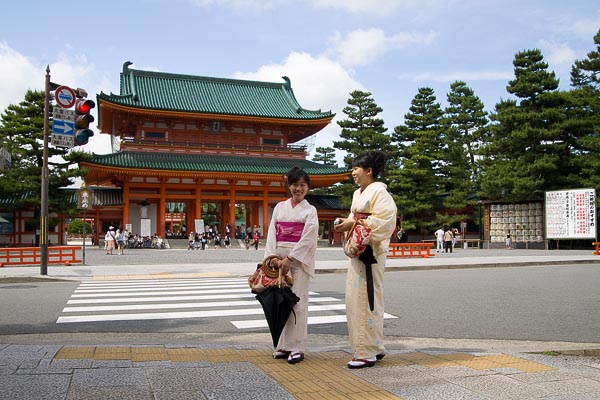 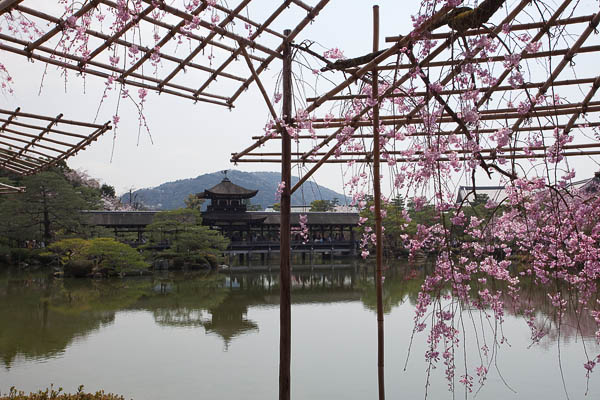 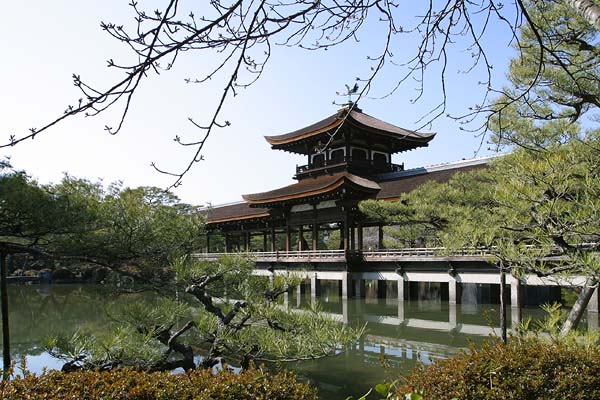 Heianjingu Shrine, Kyoto2003-02 (C) Seiji YoshimotoHeianjingu Shrine, Kyoto2008-06 (C) Seiji Yoshimoto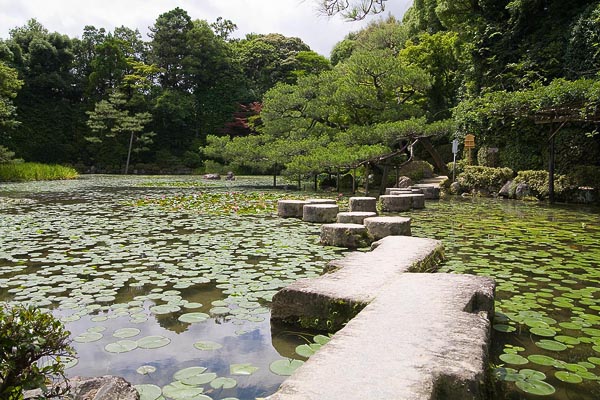 Heianjingu Shrine, Kyoto2010-04 (C) Seiji YoshimotoHeianjingu Shrine, Kyoto2008-06 (C) Seiji Yoshimoto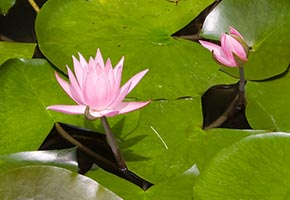 Heianjingu Shrine, Kyoto2008-06 (C) Seiji Yoshimoto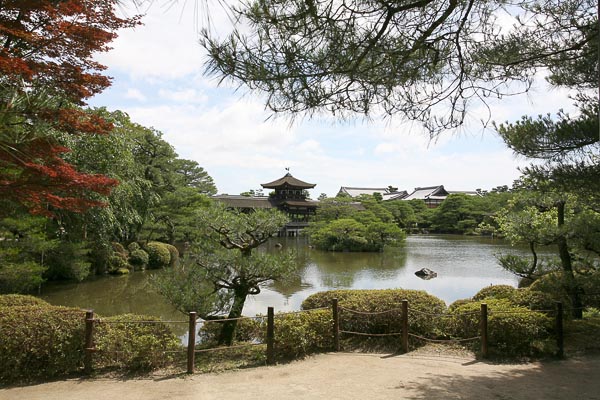 Heianjingu Shrine, Kyoto2011-10 (C) Seiji Yoshimoto |
Heianjingu ShrineHeianjingu was built in 1895 at the 1,100th anniversary of the establishment of Heian Capital in Kyoto. The shrine is said to be a two thirds size replica of the Imperial Palace of the Heian era. There is a extensive Heian-style beautiful Japanese garden with cherry blossom, irises and water lilies behind the main buildings. |
|||||||||||||||||||||||
Ginkakuji TempleGinkakuji (Silver Pavilion, also called Jishoji) is a Zen temple at the foot of eastern mountains in Kyoto. It was originally built as a retirement villa for shogun Ashikaga Yoshimasa and was modified to a temple after his death in 1490. Special cares were taken in the design of the garden in order to appreciate moon light . |
||||||||||||||||||||||||
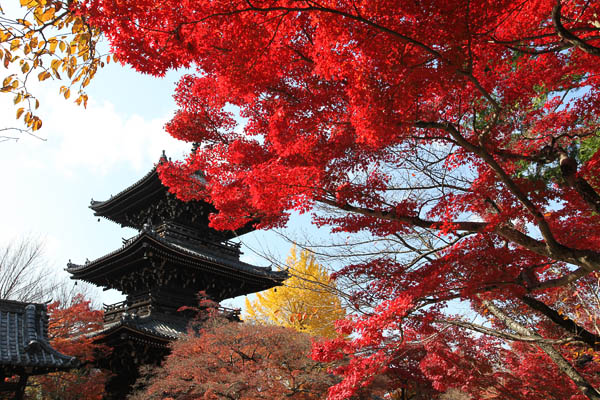 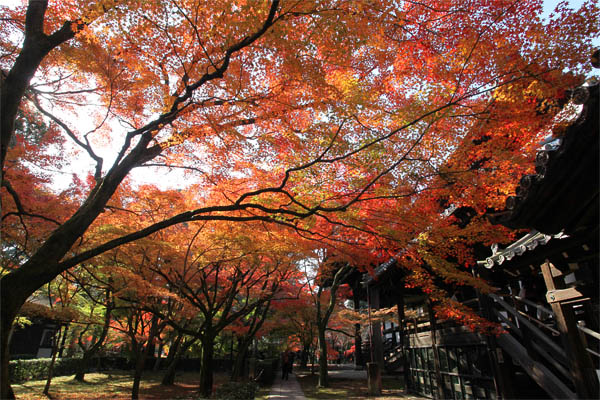 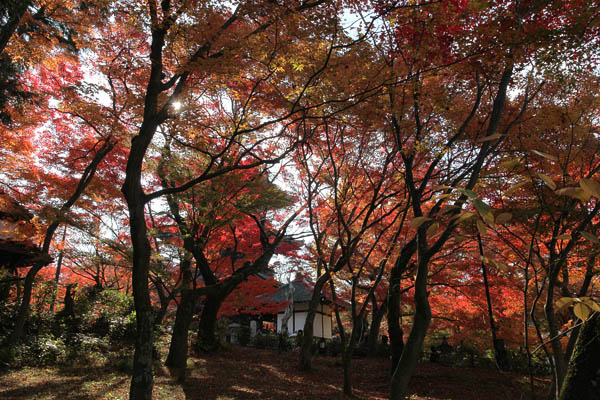 Sinnyodo Temple, Kyoto2010-11 (C) Seiji YoshimotoShinnyodo Temple, Kyoto2005-11 (C) Seiji Yoshimoto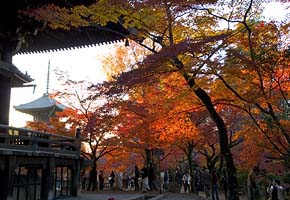 Sinnyodo Temple, Kyoto2010-11 (C) Seiji YoshimotoSinnyodo Temple, Kyoto2010-11 (C) Seiji YoshimotoSinnyodo Temple, Kyoto2010-11 (C) Seiji YoshimotoSinnyodo Temple, Kyoto2010-11 (C) Seiji Yoshimoto 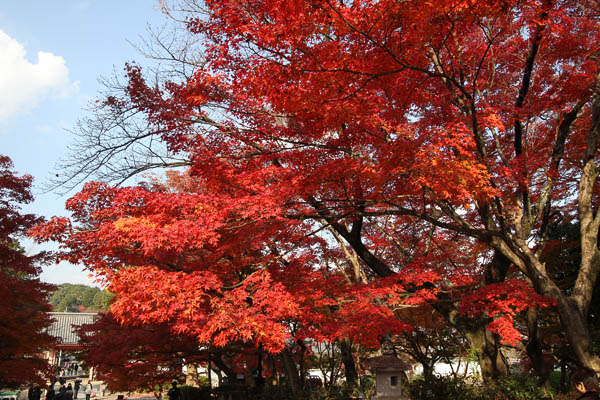 |
Sinnyodo Templewas founded in 984 by Kaisan Shonin. It is located north of Kyoto on mount Yoshida. |
|||||||||||||||||||||||
Tetsugaku no Michi (Philosopher's Walk)is a cherry tree lined scenic footpath besides a canal that runs from near Nanzenji to Ginkakuji. |
||||||||||||||||||||||||
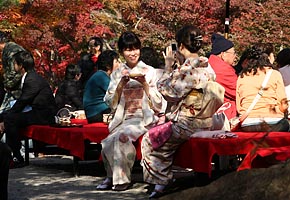 Eikando Temple, Kyoto2007-11 (C) Seiji Yoshimoto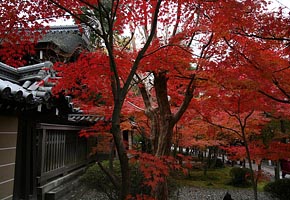 Eikando Temple, Kyoto2006-11 (C) Seiji YoshimotoEikando Temple, Kyoto2010-11 (C) Seiji Yoshimoto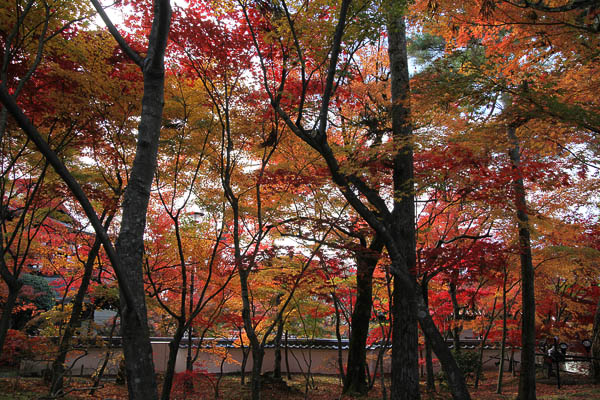 Eikando Temple, Kyoto2010-11 (C) Seiji YoshimotoEikando Temple, Kyoto2010-11 (C) Seiji YoshimotoEikando Temple, Kyoto2010-11 (C) Seiji Yoshimoto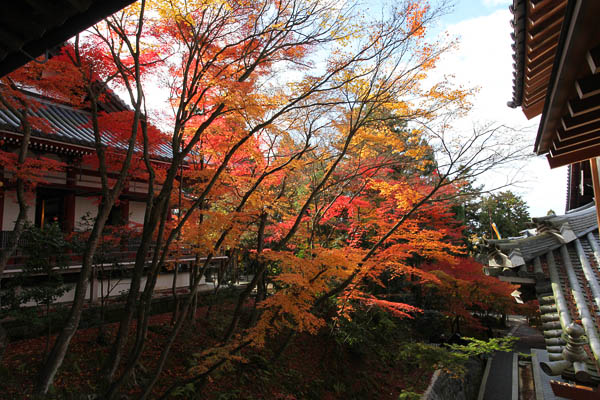 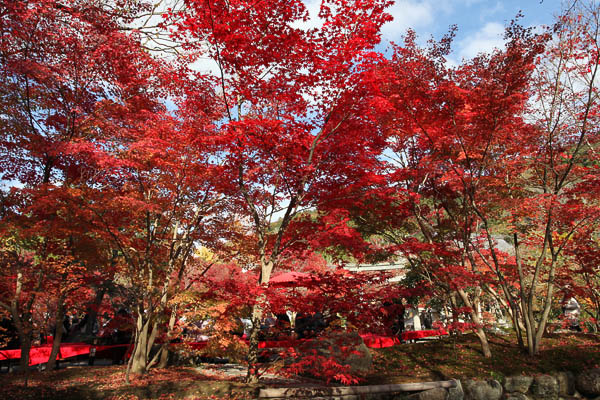 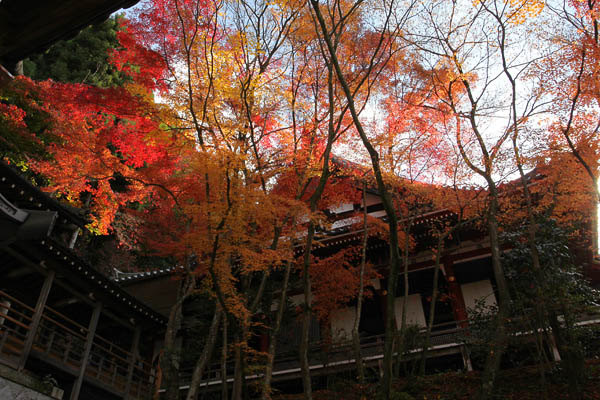 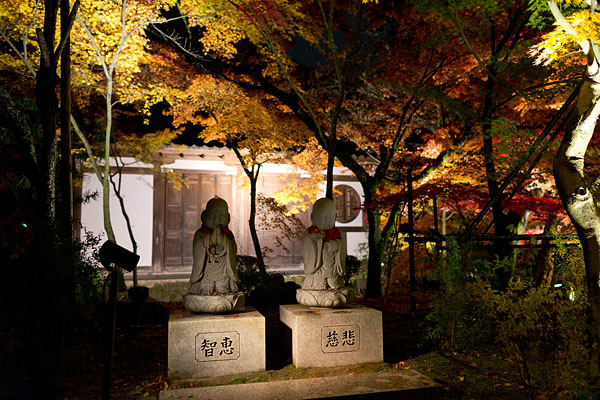 Eikando Temple, Kyoto2012-11 (C) Seiji Yoshimoto |
Eikando Templewas founded in 863. Eikando is well known of its garden with many maple trees. |
|||||||||||||||||||||||
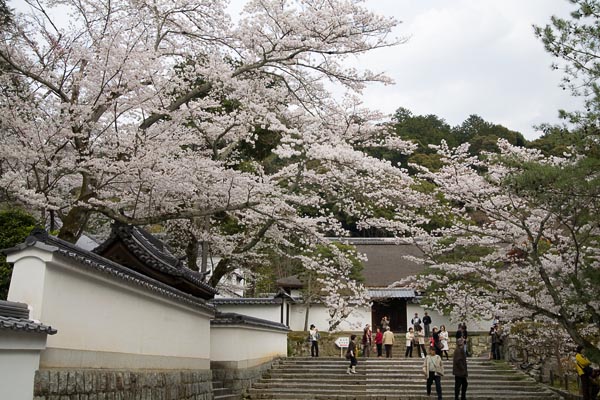 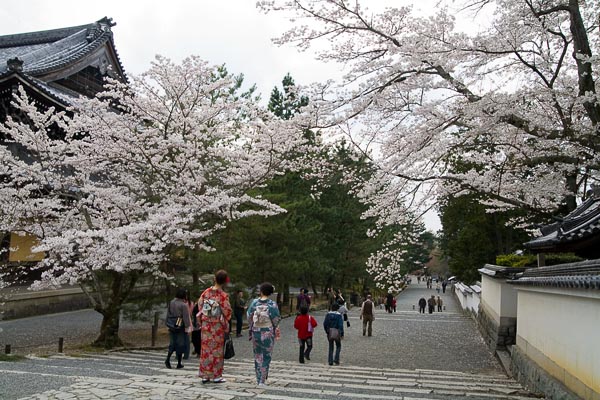 Nanzenji Temple, Kyoto2008-04 (C) Seiji YoshimotoNanzenji Temple, Kyoto2008-04 (C) Seiji Yoshimoto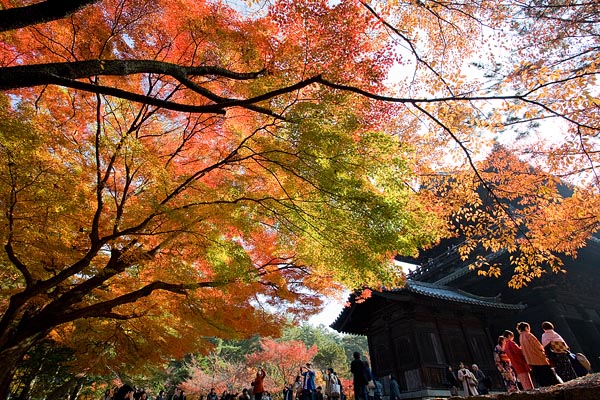 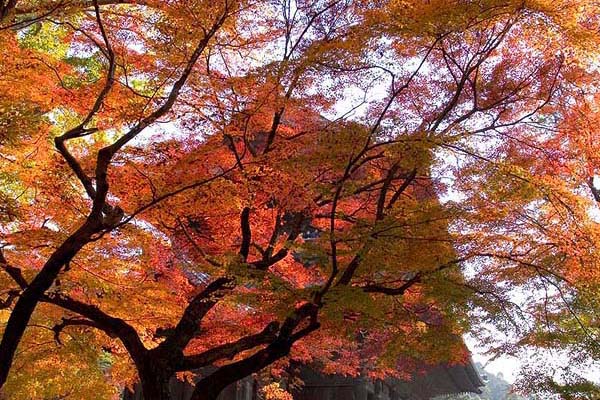 Nanzenji Temple, Kyoto2006-11 (C) Seiji YoshimotoNanzenji Temple, Kyoto2007-11 (C) Seiji Yoshimoto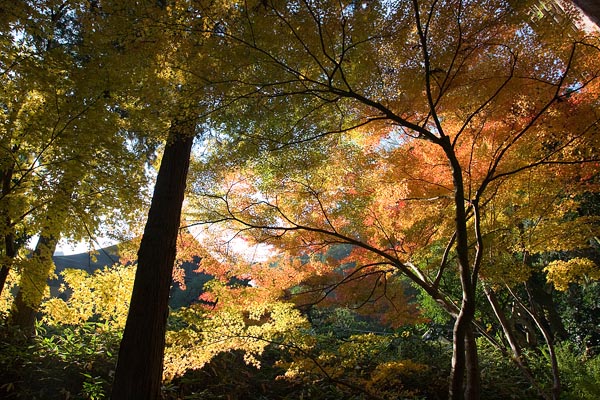 Nanzenji Temple, Kyoto2007-11 (C) Seiji Yoshimoto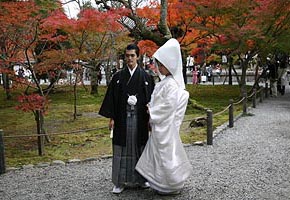 Nanzenji Temple, Kyoto2006-11 (C) Seiji Yoshimoto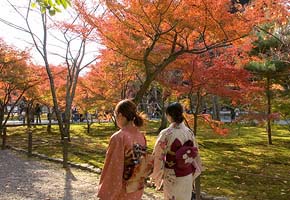 Nanzenji Temple, Kyoto2005-11 (C) Seiji Yoshimoto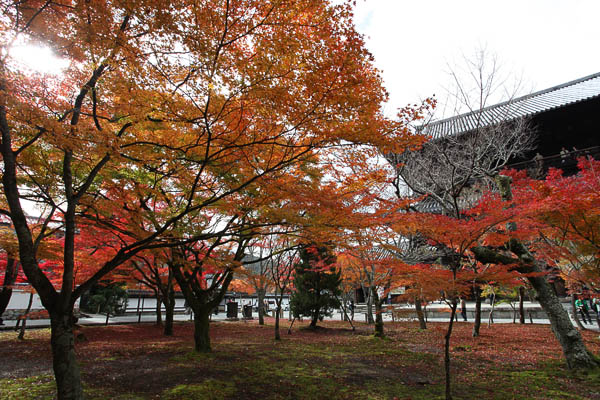 Nanzenji Temple, Kyoto2010-11 (C) Seiji Yoshimoto |
Nanzenj Templewas first built as an imperial villa in 1264 by Emperor Kameyama, and became a Zen temple in 1291. It is one of Five Great Zen Temples in Kyoto. |
|||||||||||||||||||||||
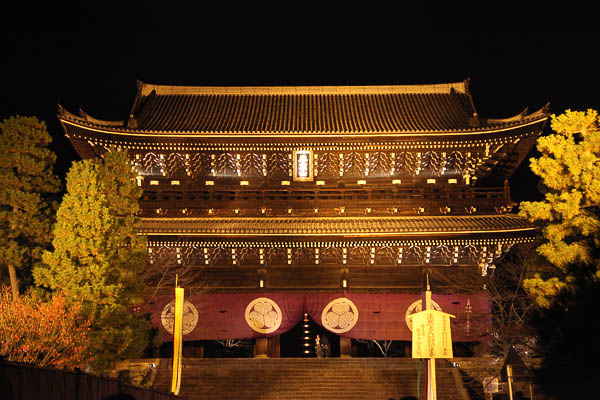 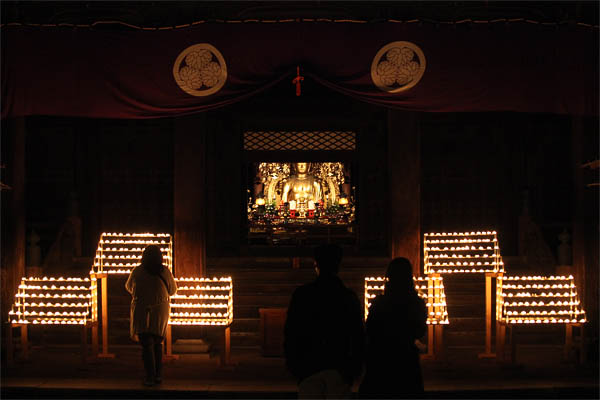 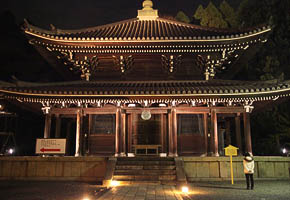 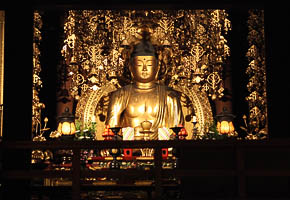 Chion-in Temple, Kyoto2010-11 (C) Seiji Yoshimoto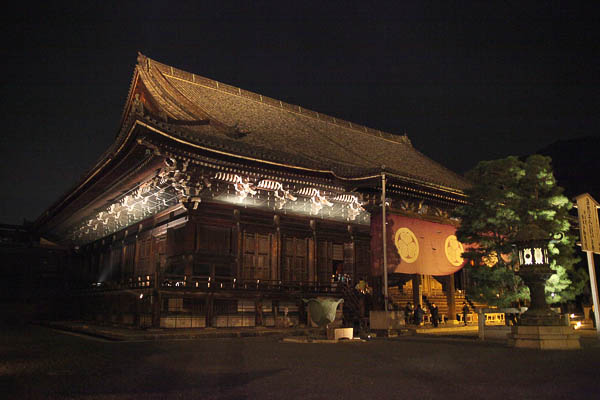 Chion-in Temple, Kyoto2010-11 (C) Seiji YoshimotoChion-in Temple, Kyoto2010-11 (C) Seiji YoshimotoChion-in Temple, Kyoto2010-11 (C) Seiji YoshimotoChion-in Temple, Kyoto2010-11 (C) Seiji YoshimotoChion-in Temple, Kyoto2010-11 (C) Seiji Yoshimoto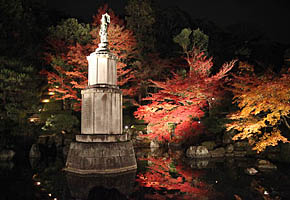 |
Chion-in Templewas built in 1234 by Hōnen's disciple, Genchi in memory of his master. It is the headquarters of the Jodo Shu (Pure Land Sect) founded by Hōnen. |
|||||||||||||||||||||||
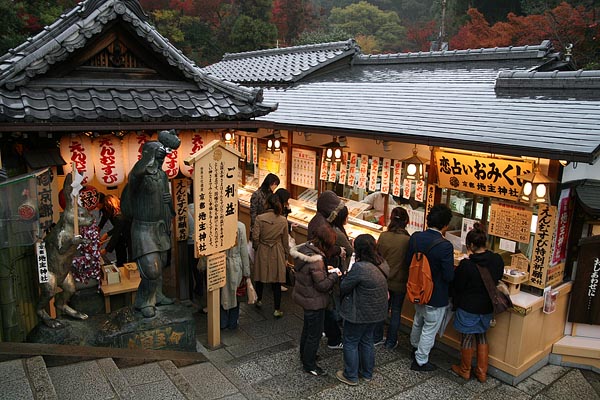 Jishujinjya Shrine, Kyoto2006-11 (C) Seiji Yoshimoto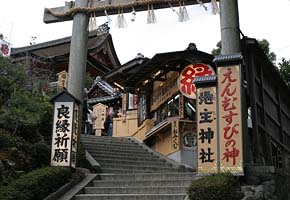 Jishujinjya Shrine, Kyoto2004-12 (C) Seiji YoshimotoJishujinjya Shrine, Kyoto2007-06 (C) Seiji Yoshimoto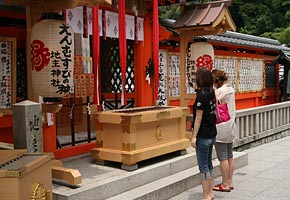 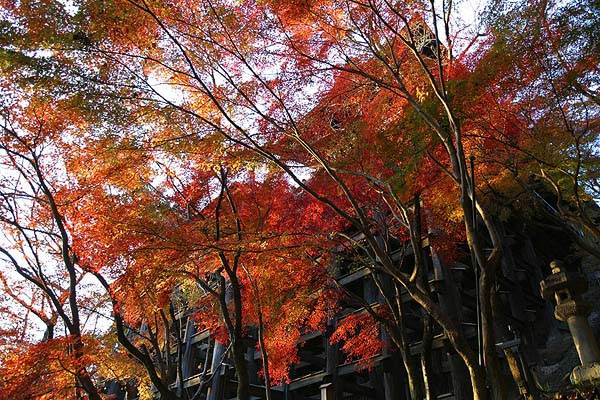 Kiyomizudera Temple, Kyoto2002-11 (C) Seiji YoshimotoKiyomizudera Temple, Kyoto2002-11 (C) Seiji Yoshimoto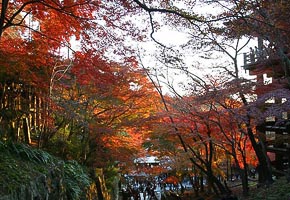 Kiyomizudera Temple, Kyoto2006-11 (C) Seiji Yoshimoto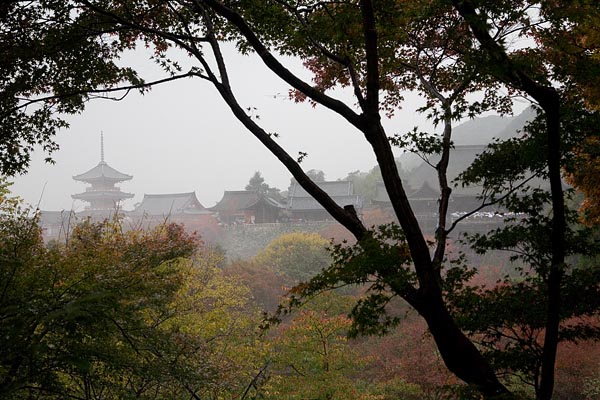 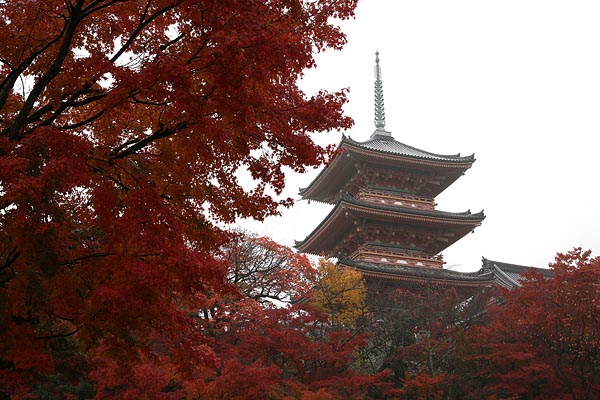 Kiyomizudera Temple, Kyoto2006-11 (C) Seiji Yoshimoto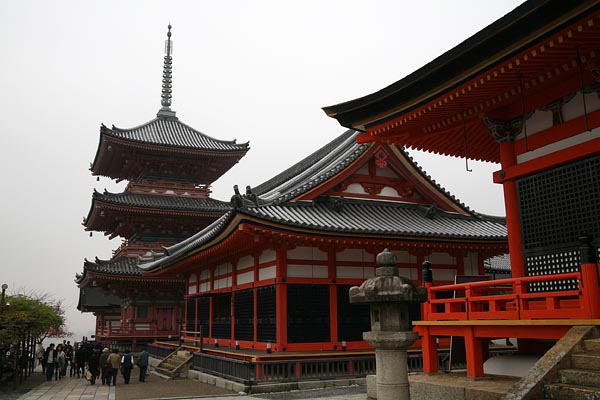 Kiyomizudera Temple, Kyoto2006-11 (C) Seiji Yoshimoto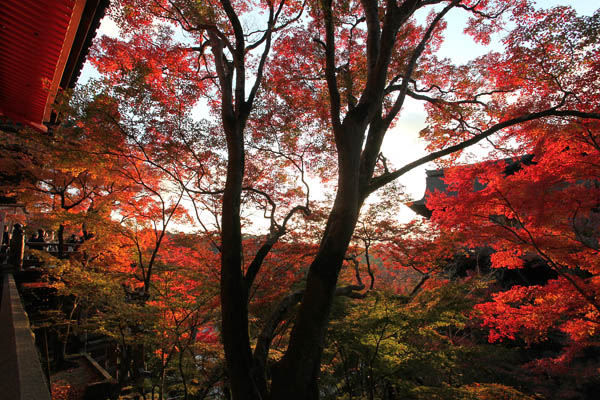 Kiyomizudera Temple, Kyoto2010-11 (C) Seiji Yoshimoto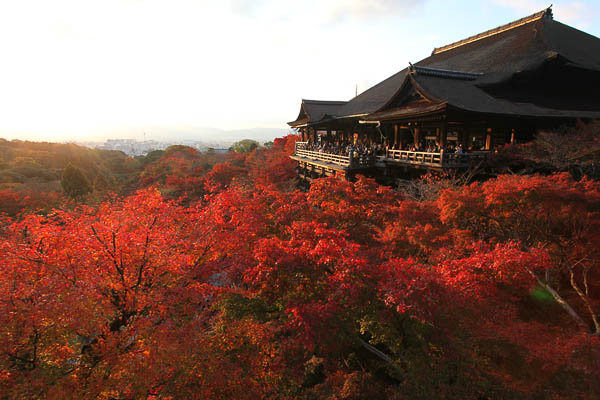 Kiyomizudera Temple, Kyoto2010-11 (C) Seiji Yoshimoto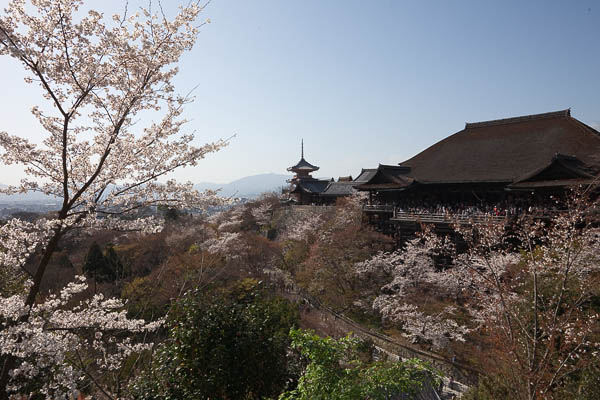 Kiyomizudera Temple, Kyoto2007-06 (C) Seiji Yoshimoto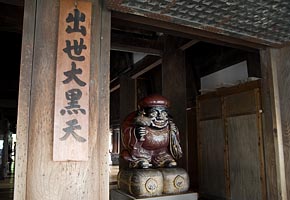 Kiyomizudera Temple, Kyoto2006-11 (C) Seiji Yoshimoto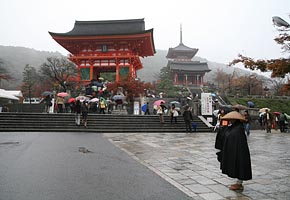 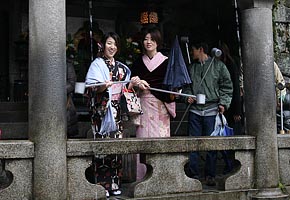 Kiyomizudera Temple, Kyoto2006-11 (C) Seiji YoshimotoKiyomizudera Temple, Kyoto2008-04 (C) Seiji Yoshimoto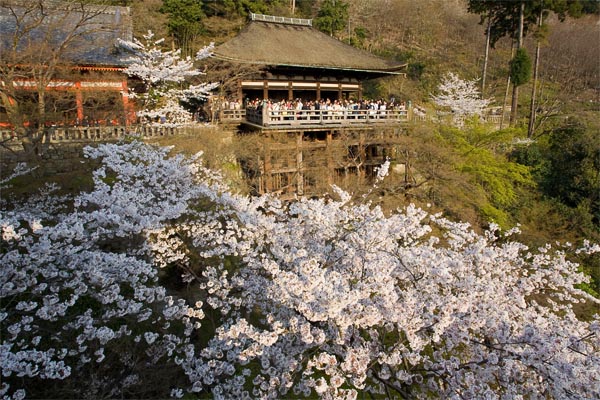 Kiyomizudera Temple, Kyoto2010-04 (C) Seiji Yoshimoto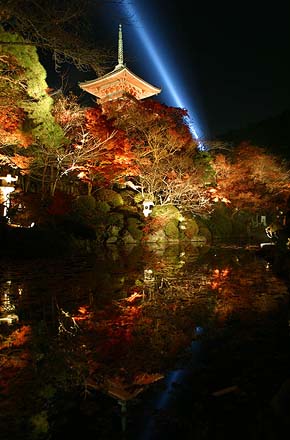 Kiyomizudera Temple Night View, Kyoto2002-11 (C) Seiji YoshimotoJishu-jinjya Shirine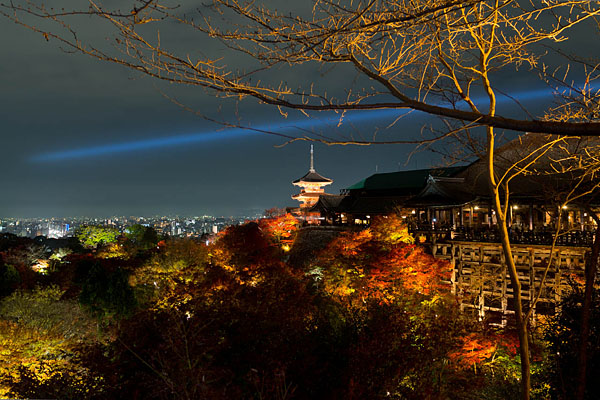 Kiyomizudera Temple Night View, Kyoto2012-11 (C) Seiji Yoshimoto |
Kiyomizudera TempleKiyomizudera (Pure Water Temple) is one of the most well-known Buddhist temples in Japan. It is a large temple, covering a wide area of 130,000 square meters. The temple was founded in 780, but the present buildings were constructed in 1633. Shinto Shrine in Buddhism TempleThe temple complex contains a small Shinto shrine, Jishu-jinja, dedicated to Okuninushino-Mikoto, a God of love and "good matches".
Shinto is a Japanese original religion respecting 880 Gods; actually it is a kind of natural worship. Buddhism came to Japan through China in 6th century. Both religions have been influencing Japanese deeply.
Both religions do not insist people to believe in single God with absolute power. So Japanese are generally quite flexible to religions. People enjoy Christmas (Christmas Christians), visit Shinto shrines to celebrate happy New Year (happy occasions) and go to Buddhism temples for funeral (sad occasions). So Shinto shines sometimes can be seen in Buddhism temple complexes. Red maple leaves in late November, with the hillside lit up in the evening... |
|||||||||||||||||||||||
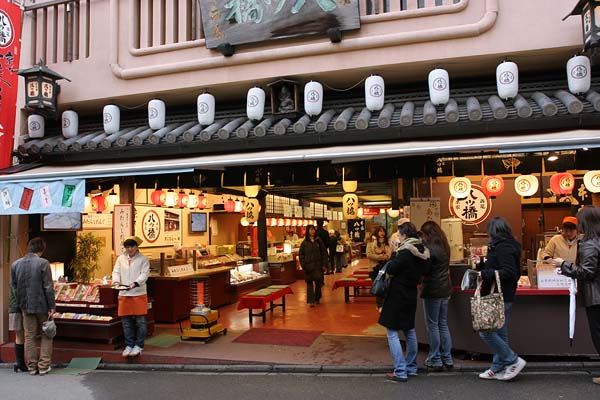 Traditional Souvenir Shop on Kiyomizuzaka, Kyoto2004-12 (C) Seiji Yoshimoto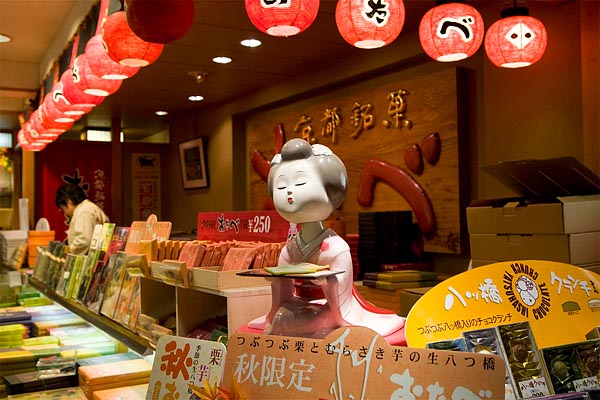 Traditional Souvenir Shop on Kiyomizuzaka, Kyoto2007-11 (C) Seiji Yoshimoto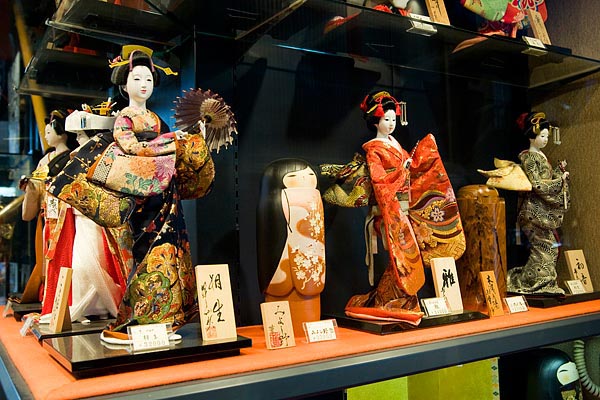 Kyou-ningyou Souvenir on Kiyomizuzaka, Kyoto2007-11 (C) Seiji Yoshimoto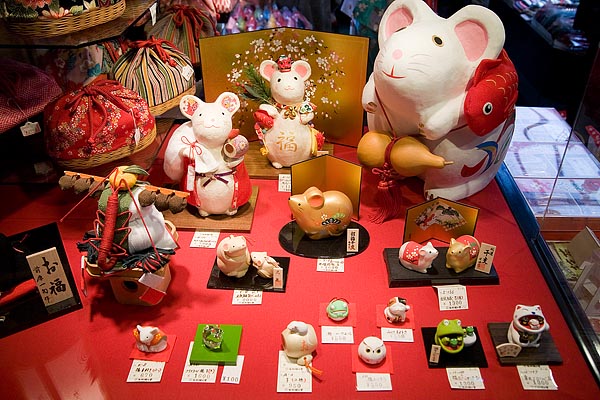 Souvenir Shop on Kiyomizuzaka, Kyoto2007-11 (C) Seiji YoshimotoAt Hichimiya on Kiyomizuzaka, Kyoto2007-11 (C) Seiji YoshimotoKiyomizuyaki Shop on Kiyomizuzaka, Kyoto2004-12 (C) Seiji YoshimotoAt Kiyomizuzaka, Kyoto2007-06 (C) Seiji Yoshimoto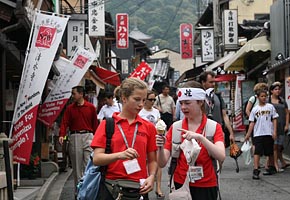 Shibazuke Shop on Kiyomizuzaka, Kyoto2004-12 (C) Seiji Yoshimoto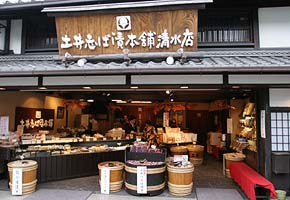 Souvenir Shop on Kiyomizuzaka, Kyoto2004-12 (C) Seiji Yoshimoto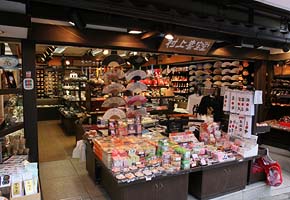 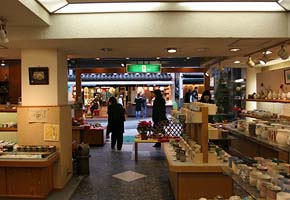 Souvenir Shop on Kiyomizuzaka, Kyoto2005-11 (C) Seiji YoshimotoSouvenir Shop on Kiyomizuzaka, Kyoto2005-11 (C) Seiji Yoshimoto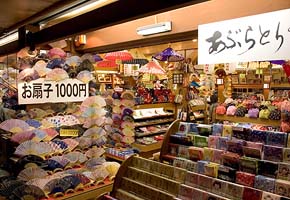 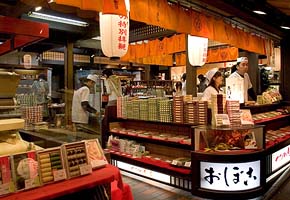 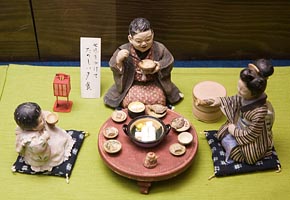 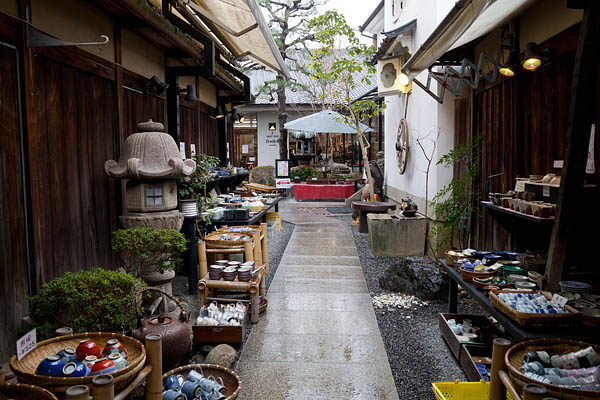 Souvenir Shop on Kiyomizuzaka, Kyoto2012-02 (C) Seiji Yoshimoto |
Souvenir Shops on KiyomizuzakaThe approach to the Kiyomizudera temple is along the steep and busy lanes on Kiyomizuzaka. Kyo Sensu (traditional Japanese folding fan) are known for their elegant form. |
|||||||||||||||||||||||
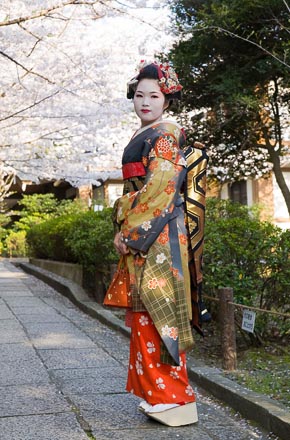 Near Sanneizaka, Kyoto2008-04 (C) Seiji Yoshimoto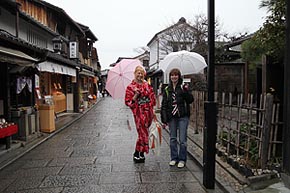 Near Sanneizaka, Kyoto2012-02 (C) Seiji Yoshimoto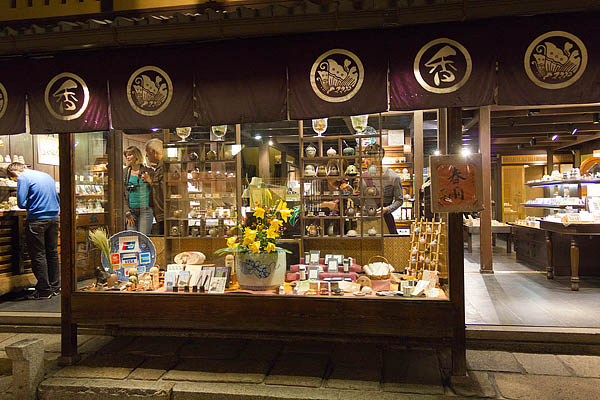 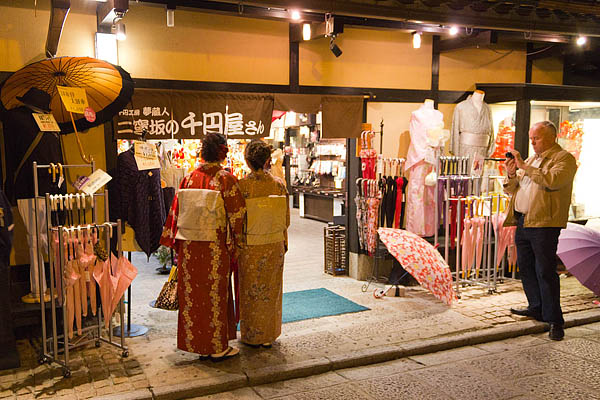 Souvenir Shop on Ninenzaka, Kyoto2010-11 (C) Seiji YoshimotoSouvenir Shop on Ninenzaka, Kyoto2010-11 (C) Seiji YoshimotoSouvenir Shop on Ninenzaka, Kyoto2010-11 (C) Seiji YoshimotoSouvenir Shop on Ninenzaka, Kyoto2010-11 (C) Seiji Yoshimoto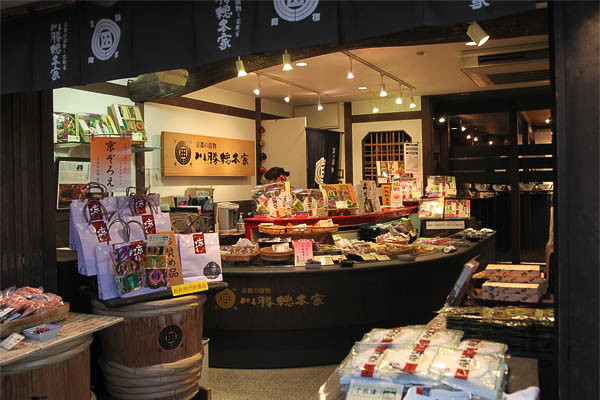 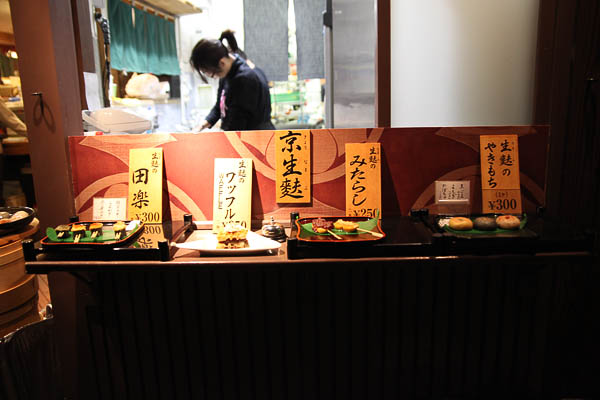 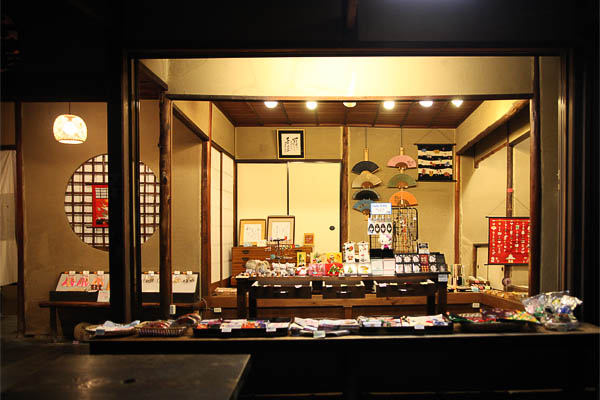 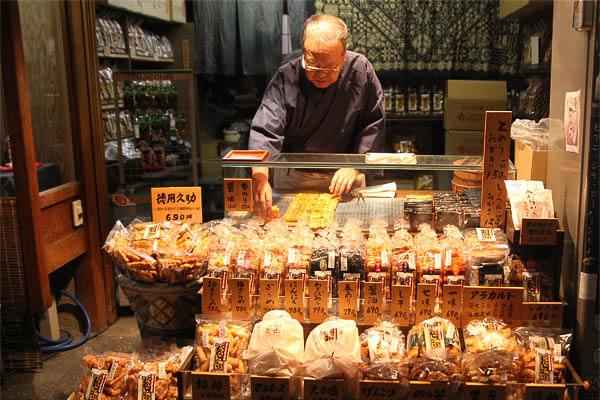 Souvenir Shop on Ninenzaka, Kyoto2011-10 (C) Seiji YoshimotoSouvenir Shop on Ninenzaka, Kyoto2011-10 (C) Seiji YoshimotoOn Sanneizaka, Kyoto2010-04 (C) Seiji Yoshimoto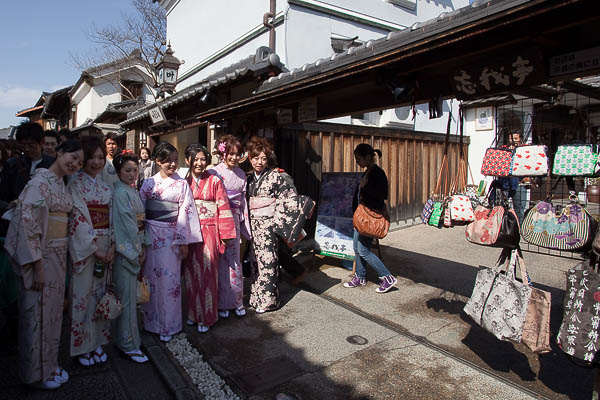 On Sanneizaka, Kyoto2010-11 (C) Seiji YoshimotoSouvenir Shop near Sanneizaka, Kyoto2008-11 (C) Seiji Yoshimoto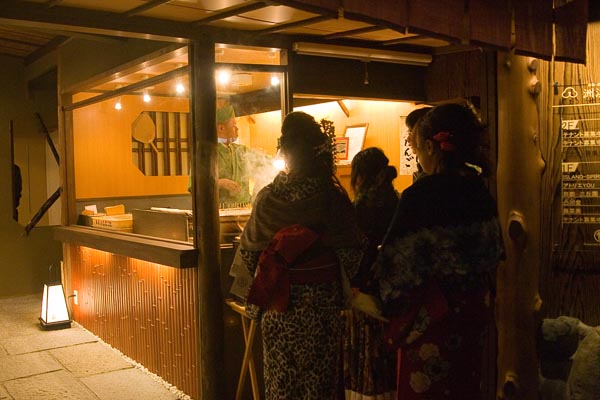 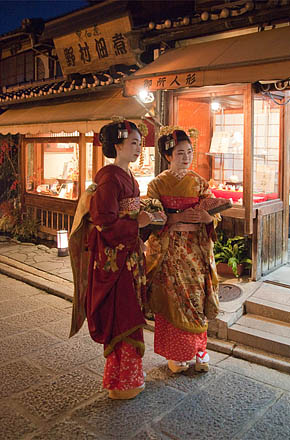 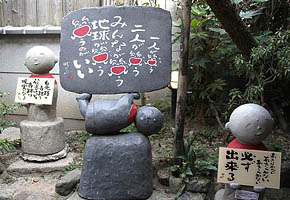 Souvenir Shop on Ninenzaka, Kyoto2009-09 (C) Seiji YoshimotoSouvenir Shop on Ninenzaka, Kyoto2007-11 (C) Seiji Yoshimoto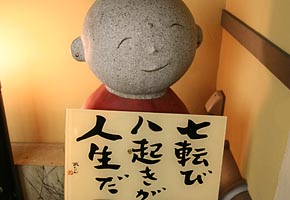 Souvenir Shop on Ninenzaka, Kyoto2010-11 (C) Seiji Yoshimoto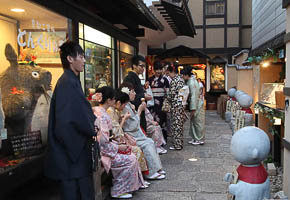 Souvenir Shop near Sanneizaka, Kyoto2008-11 (C) Seiji YoshimotoSouvenir Shop near Sanneizaka, Kyoto2010-11 (C) Seiji YoshimotoSouvenir Shop near Sanneizaka, Kyoto2007-11 (C) Seiji YoshimotoCoffee Shop near Sanneizaka, Kyoto2007-11 (C) Seiji Yoshimoto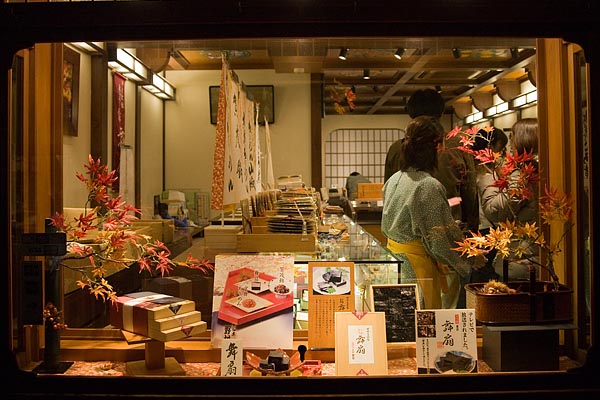 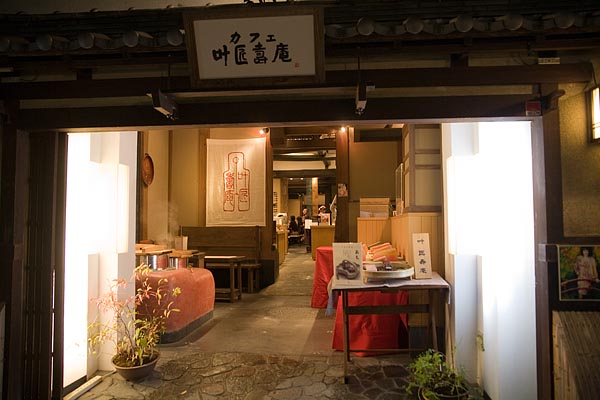 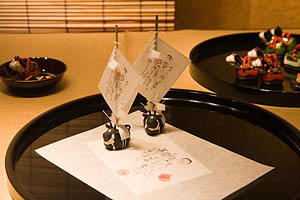 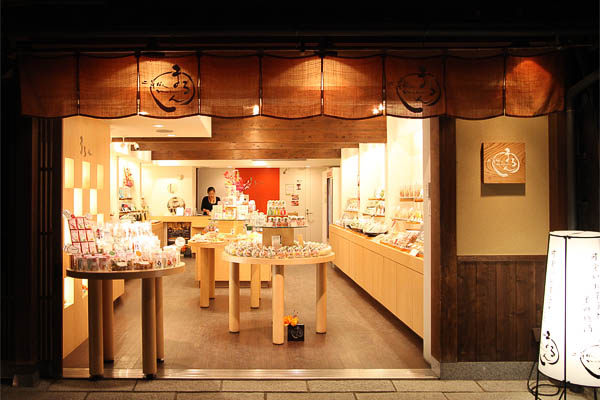 Souvenir Shop, Kyoto2005-11 (C) Seiji Yoshimoto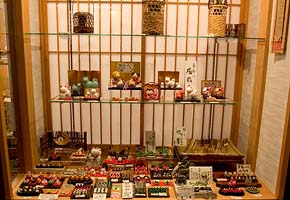 Souvenir Shop, Kyoto2005-11 (C) Seiji Yoshimoto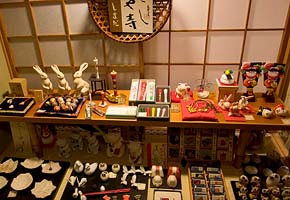 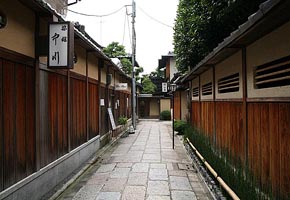 At Sanneizaka, Kyoto2007-06 (C) Seiji Yoshimoto 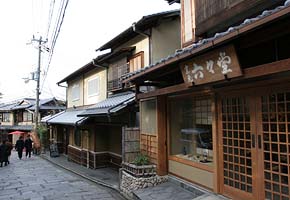 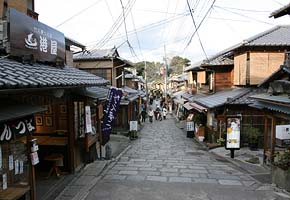 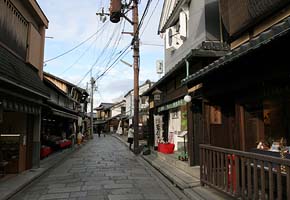 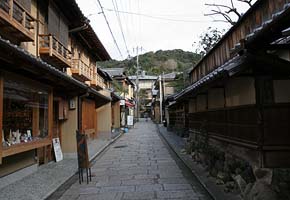 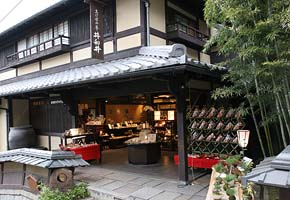 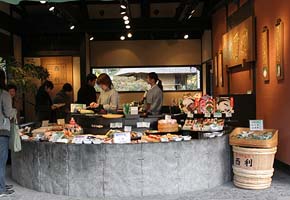 Ninenzaka, Kyoto2004-12 (C) Seiji YoshimotoNinenzaka, Kyoto2004-12 (C) Seiji YoshimotoNinenzaka, Kyoto2004-12 (C) Seiji YoshimotoSanneizaka, Kyoto2004-12 (C) Seiji YoshimotoSouvenir Shop, Kyoto2004-12 (C) Seiji YoshimotoStreet around Ninenzaka, Kyoto2004-12 (C) Seiji YoshimotoSouvenir Shop, Kyoto2004-12 (C) Seiji YoshimotoSouvenir Shop at Sanneizaka, Kyoto2004-12 (C) Seiji YoshimotoRestaurant on Sanneizaka, Kyoto2004-12 (C) Seiji YoshimotoSouvenir Shop at Ninenzaka, Kyoto2004-12 (C) Seiji YoshimotoSouvenir Shop, Kyoto2004-12 (C) Seiji YoshimotoNinenzaka, Kyoto2004-12 (C) Seiji Yoshimoto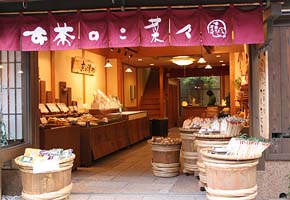 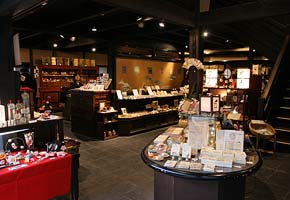 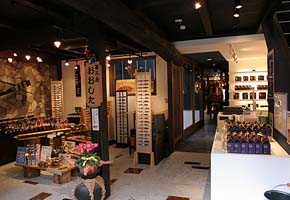 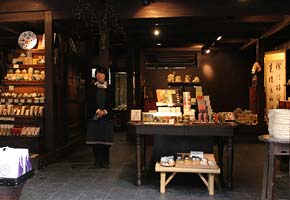 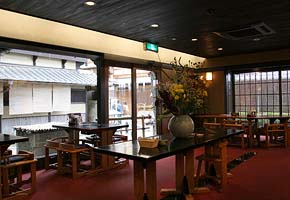 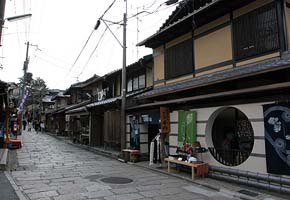 Souvenir Shop, Kyoto2005-11 (C) Seiji YoshimotoSouvenir Shop, Kyoto2005-11 (C) Seiji Yoshimoto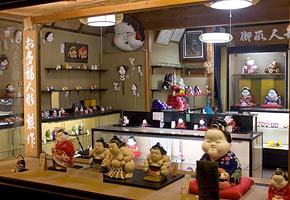 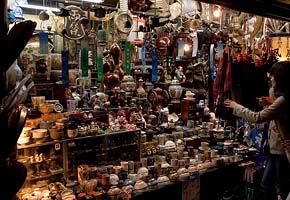 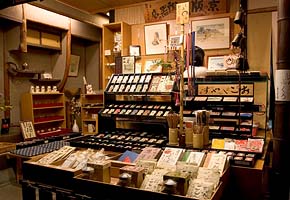 Souvenir Shop, Kyoto2005-11 (C) Seiji YoshimotoNear Ninenzaka, Kyoto2007-06 (C) Seiji Yoshimoto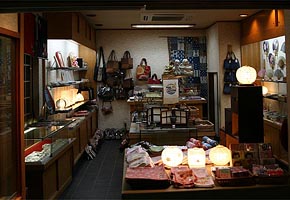 Souvenir Shop at Ninenzaka, Kyoto2007-11 (C) Seiji Yoshimoto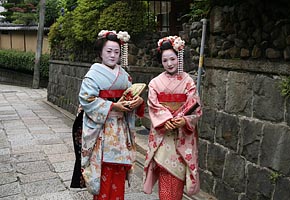 Near Ninenzaka, Kyoto2007-06 (C) Seiji Yoshimoto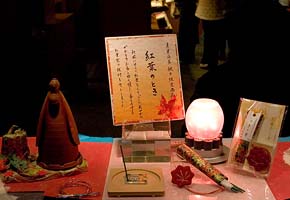 Souvenir Shop, Kyoto2005-11 (C) Seiji Yoshimoto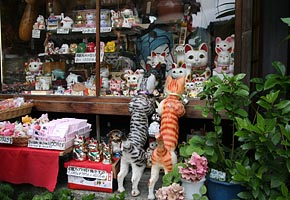 Souvenir Shop on Sanneizaka, Kyoto2007-06 (C) Seiji YoshimotoSanneizaka, Kyoto2008-06 (C) Seiji Yoshimoto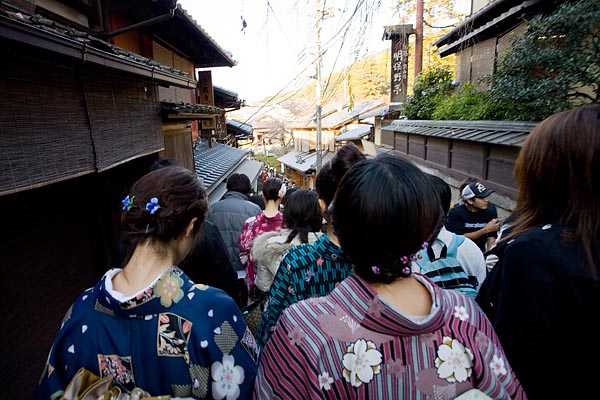 Sanneizaka, Kyoto2007-11 (C) Seiji Yoshimoto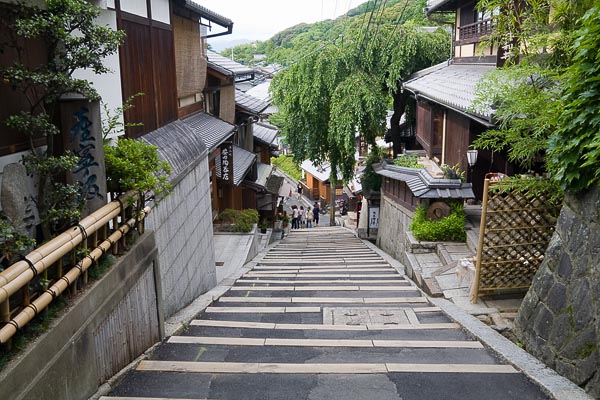 Hichimiya (seven spice shop) at Sanneizaka, Kyoto2009-09 (C) Seiji Yoshimoto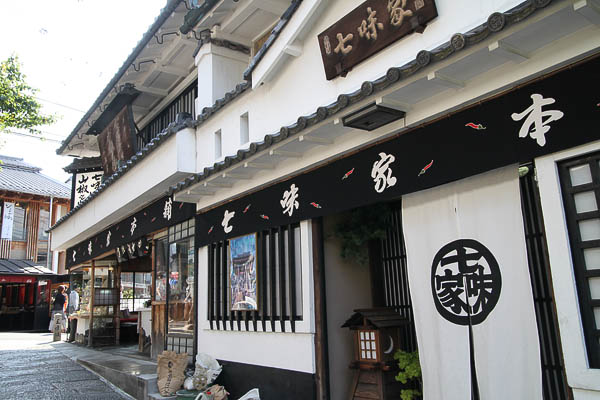 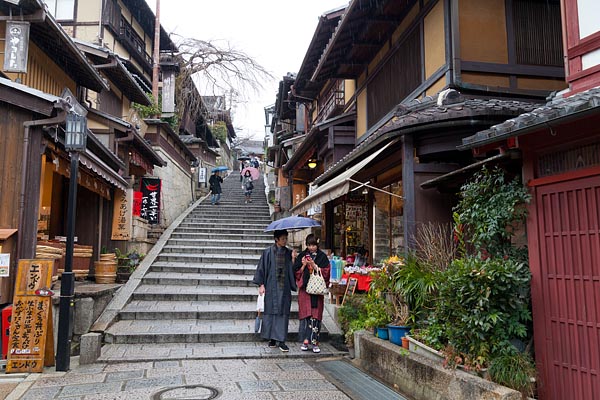 Sanneizaka, Kyoto2012-02 (C) Seiji YoshimotoYasakadori, Kyoto2012-02 (C) Seiji Yoshimoto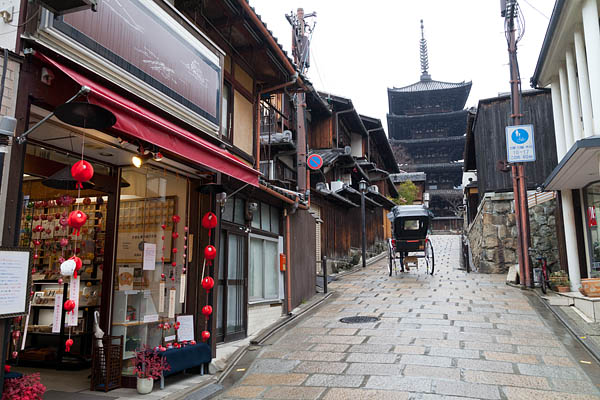 Near Ninenzaka, Kyoto2008-04 (C) Seiji Yoshimoto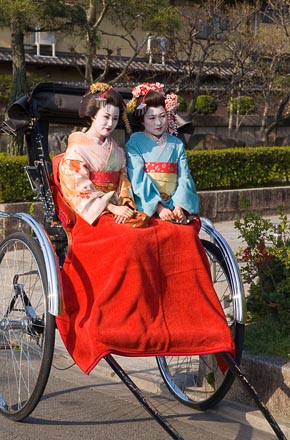 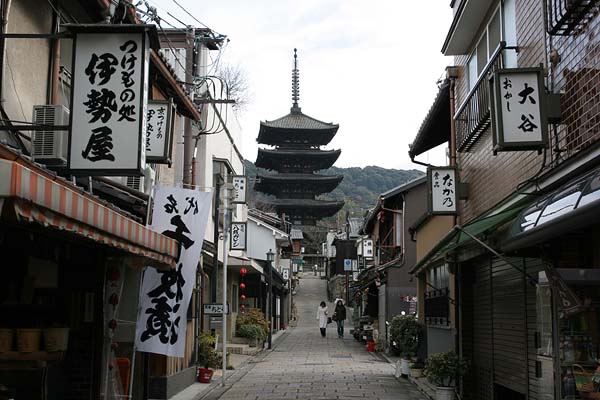 Yasakadori, Kyoto2004-12 (C) Seiji Yoshimoto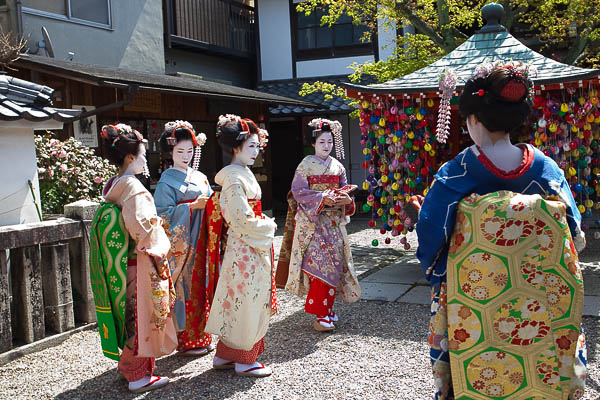 Around Yasakadouri, Kyoto2010-04 (C) Seiji YoshimotoNear Ninenzaka, Kyoto2012-02 (C) Seiji Yoshimoto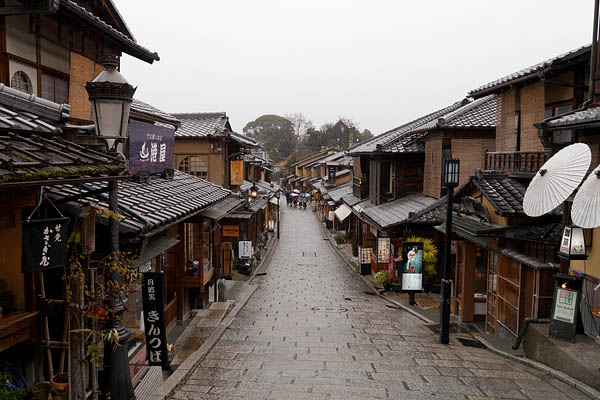 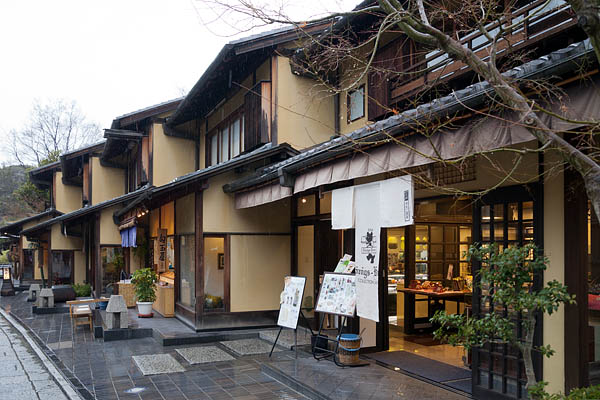 Ninenzaka, Kyoto2012-02 (C) Seiji YoshimotoNinenzaka, Kyoto2010-11 (C) Seiji Yoshimoto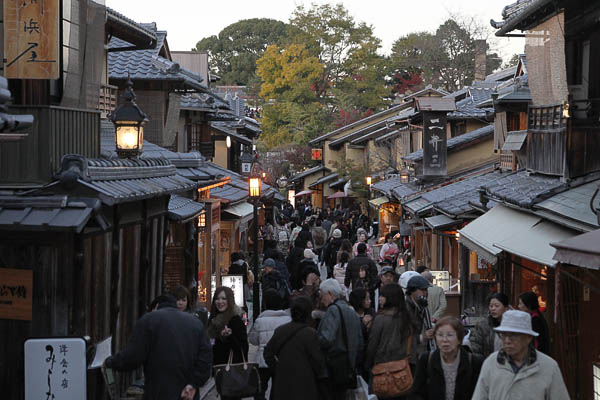 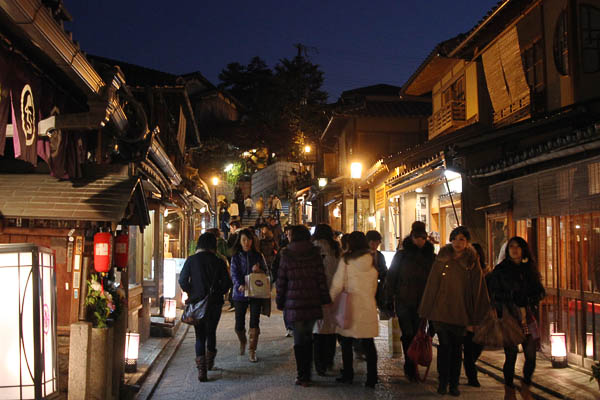 Ninenzaka, Kyoto2004-12 (C) Seiji Yoshimoto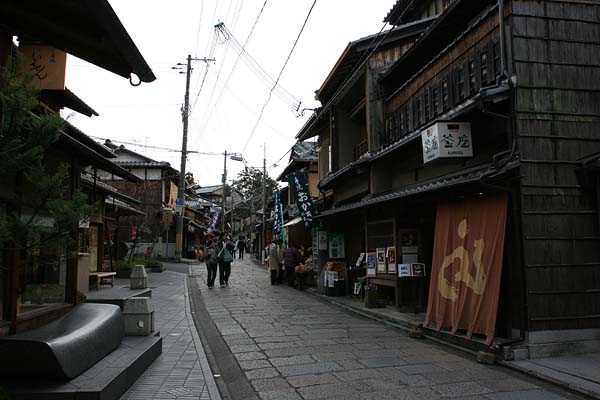 Ninenzaka, Kyoto2010-11 (C) Seiji YoshimotoNeasr Sanneizaka, Kyoto2012-02 (C) Seiji YoshimotoNear Sanneizaka, Kyoto2012-02 (C) Seiji Yoshimoto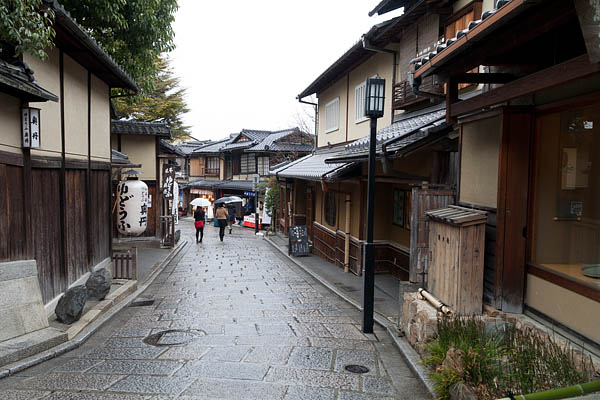 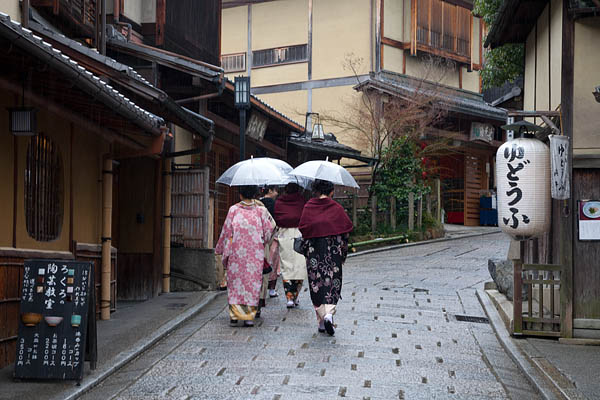 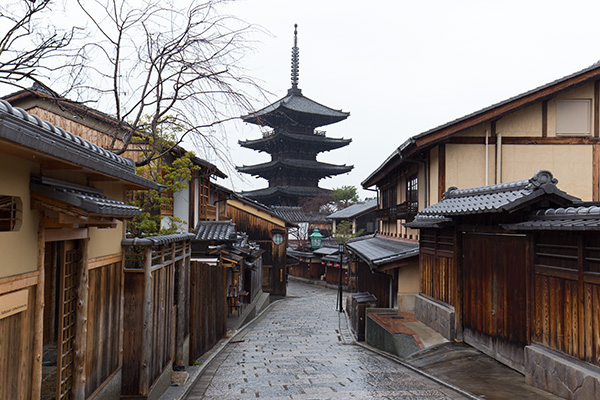 Near Yasakanotou, Kyoto2016-02 (C) Seiji Yoshimoto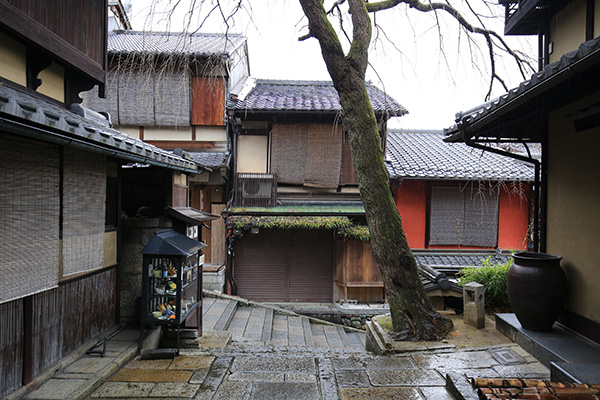 Sanneizaka, Kyoto2016-02 (C) Seiji Yoshimoto |
Traditional Townhouses around Sanneizaka, Ninenzaka, and Yasakanotou,Near Kiyomizudera, around Sanneizaka, Ninenzaka, and Yasakanotou (Pagoda), there are many traditional Kyoto townhouses built during Edo, Meiji or Taisho period. Seven falls and eight rises.Hope springs eternal.
|
|||||||||||||||||||||||
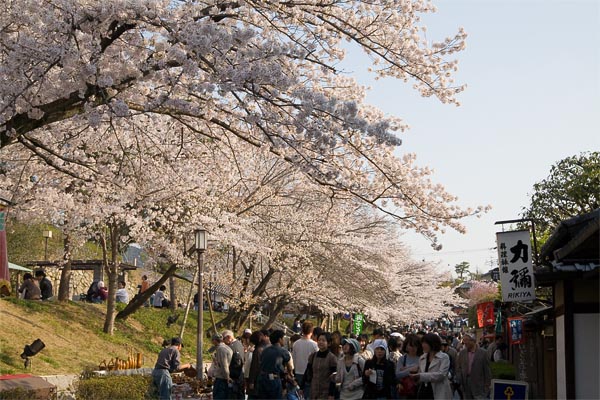 Nene no Michi Near Kodaiji Temple, Kyoto2008-04 (C) Seiji Yoshimoto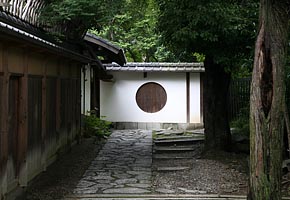 Nene no Michi Near Kodaiji Temple, Kyoto2007-06 (C) Seiji YoshimotoKodaiji Temple, Kyoto2010-04 (C) Seiji Yoshimoto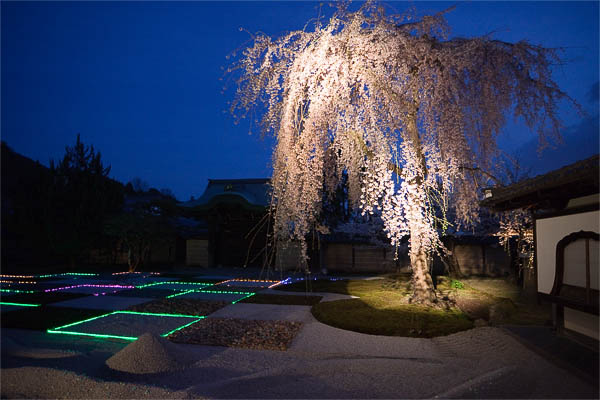 Near Nene no michi, Kyoto2009-09 (C) Seiji Yoshimoto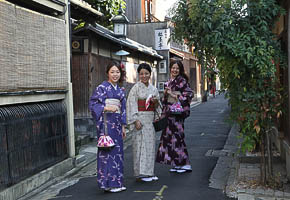 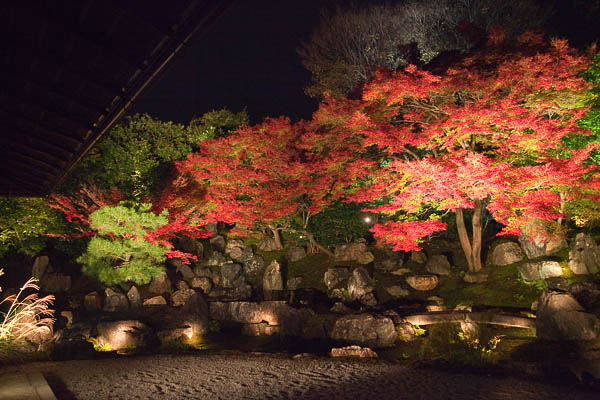 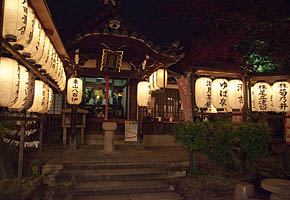 Entokuin Temple , Kyoto2010-11 (C) Seiji YoshimotoEntokuin Temple , Kyoto2010-11 (C) Seiji Yoshimoto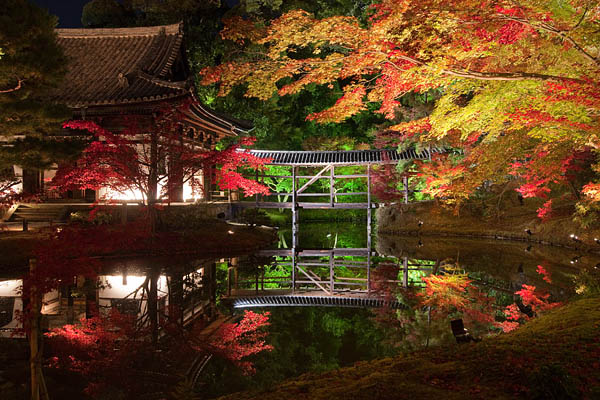 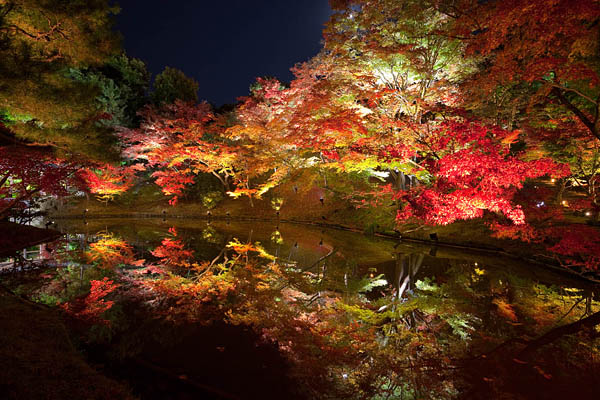 Kodaiji Temple, Kyoto2010-11 (C) Seiji YoshimotoKodaiji Temple, Kyoto2010-11 (C) Seiji Yoshimoto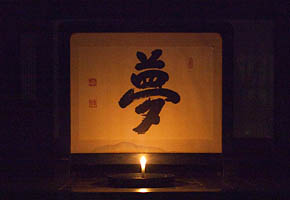 Kodaiji Temple, Kyoto2010-11 (C) Seiji YoshimotoKodaiji Temple , Kyoto2010-11 (C) Seiji YoshimotoKodaiji Temple , Kyoto2016-02 (C) Seiji YoshimotoKodaiji Temple , Kyoto2010-11 (C) Seiji YoshimotoKodaiji Temple , Kyoto2010-11 (C) Seiji Yoshimoto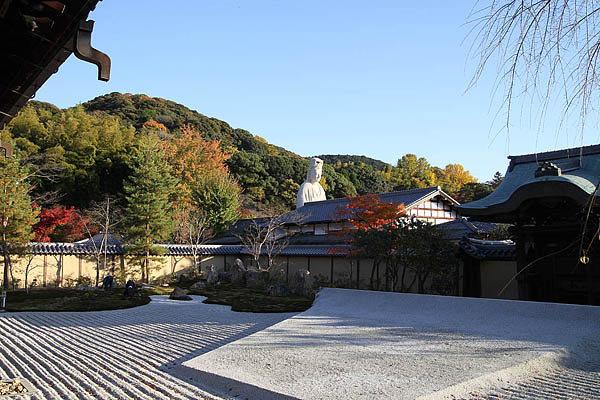 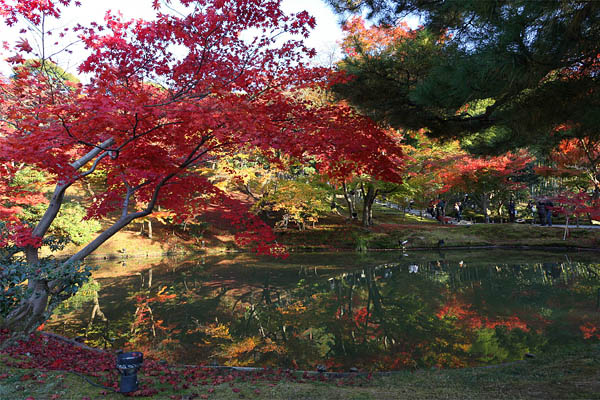 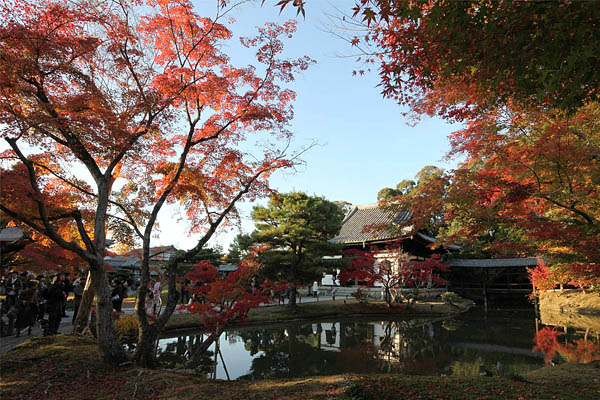 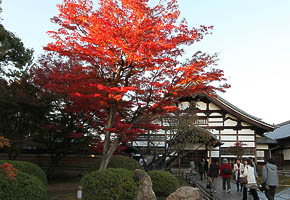 Kodaiji Temple , Kyoto2010-11 (C) Seiji Yoshimoto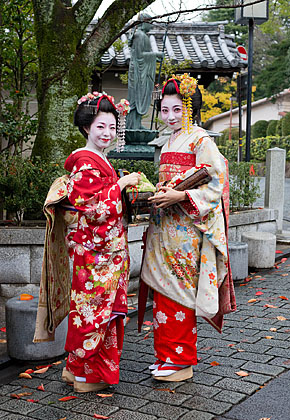 Nenenomichi, Kodaiji Temple , Kyoto2012-11 (C) Seiji Yoshimoto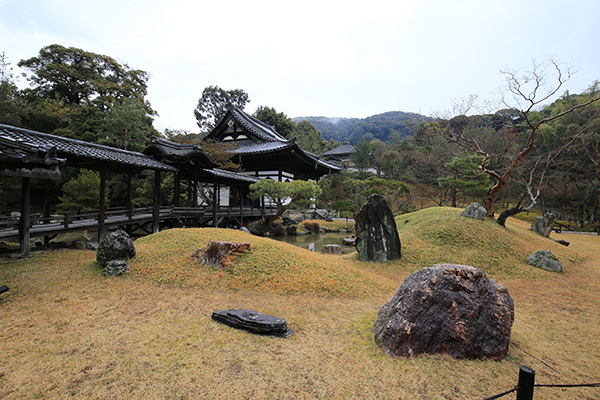 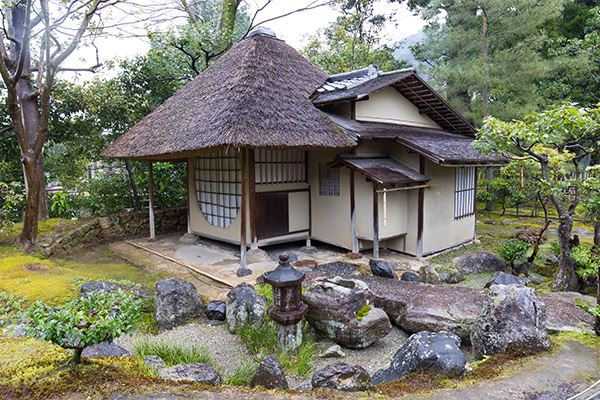 Kodaiji Temple , Kyoto20106-02 (C) Seiji Yoshimoto |
Kodaiji Temple
|
|||||||||||||||||||||||
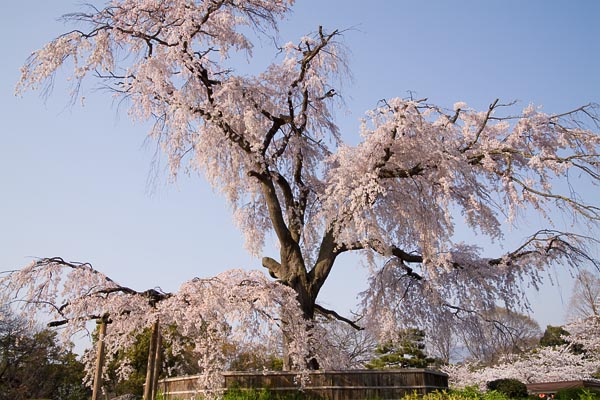 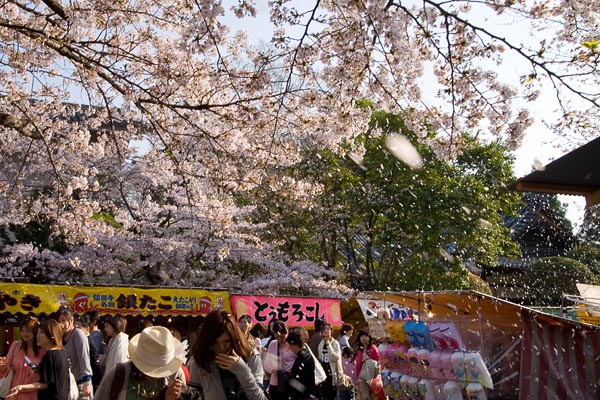 Confetti of Cherry Blossoms in Maruyama Park, Kyoto2008-04 (C) Seiji YoshimotoShidarezakura (weeping cherry tree) in Maruyama Park, Kyoto2008-04 (C) Seiji YoshimotoYasaka Shrine , Kyoto2010-11 (C) Seiji Yoshimoto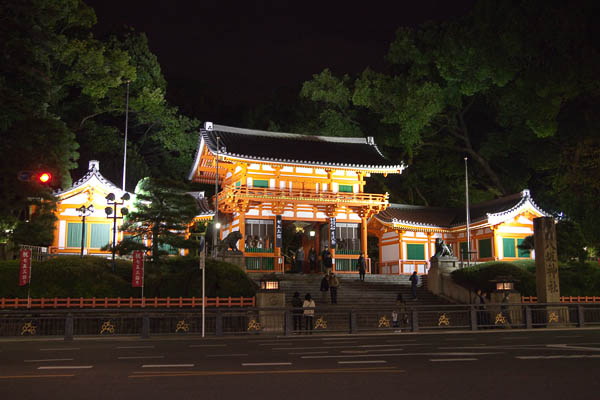 Yasaka Shrine , Kyoto2010-11 (C) Seiji Yoshimoto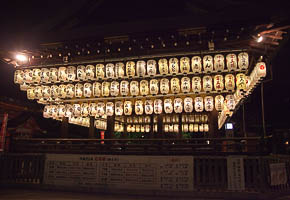 Yasaka Shrine , Kyoto2010-11 (C) Seiji Yoshimoto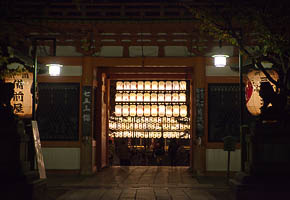 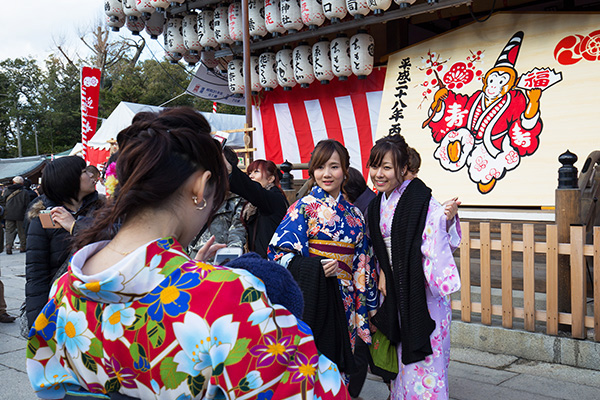 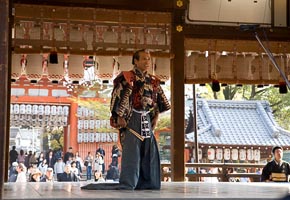 Main Hall, Yasaka Shrine , Kyoto2008-04 (C) Seiji YoshimotoKyogen Play on the Stage, Yasaka Shrine , Kyoto2008-04 (C) Seiji Yoshimoto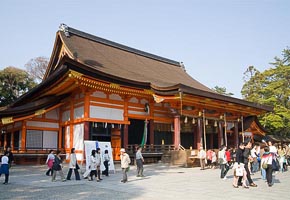 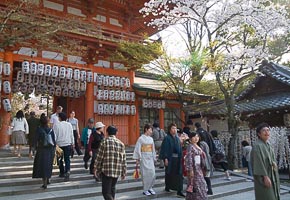 Yasaka Shrine , Kyoto2008-04 (C) Seiji YoshimotoYasaka Shrine , Kyoto2016-01 (C) Seiji Yoshimoto |
Yasaka Shrineis also known as Gion-san. It offers protection from evil and houses the god of commerce. Built in 656. Maruyama Parkis a public park next to Yasaka shrine. It is well known for enjoying cherry blossoms. Sakura in full bloom last very short (less than a week) and Sakura blossoms fall like confetti shower. |
|||||||||||||||||||||||
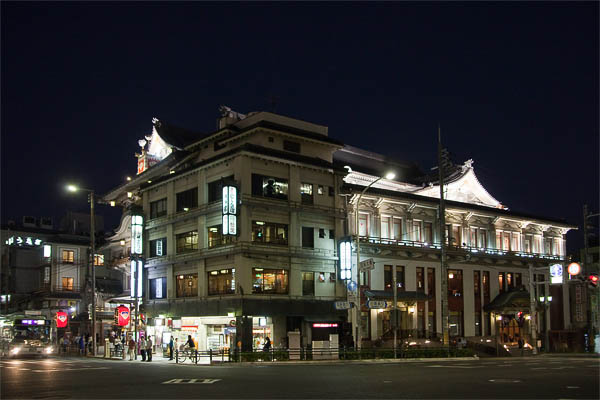 Minamiza Theater at night, Gion, Kyoto2009-09 (C) Seiji Yoshimoto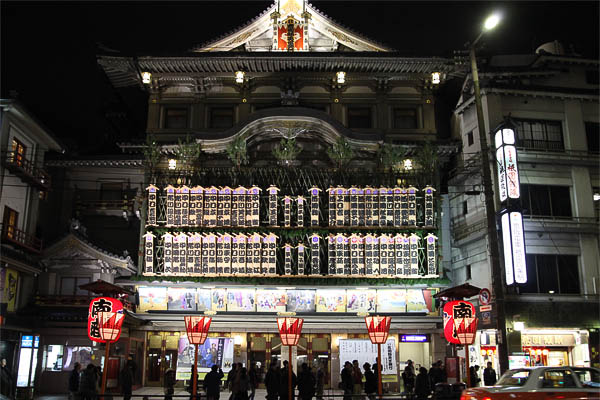 Minamiza Theater at night, Gion, Kyoto2010-11 (C) Seiji Yoshimoto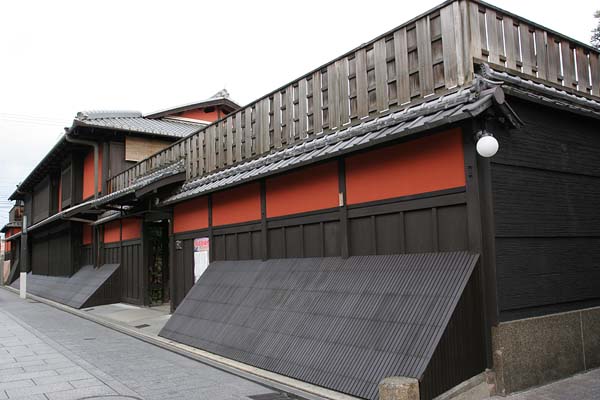 Ichirikichaya, Gion, Kyoto2004-12 (C) Seiji YoshimotoHanamikoji, Gion, Kyoto2008-04 (C) Seiji Yoshimoto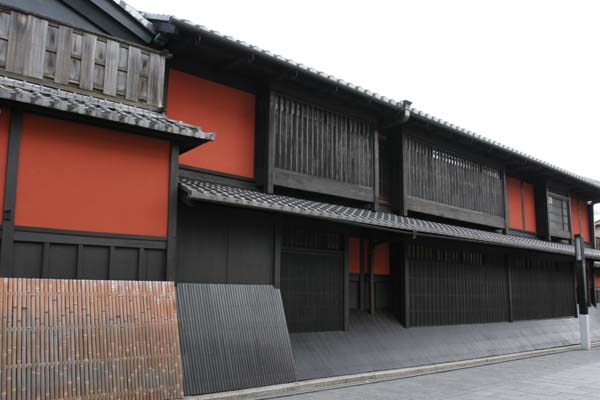 Ichirikichaya, Gion, Kyoto2004-12 (C) Seiji Yoshimoto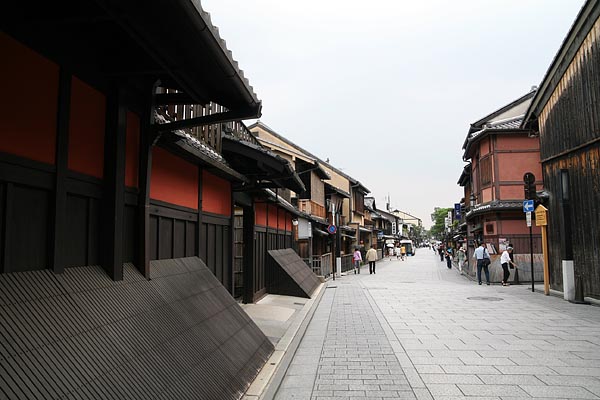 Hanamikoji, Gion, Kyoto2007-06 (C) Seiji Yoshimoto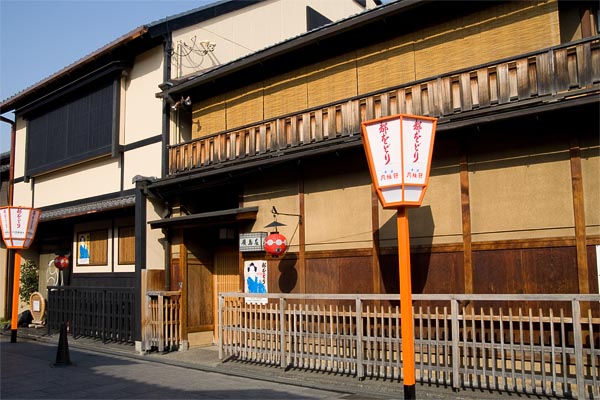 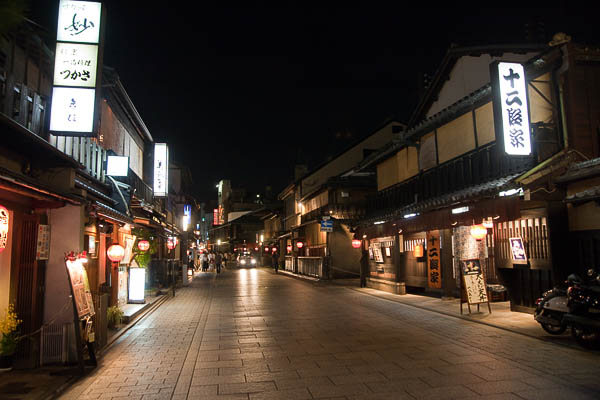 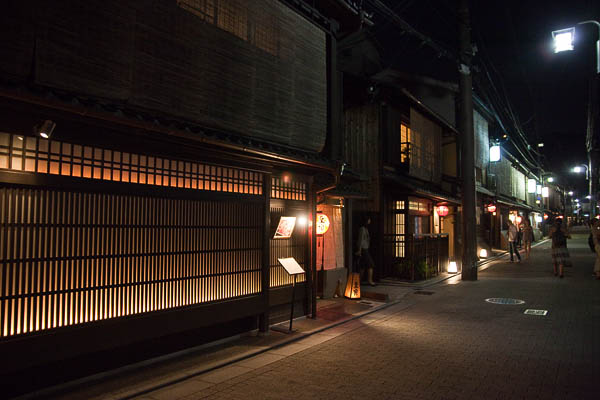 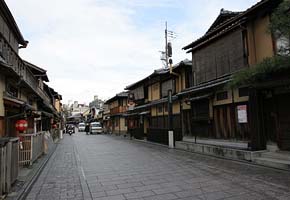 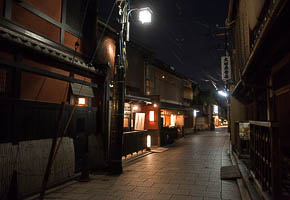 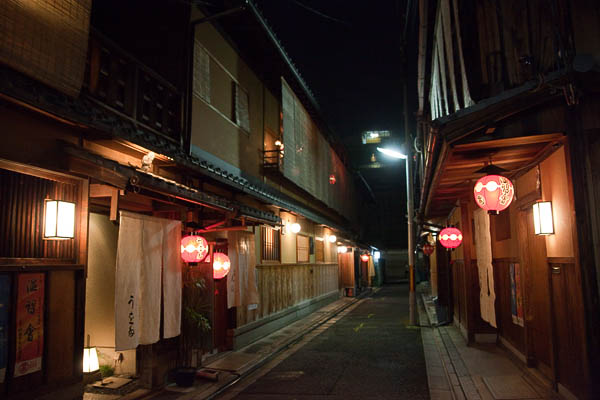 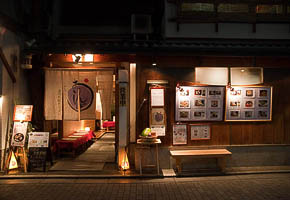 Hanamikoji at night, Gion, Kyoto2009-09 (C) Seiji YoshimotoHanamikoji at night, Gion, Kyoto2009-09 (C) Seiji YoshimotoHanamikoji at night, Gion, Kyoto2009-09 (C) Seiji YoshimotoHanamikoji at night, Gion, Kyoto2009-09 (C) Seiji YoshimotoHanamikoji at night, Gion, Kyoto2009-09 (C) Seiji YoshimotoGion Shirakawa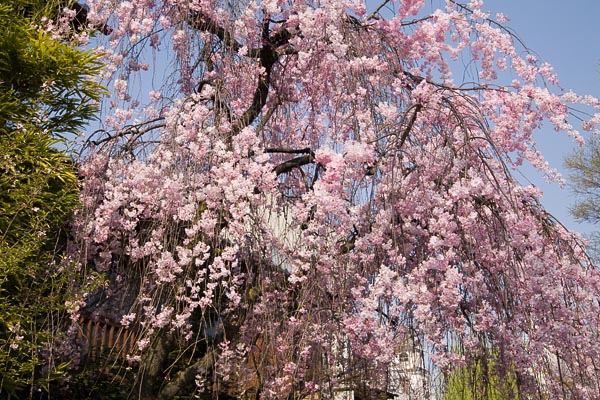 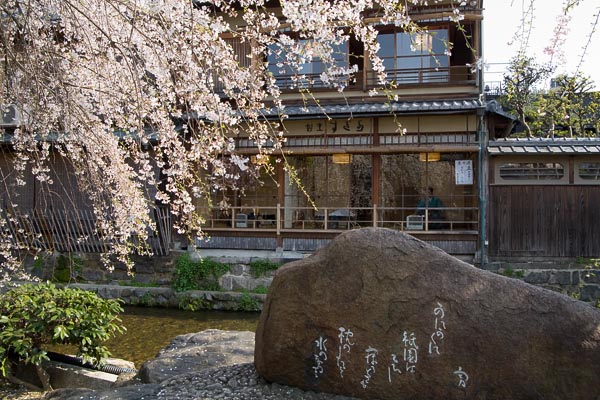 Shirakawa, Gion, Kyoto2008-04 (C) Seiji YoshimotoShirakawa, Gion, Kyoto2008-04 (C) Seiji YoshimotoShirakawa, Gion, Kyoto2008-04 (C) Seiji YoshimotoShirakawa, Gion, Kyoto2008-04 (C) Seiji Yoshimoto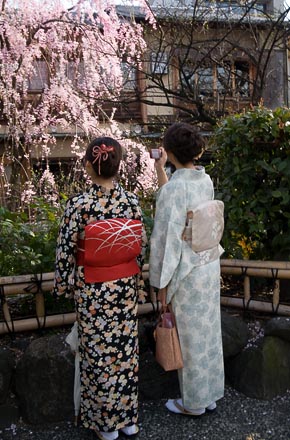 Shirakawa, Gion, Kyoto2008-04 (C) Seiji Yoshimoto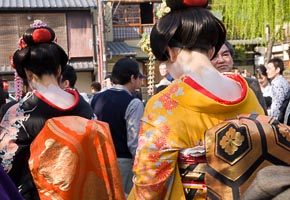 Shirakawa, Gion, Kyoto2008-04 (C) Seiji Yoshimoto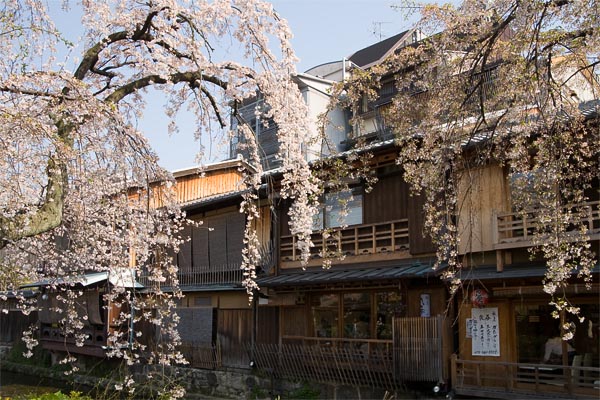 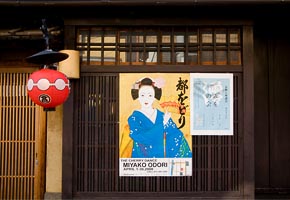 Shirakawa, Gion, Kyoto2008-04 (C) Seiji Yoshimoto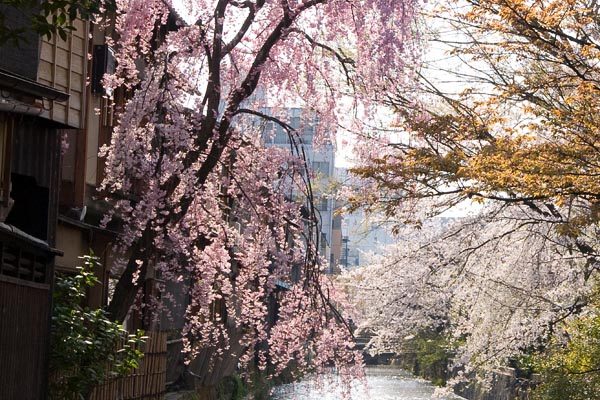 Gion Minamiza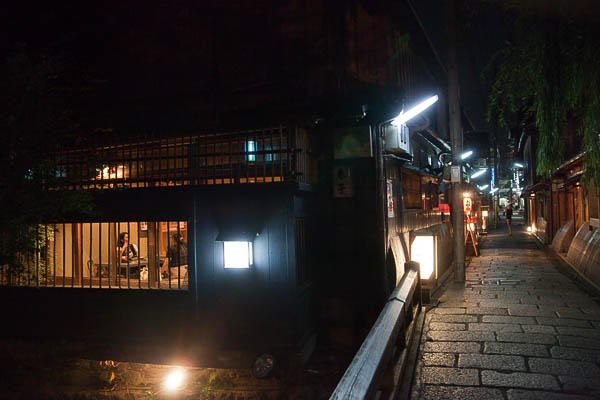 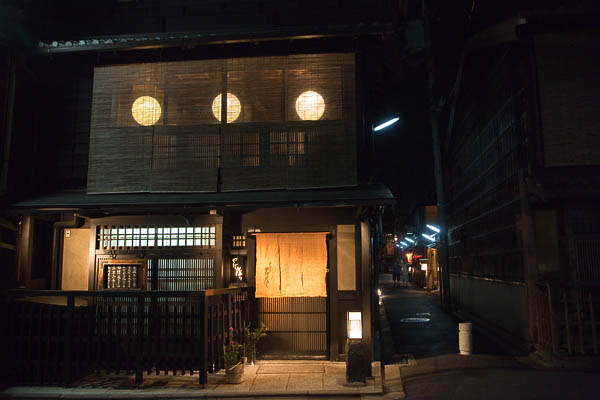 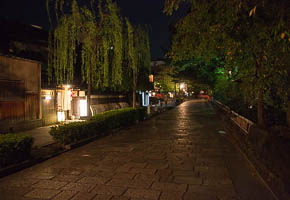 Shirakawa at night, Gion, Kyoto2009-09 (C) Seiji YoshimotoShirakawa at night, Gion, Kyoto2009-09 (C) Seiji YoshimotoShirakawa at night, Gion, Kyoto2009-09 (C) Seiji Yoshimoto |
GionGion is Kyoto's traditional amusement area. There have been Ochayas (teahouses) and Geishas here since 16th century. It’s main street is Hanami-koji, a street lined by traditional wooden houses, many of them are teahouses (Ochaya) and restaurants. The street leaves a traditional taste of elegance of Hanamachi (amusement area). Ichriki-chaya is the most famous teahouse. The teahouses are mostly wooden two-story buildings of traditional design with protruding windows. The windows have lattices (Bengaragoshi) or reed screens (Sudare) in order to ensure the privacy of the guests. Bamboo slats near the ground are Inu Yarai to keep people (and dogs) away from windows and walls for privacy. There is usually a small curtain (Noren) showing the name of the teahouse at the entrance. Geishas are traditional entertainers who are trained in various arts including the art of conversation, pouring sake (Japanese wine), ikebana (flower arrangement), tea ceremonies, playing musical instruments and poetry and literature. Hanami-Koji street leaves a strong taste of the elegance of Hanamachi.Minamiza is a Kabuki theater with 400 years of history and tradition.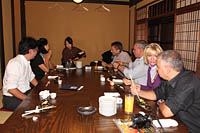 Dinner in a teahouse on Hanami-Koji |
|||||||||||||||||||||||
Kenniji, Gion, Kyoto2010-11 (C) Seiji YoshimotoKenniji, Gion, Kyoto2010-11 (C) Seiji YoshimotoKenniji, Gion, Kyoto2010-11 (C) Seiji Yoshimoto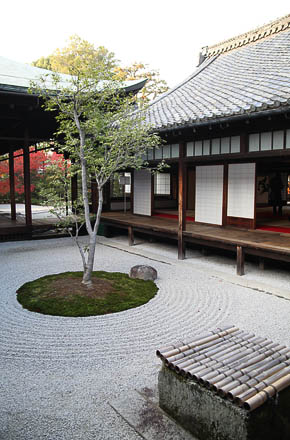 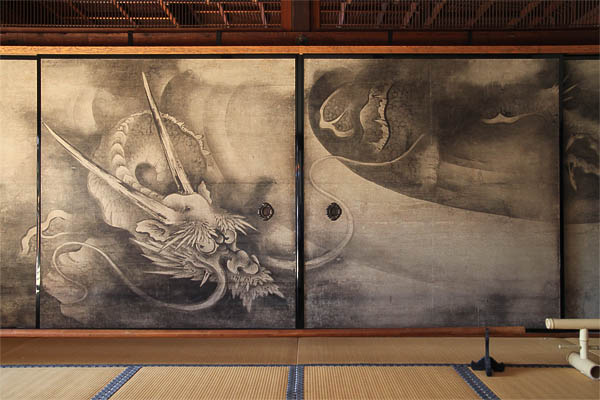 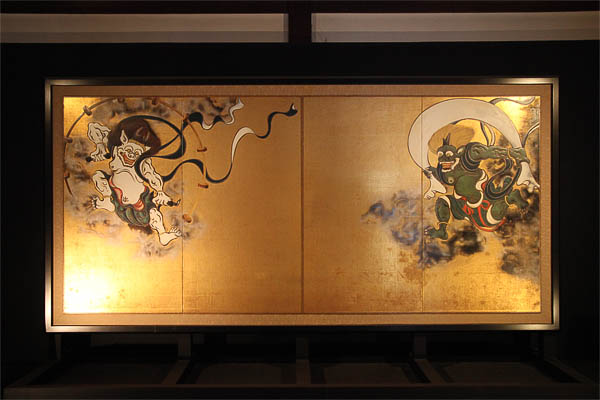 Kenniji, Gion, Kyoto2010-11 (C) Seiji Yoshimoto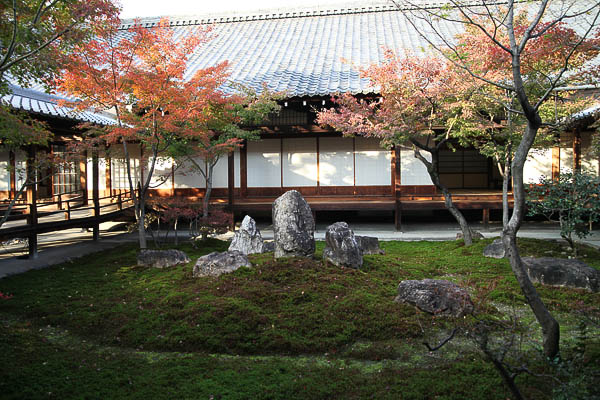 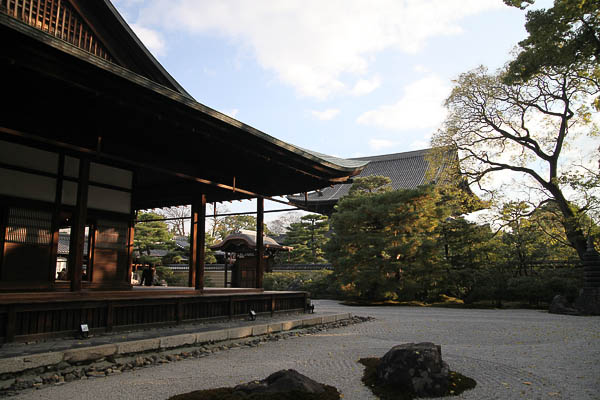 Kenniji, Gion, Kyoto2010-11 (C) Seiji YoshimotoGion Kenniji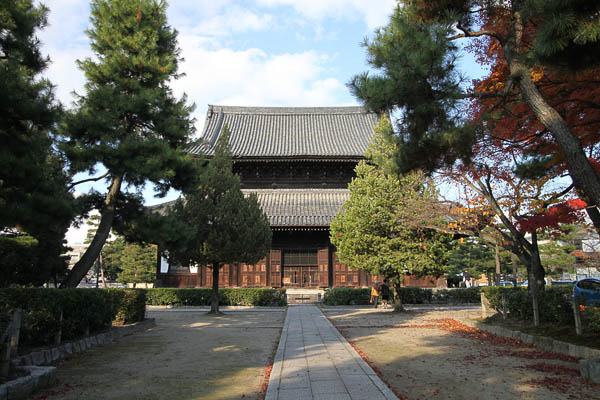 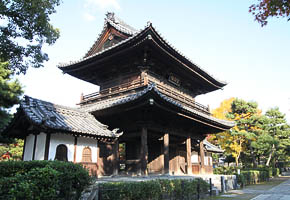 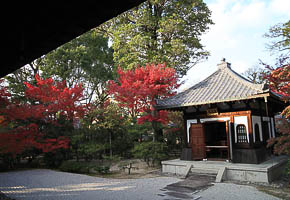 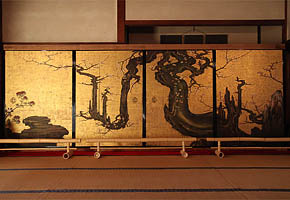 Kenniji, Gion, Kyoto2010-11 (C) Seiji YoshimotoKenniji, Gion, Kyoto2010-11 (C) Seiji Yoshimoto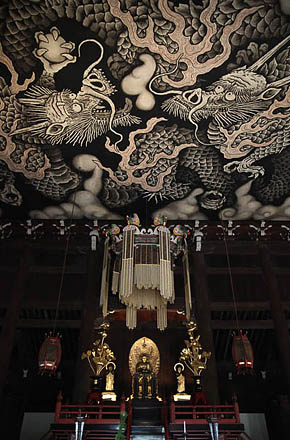 Kenniji, Gion, Kyoto2010-11 (C) Seiji YoshimotoKenniji, Gion, Kyoto2010-11 (C) Seiji YoshimotoKenniji, Gion, Kyoto2010-11 (C) Seiji YoshimotoKenniji, Gion, Kyoto2010-11 (C) Seiji Yoshimoto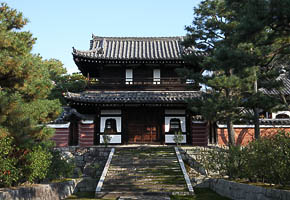 |
Kenninjiis a major temple of the Rinzai Zen school in Gion area. It was founded in 1202 at the request of Emperor Tsuchimikado. It is one of Five Great Zen Temples in Kyoto. |
|||||||||||||||||||||||
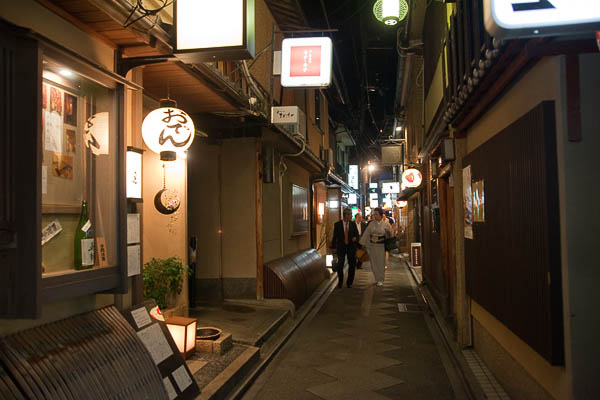 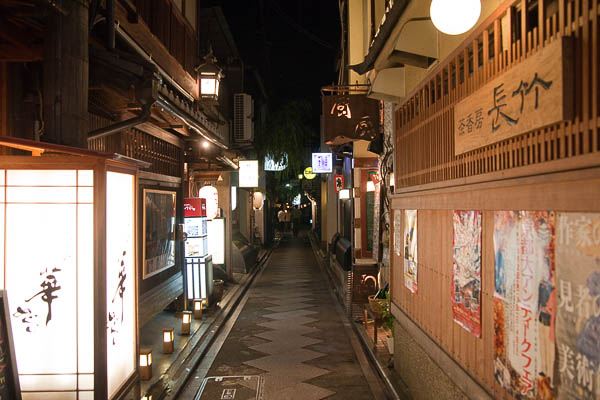 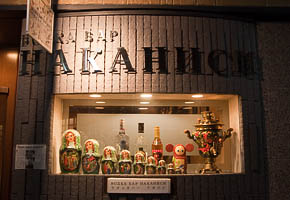 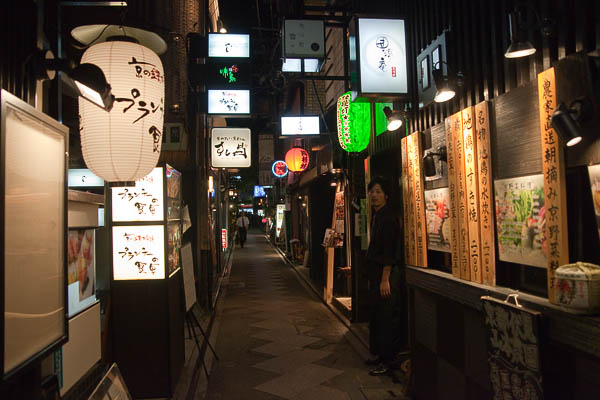 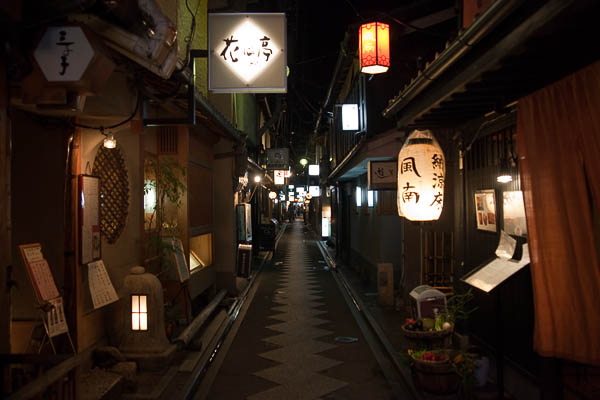 Evening in Pontocho, Kyoto2009-09 (C) Seiji YoshimotoEvening in Pontocho, Kyoto2009-09 (C) Seiji YoshimotoEvening in Pontocho, Kyoto2009-09 (C) Seiji YoshimotoEvening in Pontocho, Kyoto2009-09 (C) Seiji YoshimotoRussian Bar in Pontocho, Kyoto2009-09 (C) Seiji Yoshimoto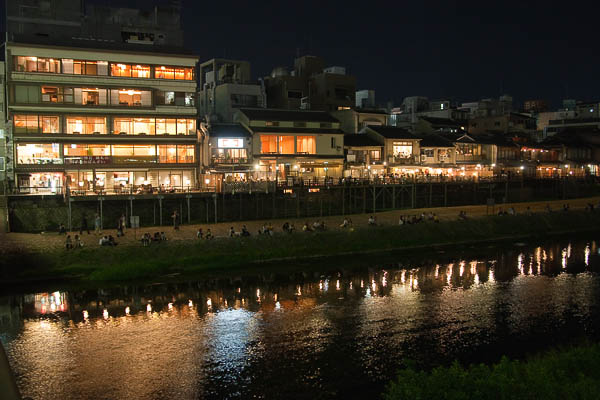 Restaurants along Kamo-river, Kyoto2009-09 (C) Seiji Yoshimoto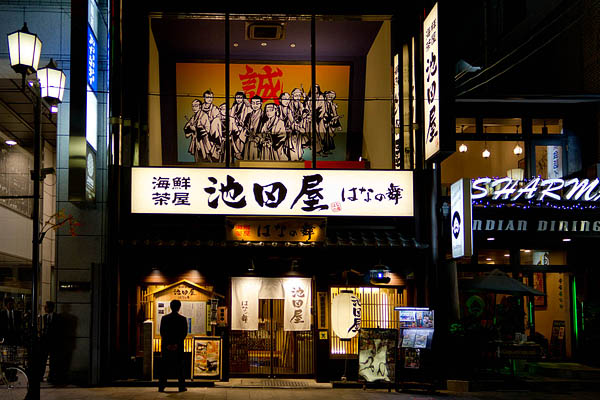 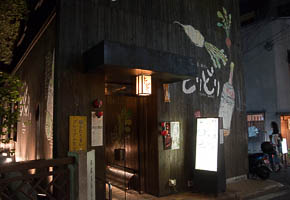 Restaurant in Kiyamachi-dori, Kyoto2009-09 (C) Seiji Yoshimoto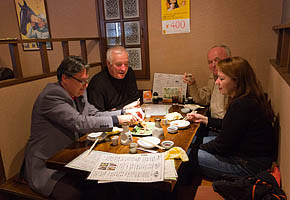 Restaurant in Kiyamachi-dori, Kyoto2011-10 (C) Seiji Yoshimoto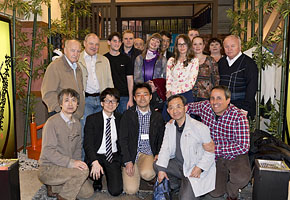 Ikedaya Restaurant near Kiyamachi, Kyoto2013-04 (C) Seiji Yoshimoto |
Pontocho
|
|||||||||||||||||||||||
Tsutenkyo Bridge, Tofukuji Temple, Kyoto2007-11 (C) Seiji Yoshimoto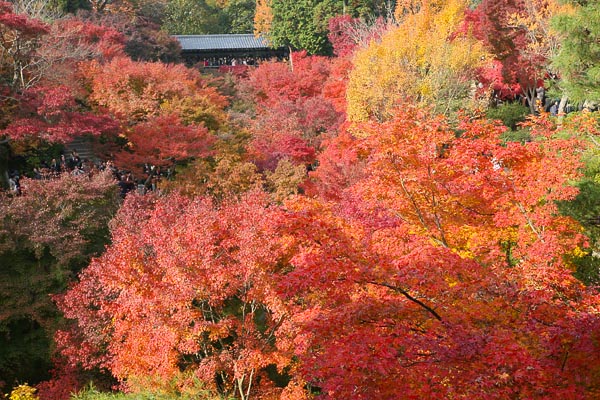 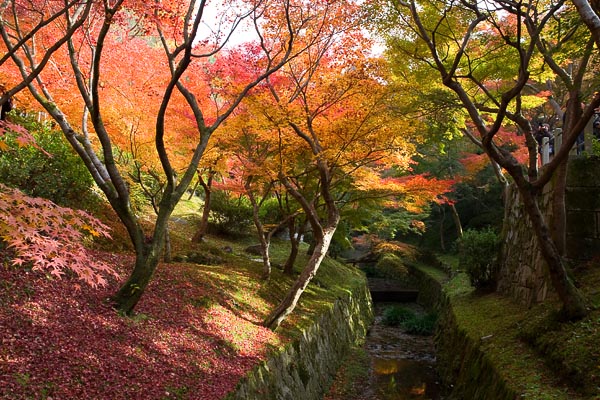 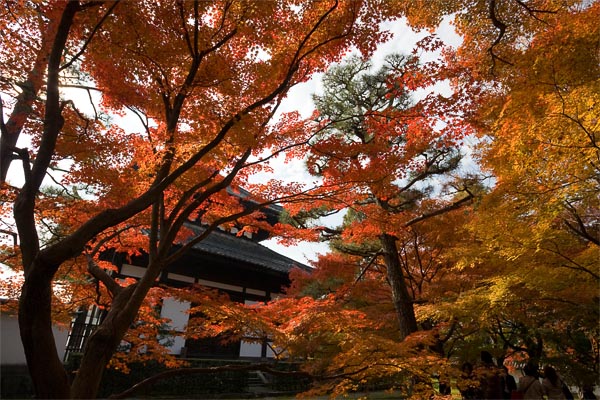 Tofukuji Temple, Kyoto2007-11 (C) Seiji YoshimotoTofukuji Temple, Kyoto2007-11 (C) Seiji Yoshimoto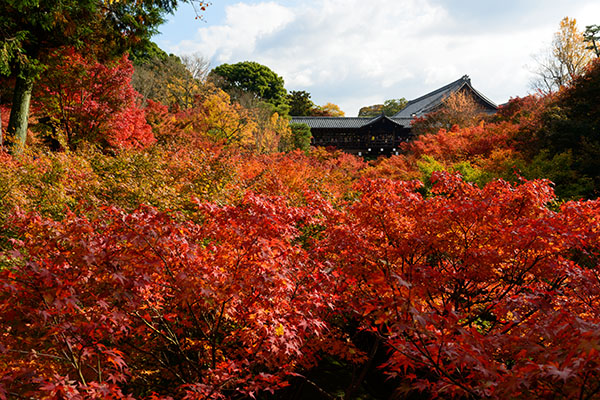 Tsutenkyo Bridge, Tofukuji Temple, Kyoto20012-11 (C) Seiji YoshimotoSennyuji TempleSennyuji Temple, Kyoto2008-11 (C) Seiji YoshimotoSennyuji Temple, Kyoto2008-11 (C) Seiji Yoshimoto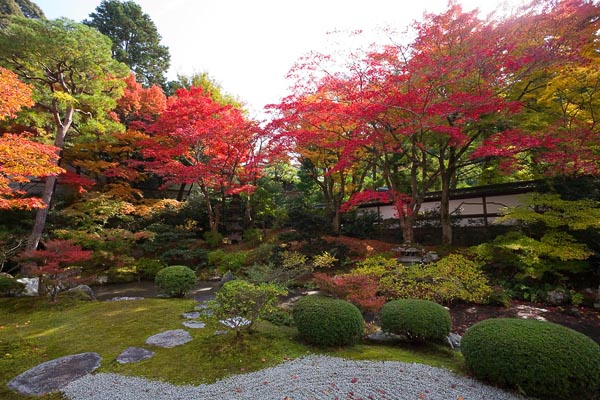 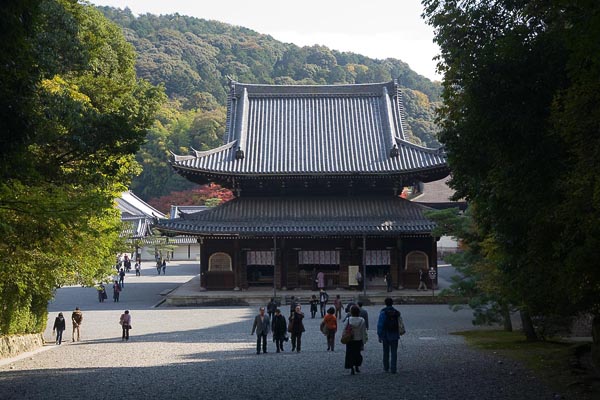 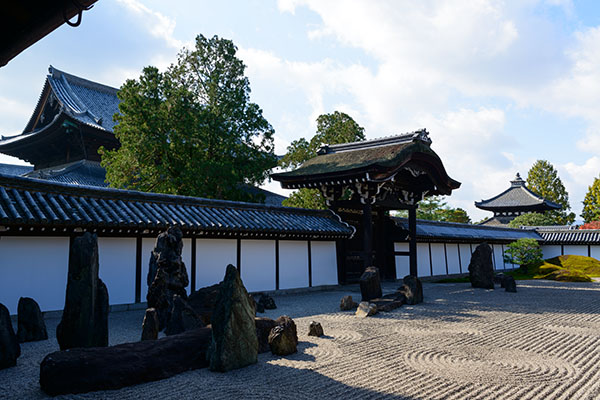 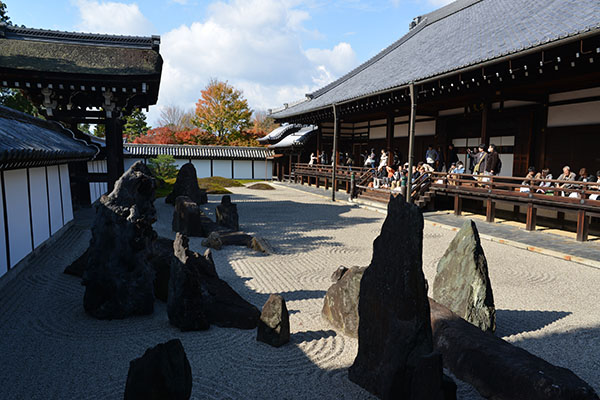 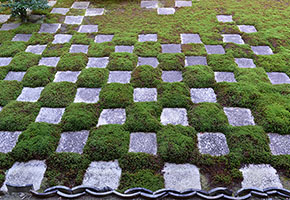 Tofukuji Temple, Kyoto2012-11 (C) Seiji YoshimotoTofukuji Temple, Kyoto2012-11 (C) Seiji YoshimotoTofukuji Temple, Kyoto2012-11 (C) Seiji Yoshimoto |
Tofukuji
|
|||||||||||||||||||||||
Daigojiis a prominent large temple complex in southwestern part of Kyoto, consisting of Shimo-Daigo, Sanbo-in, and Kami-Daigo. It was originated in 874 and is one of the oldest structures in Kyoto. Daigoji is famous for its beauty in cherry blossom season. Toyotomi Hideyoshi, the great political leader of the time, organized a gorgeous Hanami (viewing cherry blossoms) party in 1598. |
||||||||||||||||||||||||
Byodo-in Templeis a Buddhist temple in Uji city, south east of Kyoto city. The Byodo-in temple was originally built in 998 as a rural villa of Fujiwara Michinaga and was changed to a Buddhist temple by Fujiwara no Yorimichi in 1052. Hoo-doThe main building of Byodo-in is called Hoo-do (Phoenix Hall) . The central hall houses an statue of Amida Buddha and displays statues of two Hoo ( Phoenix) at roof top. |
||||||||||||||||||||||||
Kinkakuji Temple, Kyoto2007-11 (C) Seiji YoshimotoKinkakuji Temple, Kyoto2007-11 (C) Seiji Yoshimoto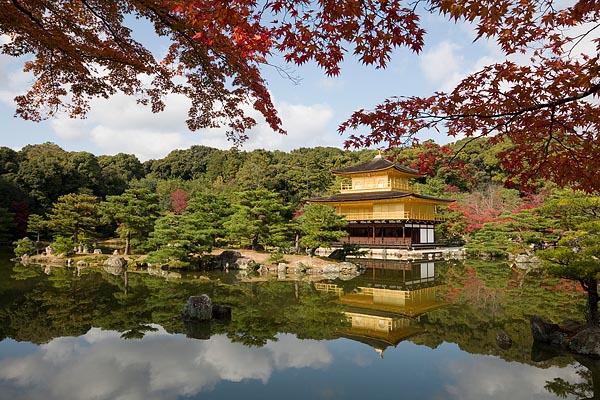 Kinkakuji Temple, Kyoto2007-11 (C) Seiji Yoshimoto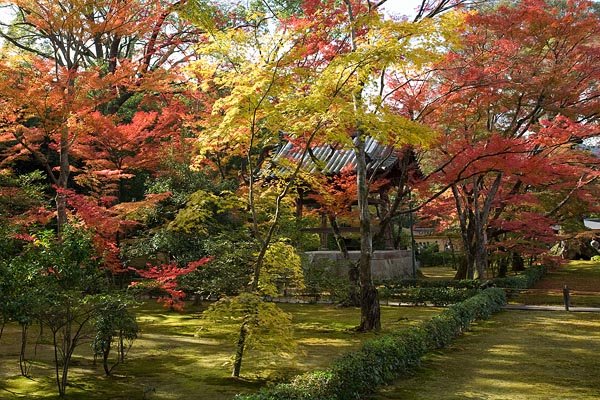 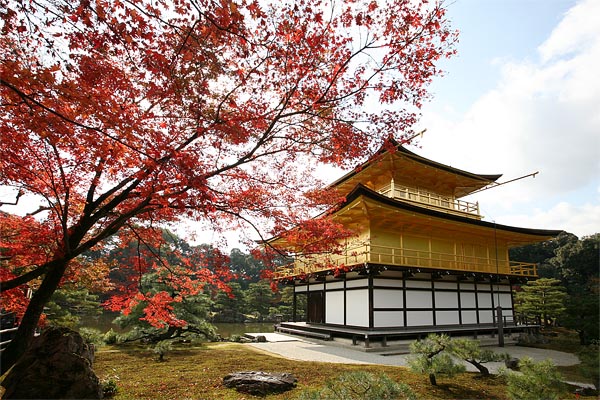 Kinkakuji Temple, Kyoto2007-11 (C) Seiji Yoshimoto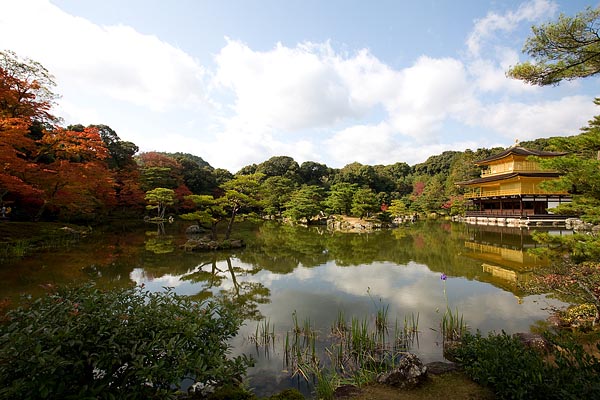 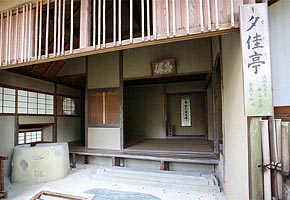 Tea House in Kinkakuji Temple, Kyoto2007-11 (C) Seiji Yoshimoto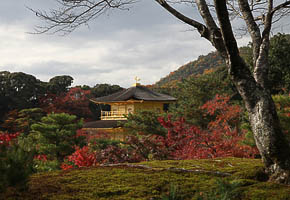 Kinkakuji Temple, Kyoto2010-11 (C) Seiji Yoshimoto |
Kinkakuji Temple
|
|||||||||||||||||||||||
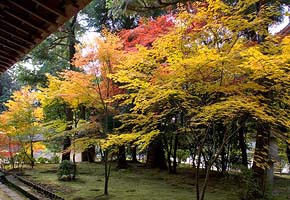 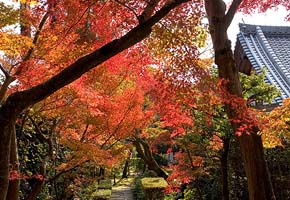 Ryoanji Temple, Kyoto2005-11 (C) Seiji YoshimotoRyoanji Temple, Kyoto2008-04 (C) Seiji YoshimotoRyoanji Temple, Kyoto2008-04 (C) Seiji Yoshimoto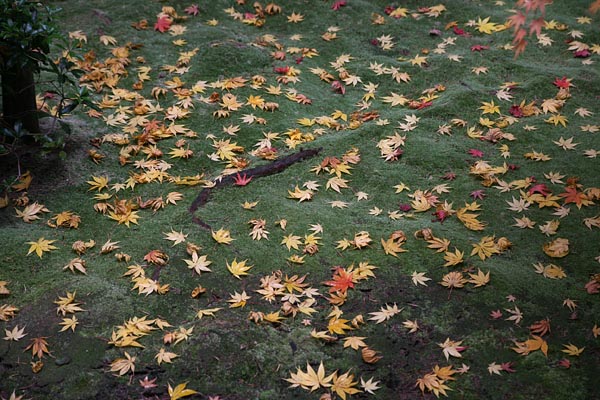 Ryoanji Temple, Kyoto2006-11 (C) Seiji Yoshimoto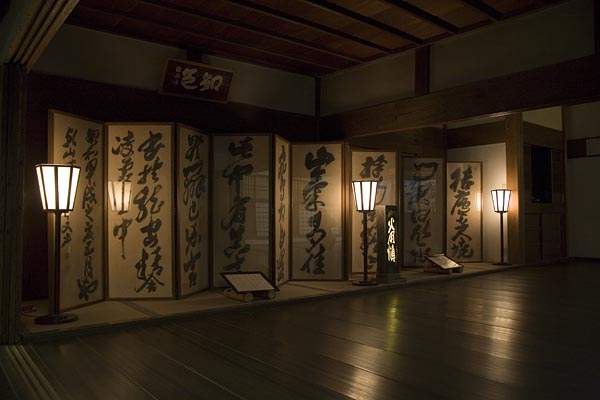 Ryoanji Temple, Kyoto2006-11 (C) Seiji YoshimotoRyoanji Temple, Kyoto2007-11 (C) Seiji YoshimotoRyoanji Temple, Kyoto2007-11 (C) Seiji Yoshimoto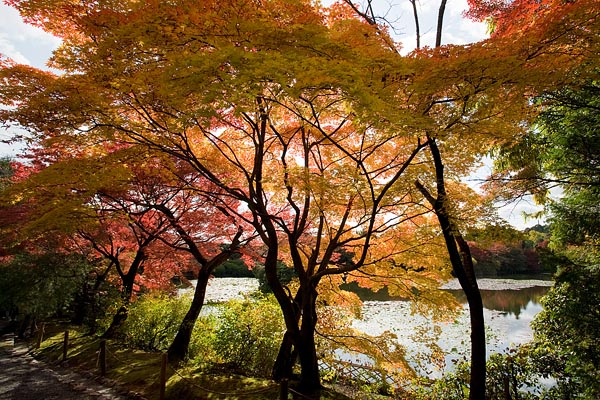 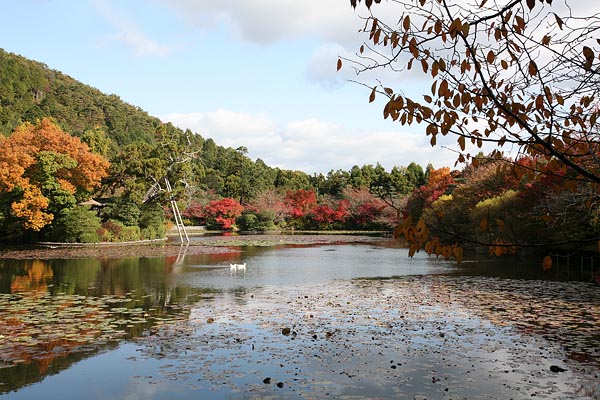 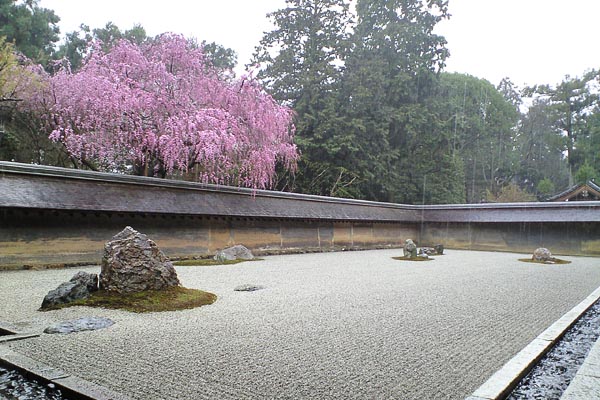 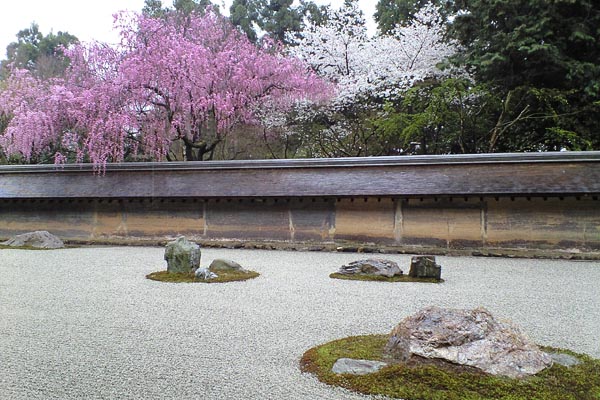 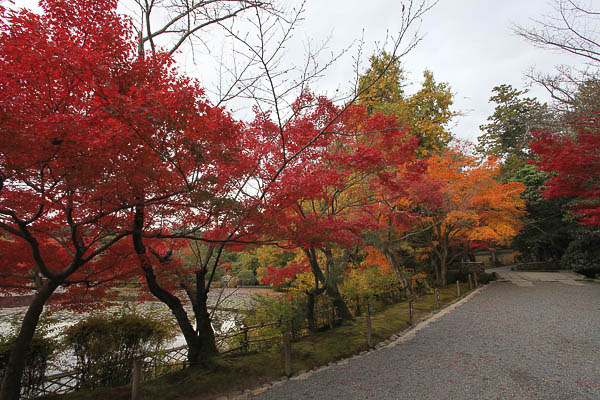 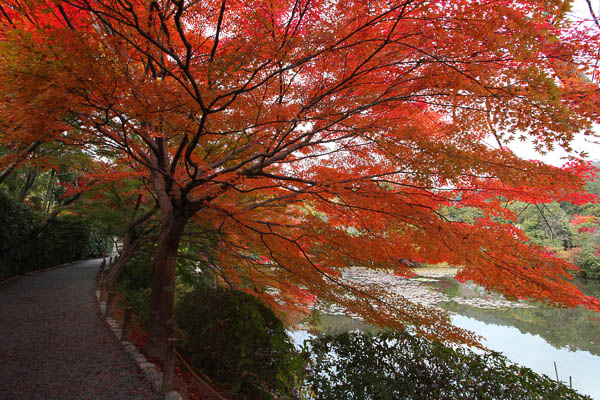 Ryoanji Temple, Kyoto2010-11 (C) Seiji YoshimotoRyoanji Temple, Kyoto2010-11 (C) Seiji Yoshimoto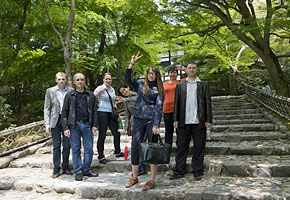 Ryoanji Temple, Kyoto2013--04 (C) Seiji Yoshimoto |
Ryoanji TempleRyoanji is a Zen temple located near Kinkakuji. It is famous for its rock garden (Sekitei) for meditation. The simple Zen garden consists of nothing but 15 rocks on neatly raked white gravel and surrounded by low Yudobei walls (waterproofed by oil). The garden is said to imitate natural landscape in an abstract way using stones and gravel representing islands and seas. But the garden inspires something more in contemplation. 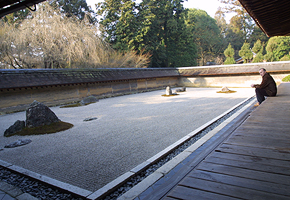 One of luxurious ways to enjoy Kyoto is to visit Ryoanji Temple early in the morning of an off-season weekday and sit alone on the a wooden passageway for meditation.
|
|||||||||||||||||||||||
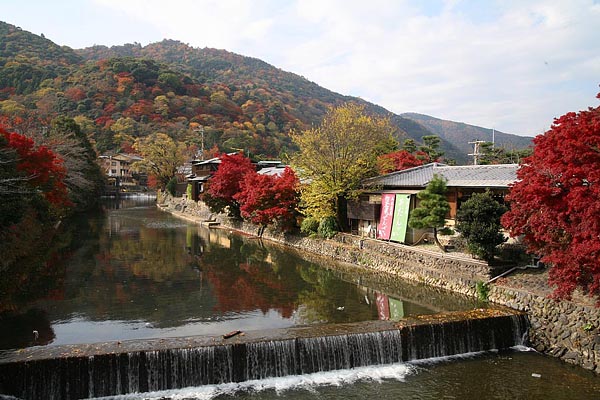 Arashiyama, Kyoto2006-11 (C) Seiji Yoshimoto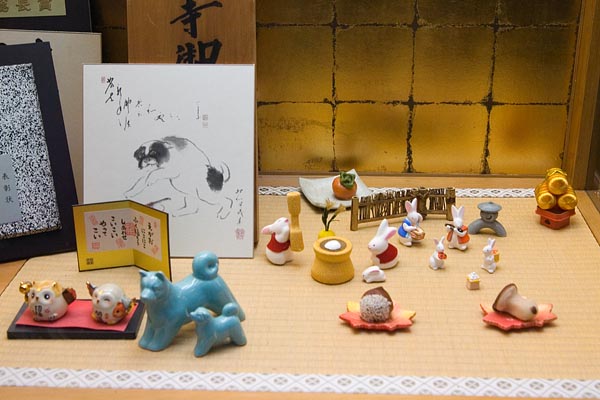 Arashiyama, Kyoto2006-11 (C) Seiji Yoshimoto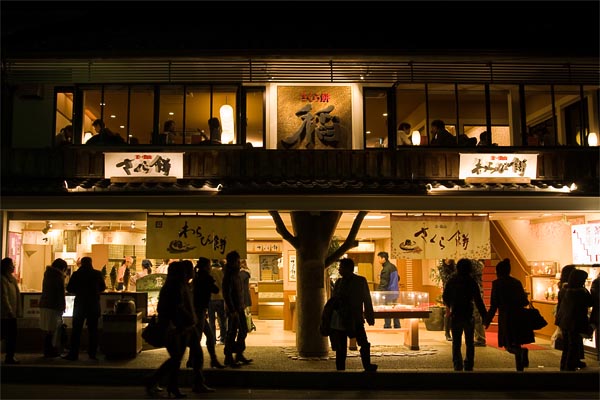 Arashiyama, Kyoto2008-11 (C) Seiji Yoshimoto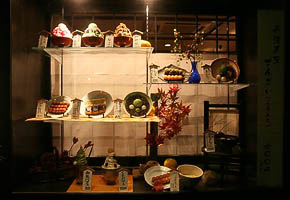 Arashiyama, Kyoto2006-11 (C) Seiji YoshimotoTogetsukyo, Arashiyama, Kyoto2010-11 (C) Seiji Yoshimoto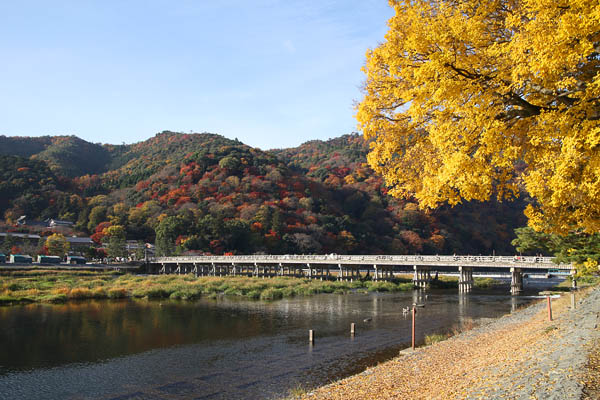 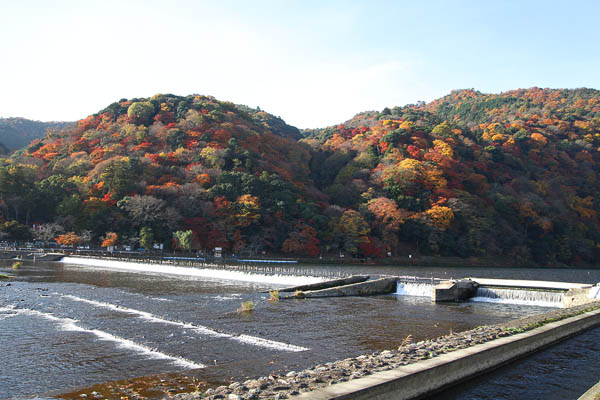 Oi-river, Arashiyama, Kyoto2010-11 (C) Seiji Yoshimoto |
Arashiyama
|
|||||||||||||||||||||||
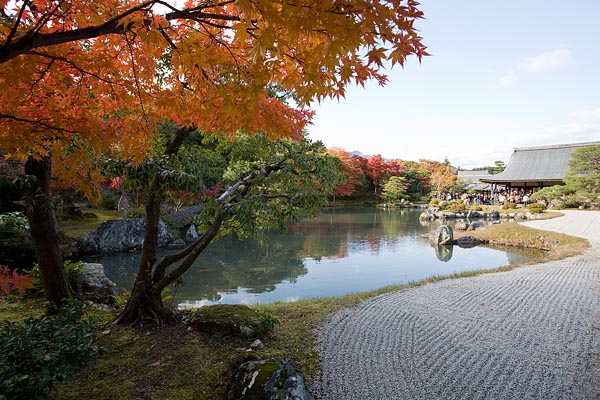 Tenryuji Temple, Kyoto2007-11 (C) Seiji Yoshimoto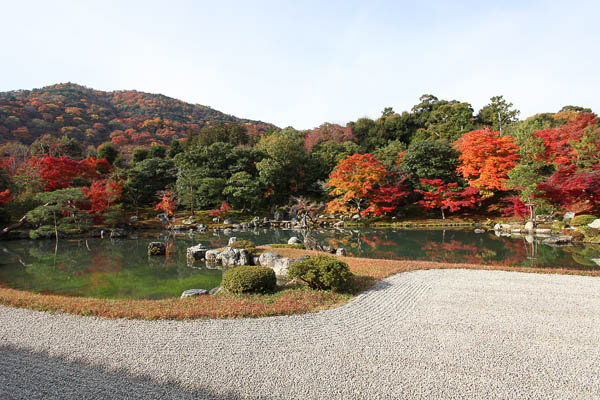 Tenryuji Temple, Kyoto2010-11 (C) Seiji YoshimotoTenryuji Temple, Kyoto2010-11 (C) Seiji Yoshimoto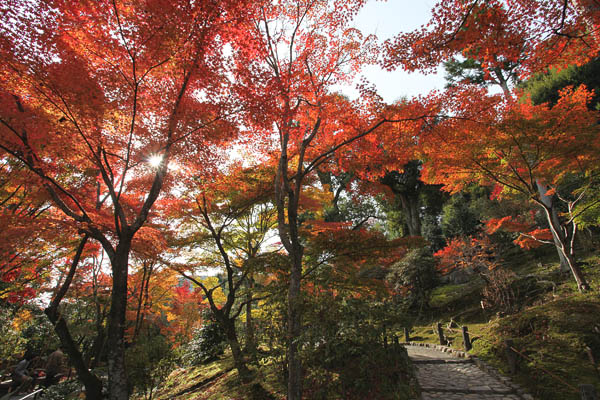 Tenryuji Temple, Kyoto2010-11 (C) Seiji Yoshimoto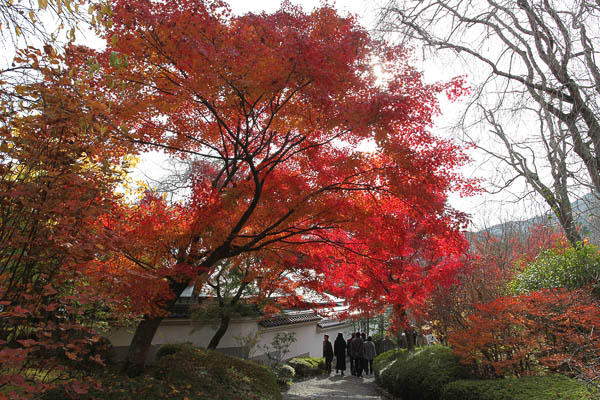 Tenryuji Temple, Kyoto2010-11 (C) Seiji Yoshimoto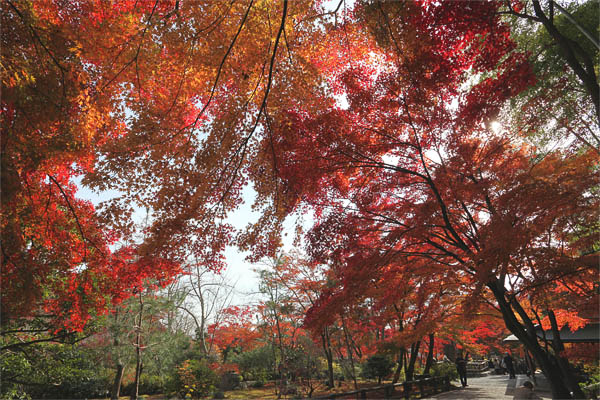 Tenryuji Temple, Kyoto2010-11 (C) Seiji Yoshimoto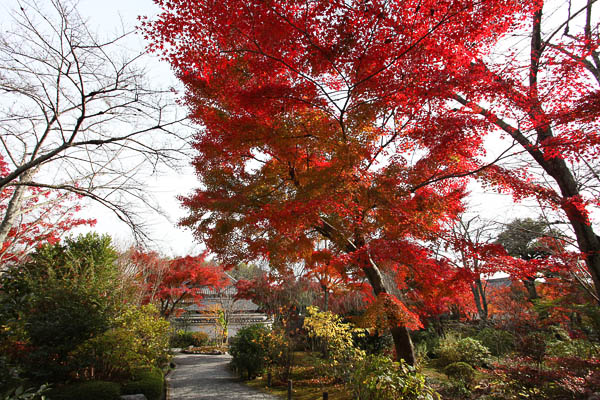 Tenryuji Temple, Kyoto2010-11 (C) Seiji Yoshimoto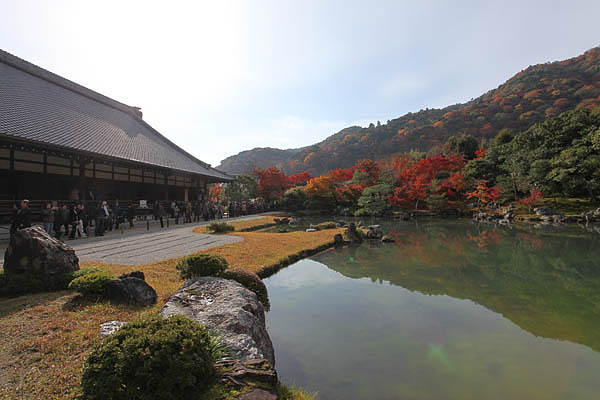 |
Tenryuji TempleTenryuji is a large Zen Buddhist temple in the Arashiyama in the western outskirts of Kyoto. The temple was established in 1339 by Ashikaga Takauji.
|
|||||||||||||||||||||||
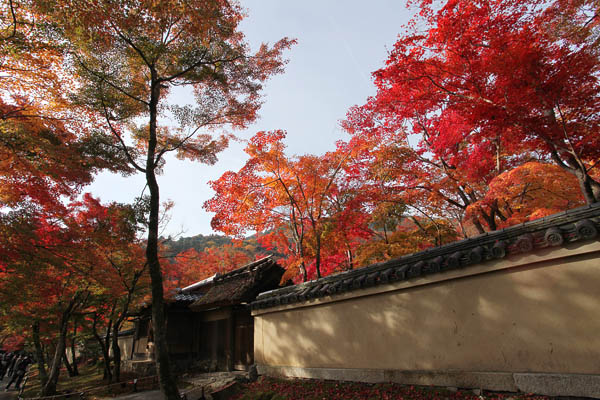 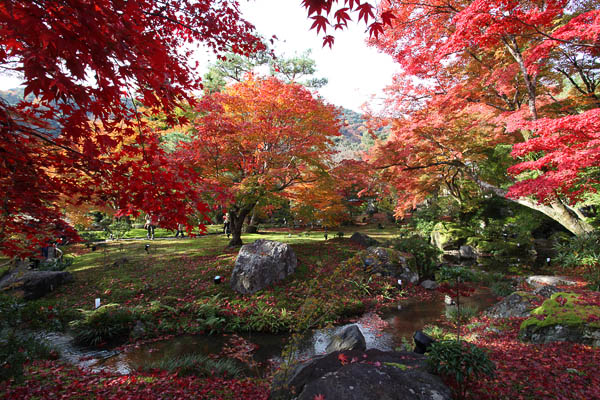 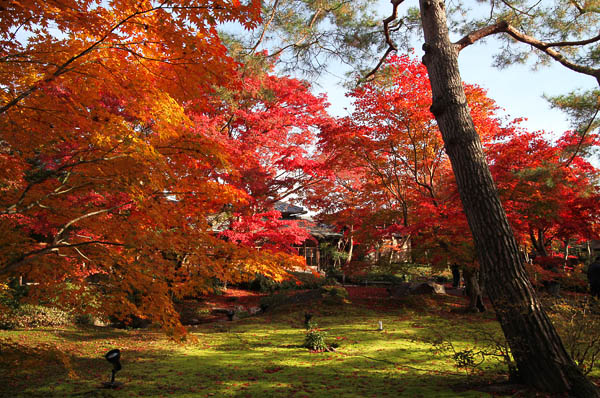 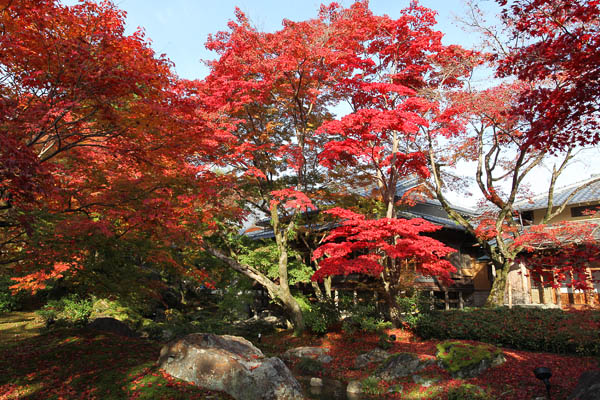 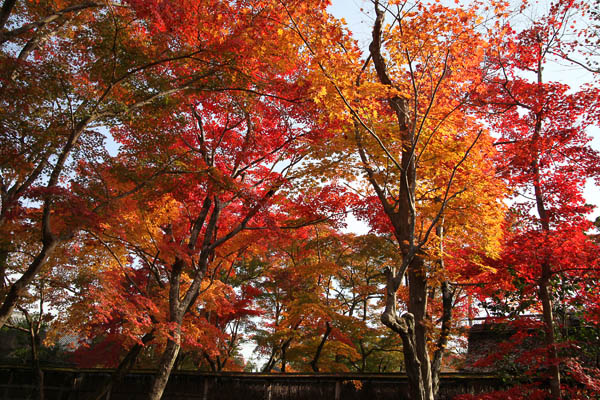 Hogoin Temple, Kyoto2010-11 (C) Seiji YoshimotoHogoin Temple, Kyoto2010-11 (C) Seiji YoshimotoHogoin Temple, Kyoto2010-11 (C) Seiji YoshimotoHogoin Temple, Kyoto2010-11 (C) Seiji YoshimotoHogoin Temple, Kyoto2010-11 (C) Seiji YoshimotoHogoin Temple, Kyoto2010-11 (C) Seiji Yoshimoto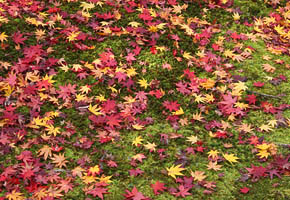 |
Hogoin TempleHogoin Temple is a small temple near Tenryuji Temple in the Arashiyama. This temple is becoming well known for its beautiful colored leaves in Autumn. |
|||||||||||||||||||||||
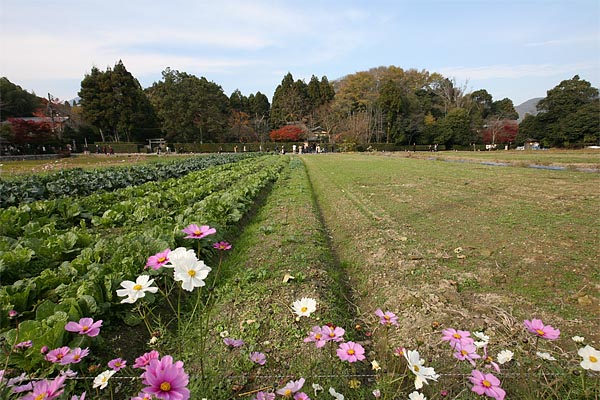 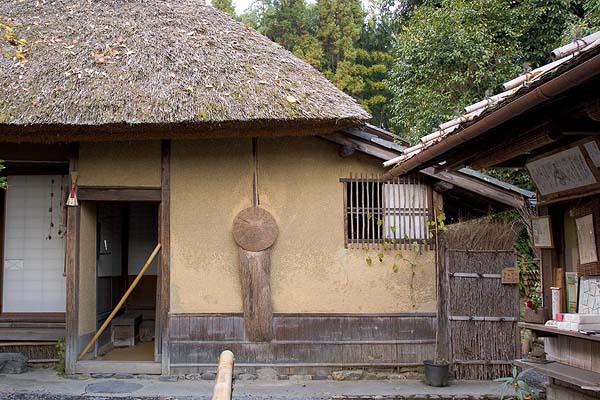 Rakushisya, Kyoto2005-11 (C) Seiji YoshimotoSagano around Rakushisya, Kyoto2007-11 (C) Seiji Yoshimoto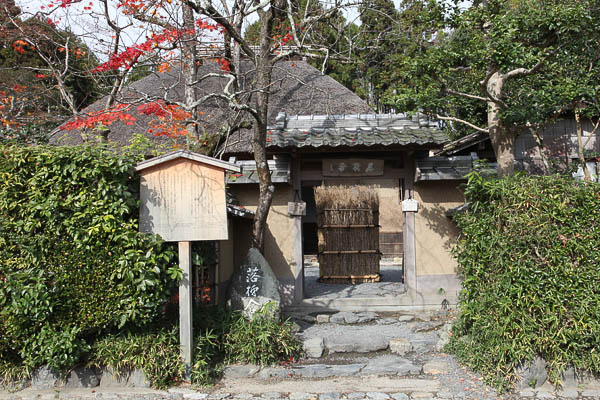 Rakushisya, Kyoto2010-11 (C) Seiji Yoshimoto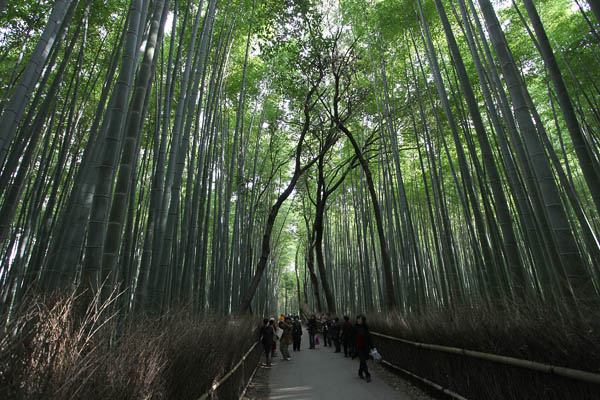 Chikurin, Kyoto2010-11 (C) Seiji Yoshimoto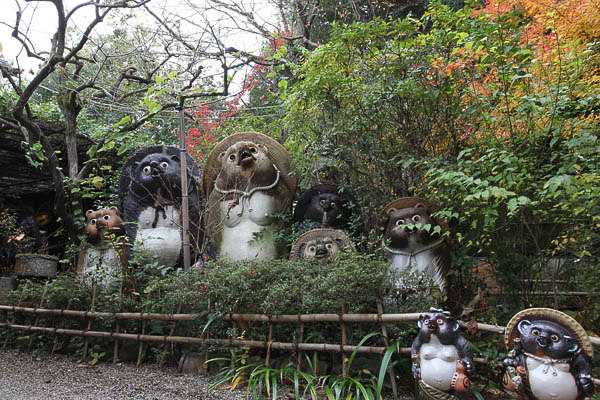 At Nonomiyajinjya, Kyoto2007-11 (C) Seiji Yoshimoto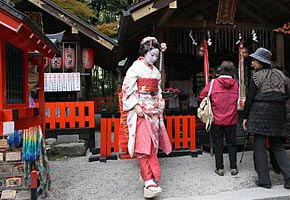 Shigarakiyaki, Kyoto2010-11 (C) Seiji YoshimotoShigarakiyaki, Kyoto2007-11 (C) Seiji Yoshimoto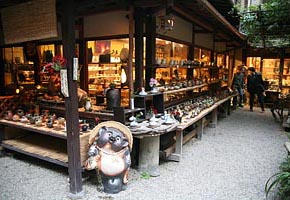 Shigarakiyaki, Kyoto2006-11 (C) Seiji Yoshimoto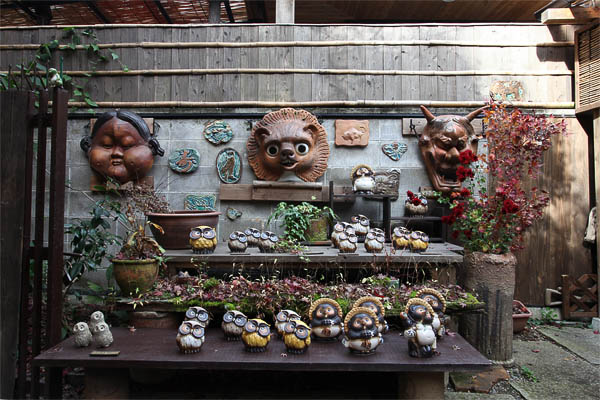 Shigarakiyaki, Kyoto2010-11 (C) Seiji Yoshimoto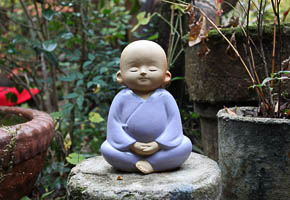 Shigarakiyaki, Kyoto2010-11 (C) Seiji Yoshimoto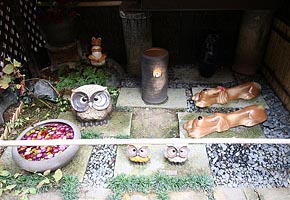 |
SaganoSeveral small temples are scattered along the feet of the mountains in a area called Sagano. Temples such as Jyojyakoji, Nisonin and Gioji are beautiful in Autumn. Rakushisha was a residence of Kyorai Mukai, an 18th century poet. |
|||||||||||||||||||||||
Taho-to, Jojyakkoji Temple, Kyoto2010-11 (C) Seiji Yoshimoto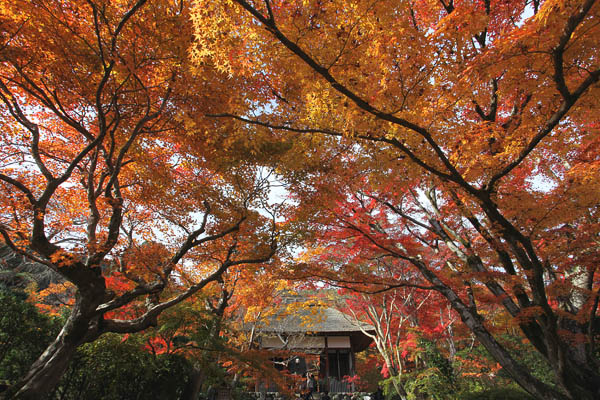 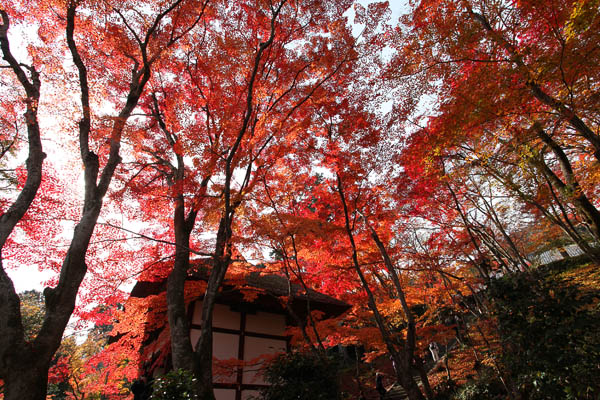 Jojyakkoji Temple, Kyoto2010-11 (C) Seiji YoshimotoNio-mon Gate, Jojyakkoji Temple, Kyoto2010-11 (C) Seiji Yoshimoto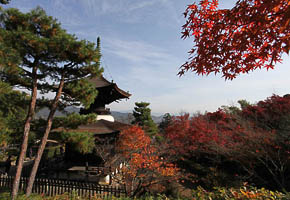 Nio-mon Gate, Jojyakkoji Temple, Kyoto2006-11 (C) Seiji YoshimotoJojyakkoji Temple, Kyoto2007-11 (C) Seiji Yoshimoto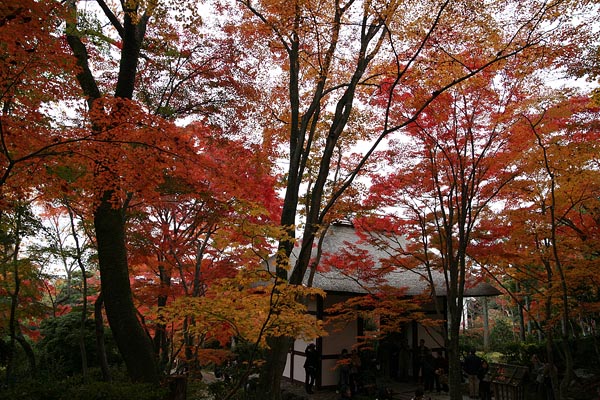 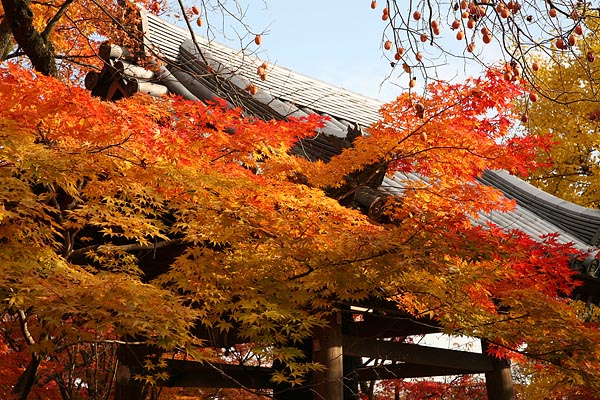 Jojyakkoji Temple, Kyoto2007-11 (C) Seiji Yoshimoto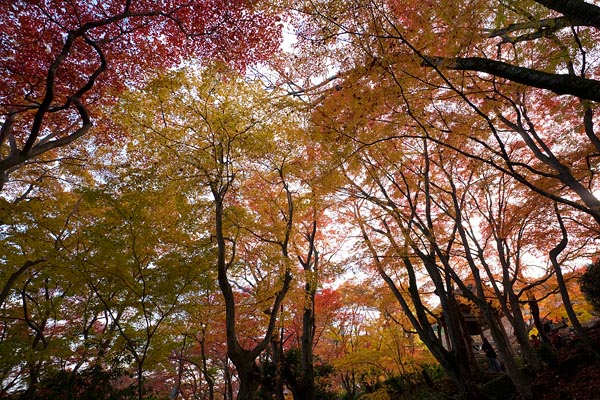 |
Jojakkoji Templewas founded in 1596 by Nisshin as the place for his seclusion. The temple is built on the slope of a hill and is extremely beautiful in autumn. |
|||||||||||||||||||||||
Nisonin Temple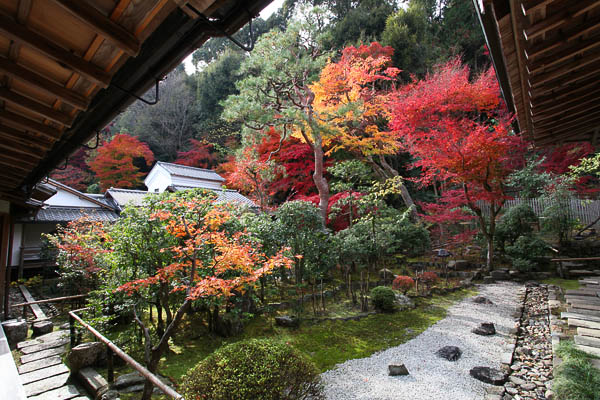 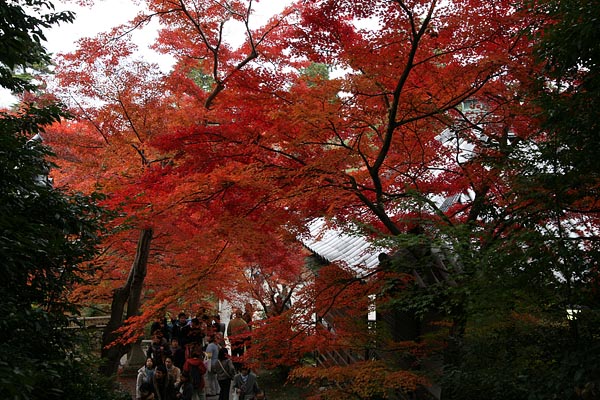 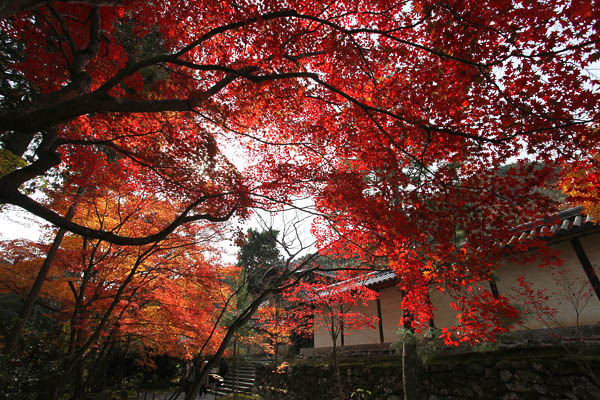 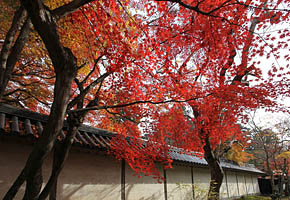 Gioji Temple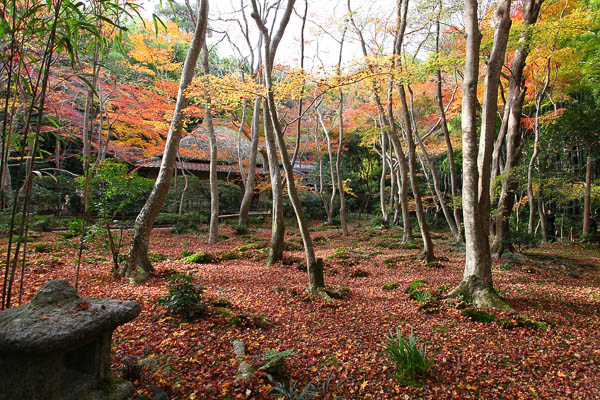 Houkyoin TempleNisonin Temple, Kyoto2006-11 (C) Seiji YoshimotoNisonin Temple, Kyoto2010-11 (C) Seiji YoshimotoNisonin Temple, Kyoto2010-11 (C) Seiji YoshimotoNisonin Temple, Kyoto2010-11 (C) Seiji Yoshimoto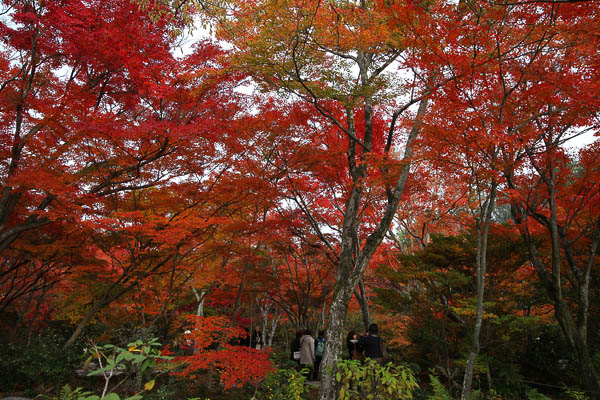 Houkyoin Temple, Kyoto2010-11 (C) Seiji YoshimotoHoukyoin Temple, Kyoto2010-11 (C) Seiji Yoshimoto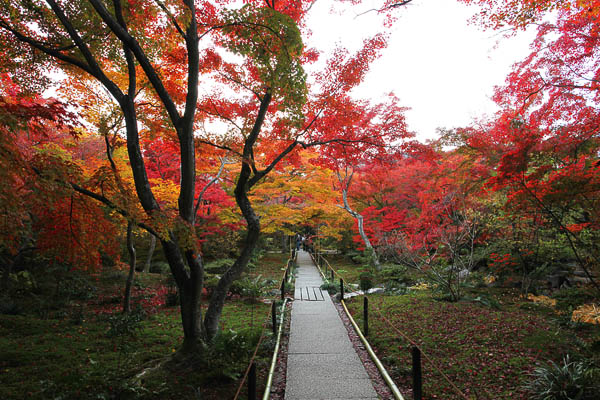 |
Houkyoin Templeis a small temple of Rinzai sect founded in 11th century. Nisonin Templewas founded in 834 by Jikaku Daishi according to the wish of Emperor Saga. The temple is famous for twin of Shaka and Amida. Gioji Templeis the retreat originally used by two discarded concubines (Gio ahd Hotokegozen) of Taira Kiyomori in the late Heian period. The temple is a Shingon Buddhism nunnery with a small thatched building and an small moss garden. |
|||||||||||||||||||||||
Adashino Nenbutsu-ji Temple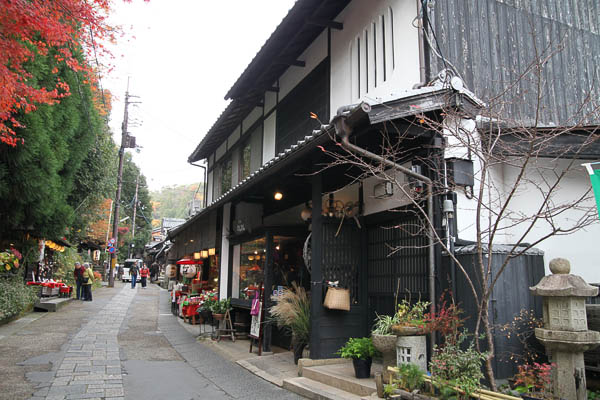 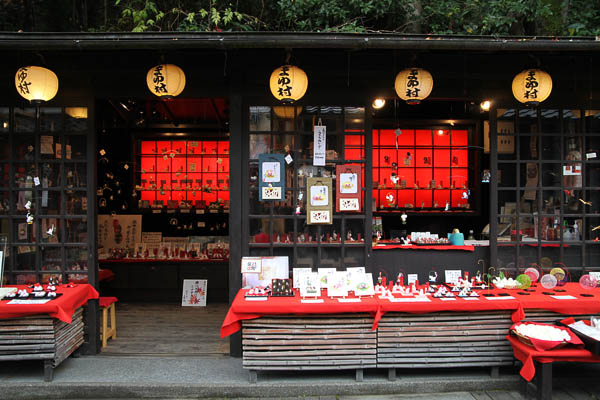 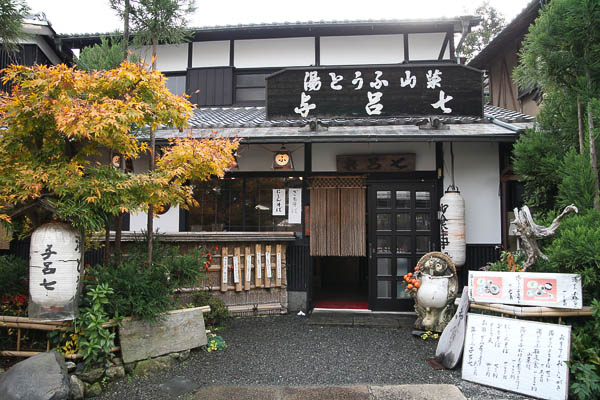 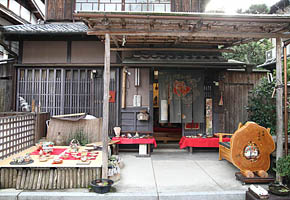 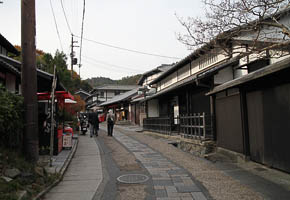 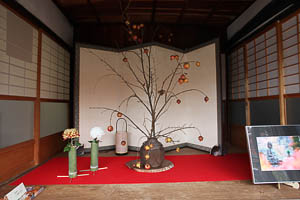 Adashino Nenbutsu-ji Temple, Kyoto2010-11 (C) Seiji YoshimotoAdashino Nenbutsu-ji Temple, Kyoto2010-11 (C) Seiji YoshimotoAdashino Nenbutsu-ji Temple, Kyoto2010-11 (C) Seiji Yoshimoto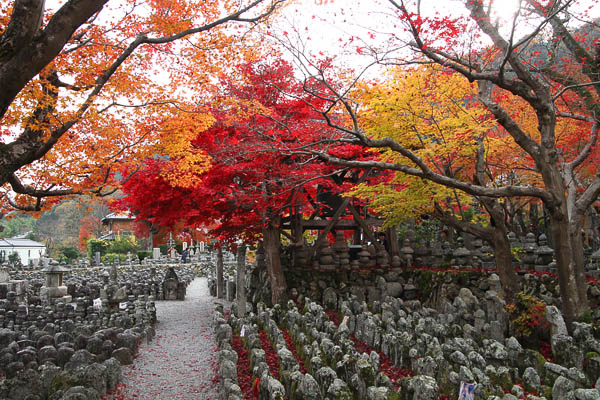 Adashino Nenbutsu-ji Temple, Kyoto2010-11 (C) Seiji YoshimotoAdashino Nenbutsu-ji Temple, Kyoto2010-11 (C) Seiji Yoshimoto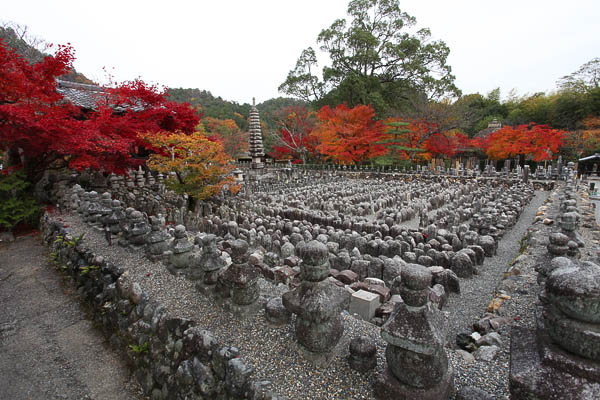 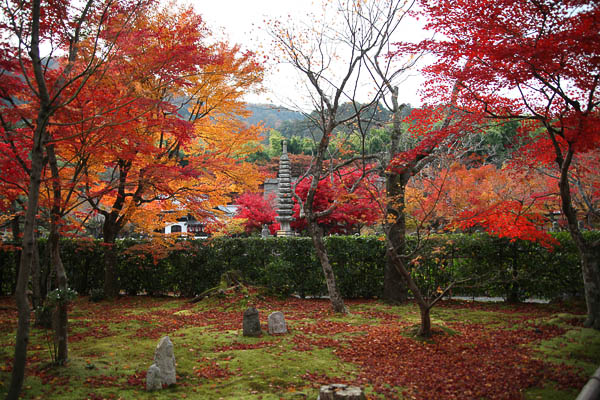 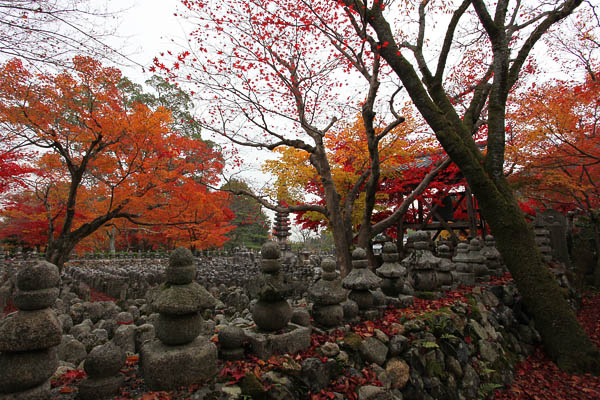 On the way to Adashino Nenbutsu-ji Temple, Kyoto2010-11 (C) Seiji YoshimotoOn the way to Adashino Nenbutsu-ji Temple, Kyoto2010-11 (C) Seiji YoshimotoOn the way to Adashino Nenbutsu-ji Temple, Kyoto2010-11 (C) Seiji YoshimotoOn the way to Adashino Nenbutsu-ji Temple, Kyoto2010-11 (C) Seiji YoshimotoOn the way to Adashino Nenbutsu-ji Temple, Kyoto2010-11 (C) Seiji Yoshimoto |
Adashino Nenbutsu-ji Templeis founded by Kobo Daishi to honour anonymous dead souls in 811, then Honen altered to present Nenbutsuji . About eight thousand Buddhism statuettes scattering around Adashino were collected in the temple to memorialize the souls of the dead.
|
|||||||||||||||||||||||
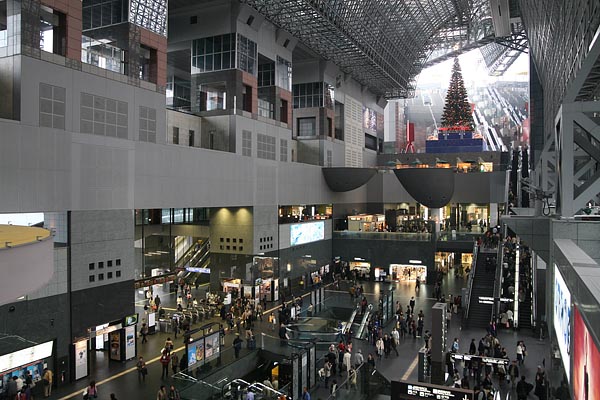 Kyoto Station2006-11 (C) Seiji Yoshimoto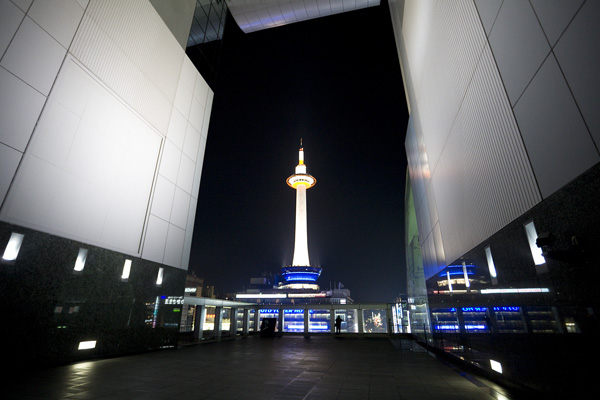 Kyoto Tower viewed from Kyoto Station2007-11 (C) Seiji Yoshimoto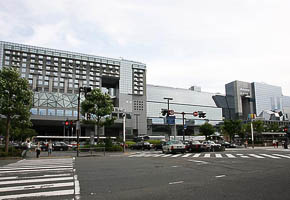 Kyoto Station2008-06 (C) Seiji Yoshimoto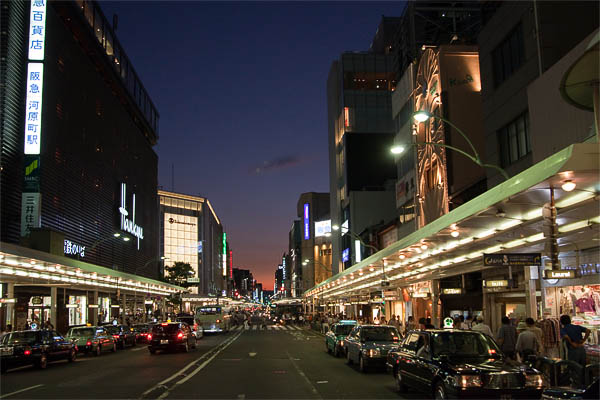 Shijyo-Kawaramachi2009-09 (C) Seiji Yoshimoto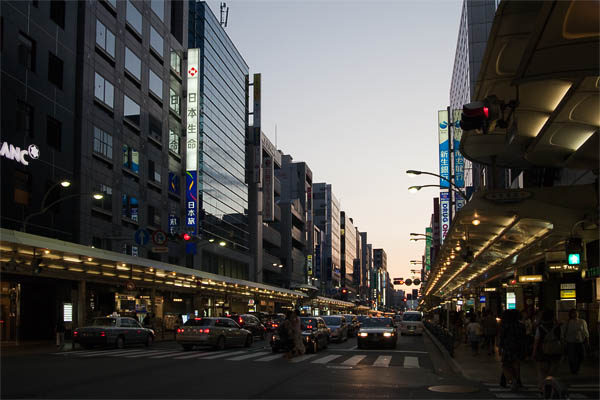 Shijyo-Kawaramachi2009-09 (C) Seiji Yoshimoto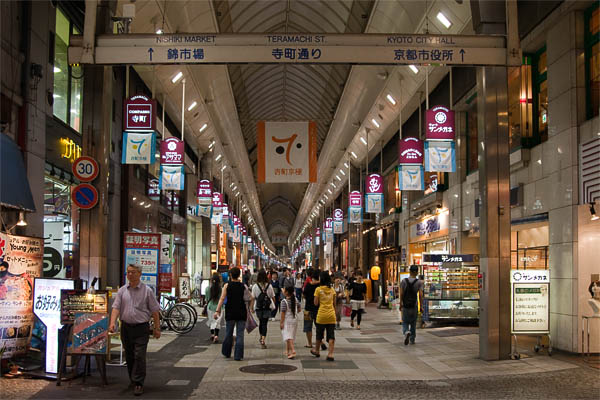 Teramachi Street2009-09 (C) Seiji YoshimotoCentral Part of Kyoto City viewd from Kyoto Tower toward Kitayama (north mountain)2009-09 (C) Seiji YoshimotoWestern Part of Kyoto City viewed from Kyoto Tower toward Nishiyama (west mountain)2009-09 (C) Seiji YoshimotoEast Mountain (Higashiyama) Feet of Kyoto City viewed from Kyoto Tower2008-06 (C) Seiji Yoshimoto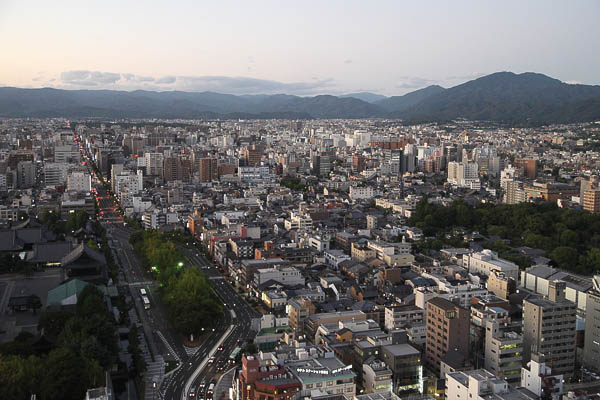 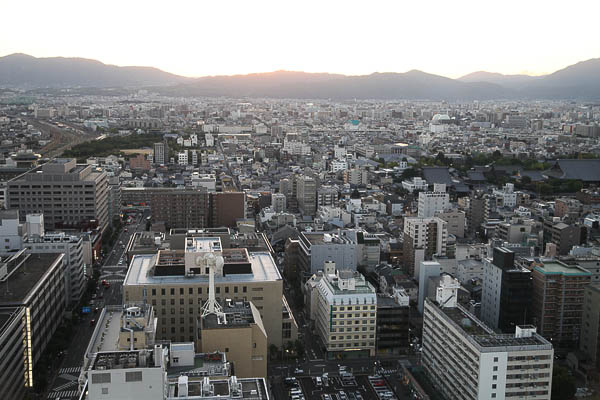 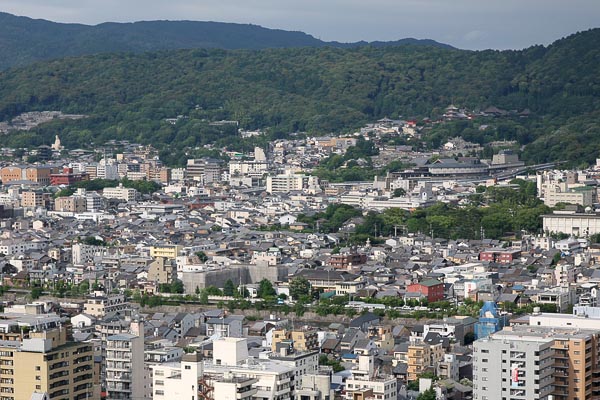 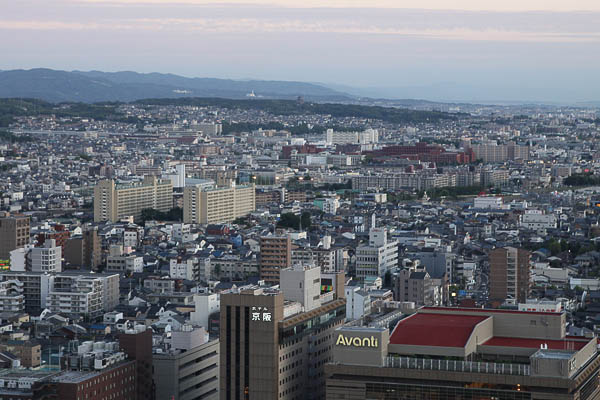 South Eastern Part of Kyoto City viewed from Kyoto Tower toward Fushimi2009-09 (C) Seiji Yoshimoto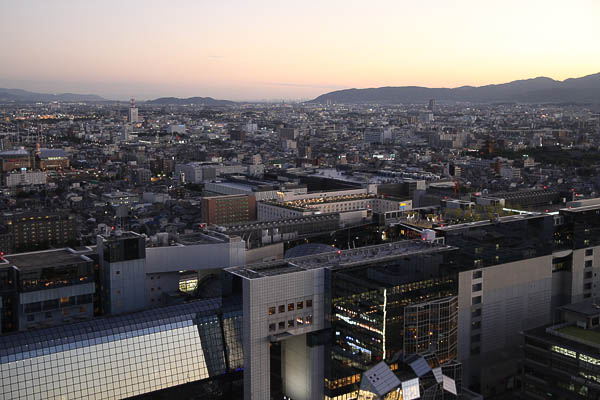 South Western Part of Kyoto City viewed from Kyoto Tower toward Osaka2009-09 (C) Seiji Yoshimoto |
Modern Part of Kyoto
|
|||||||||||||||||||||||
This is an experimental page being prepared for NPO InterCoS to introduce Kyoto.
|
||||||||||||||||||||||||

